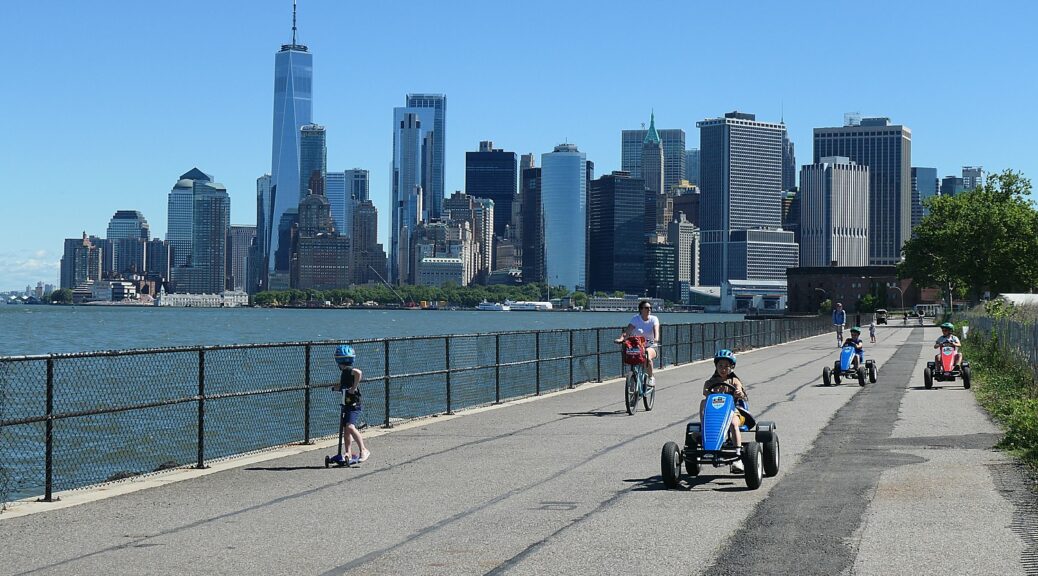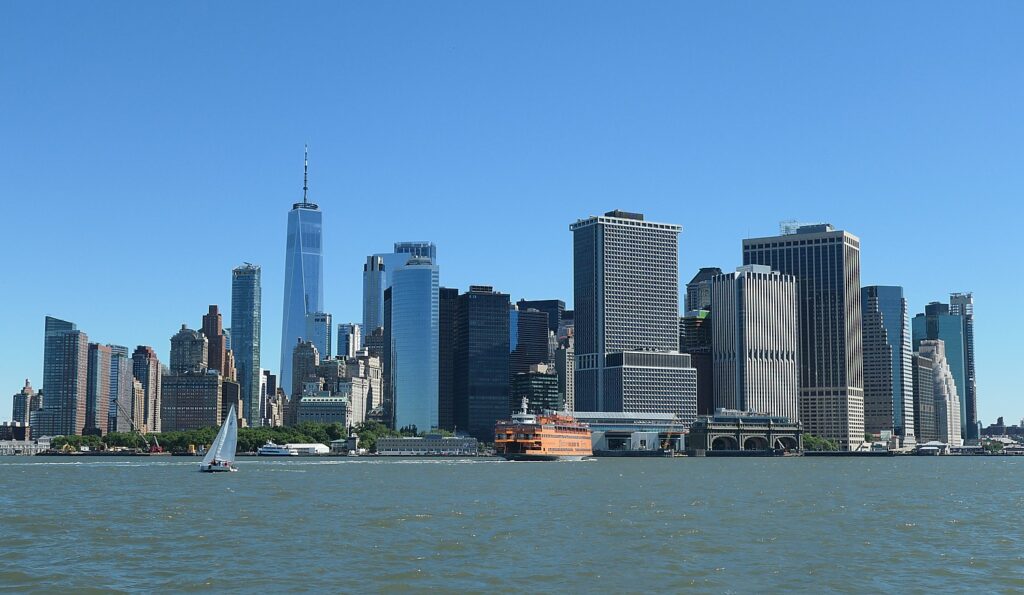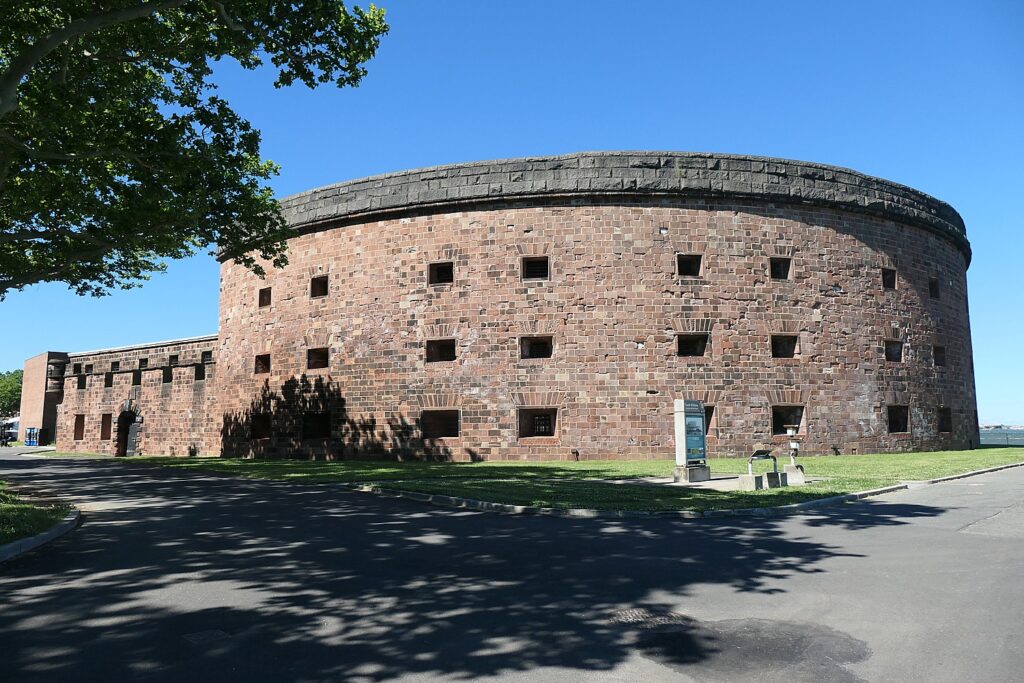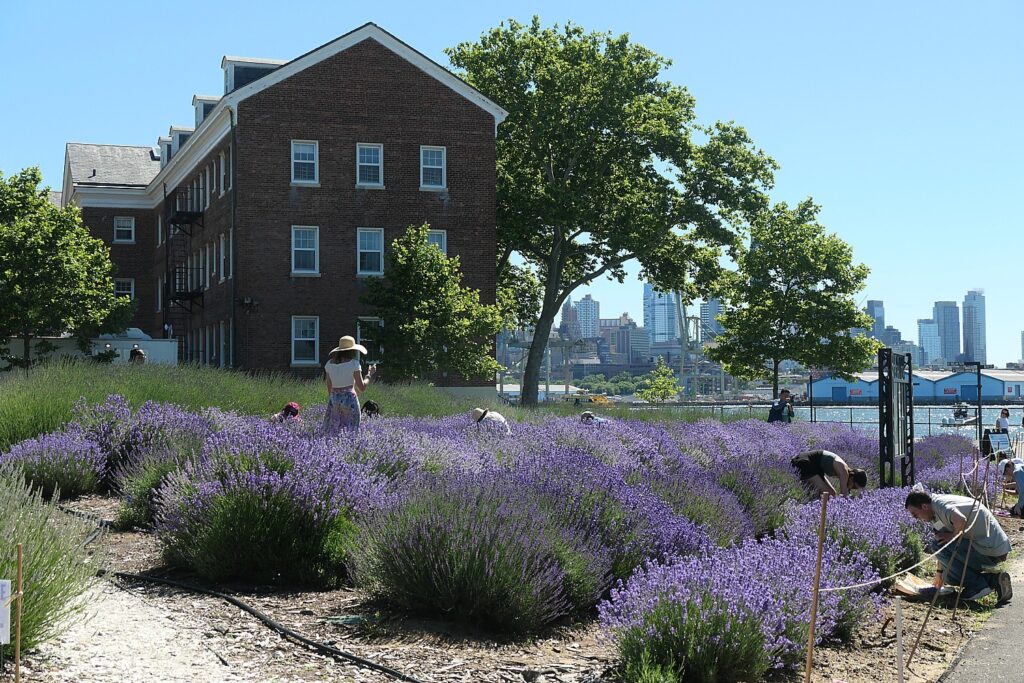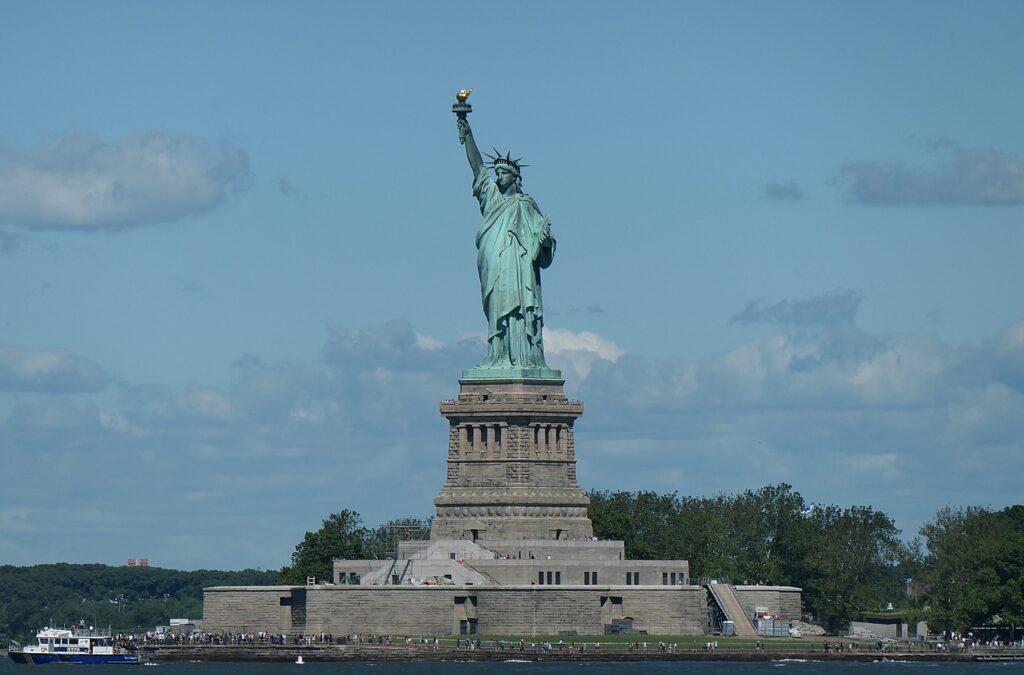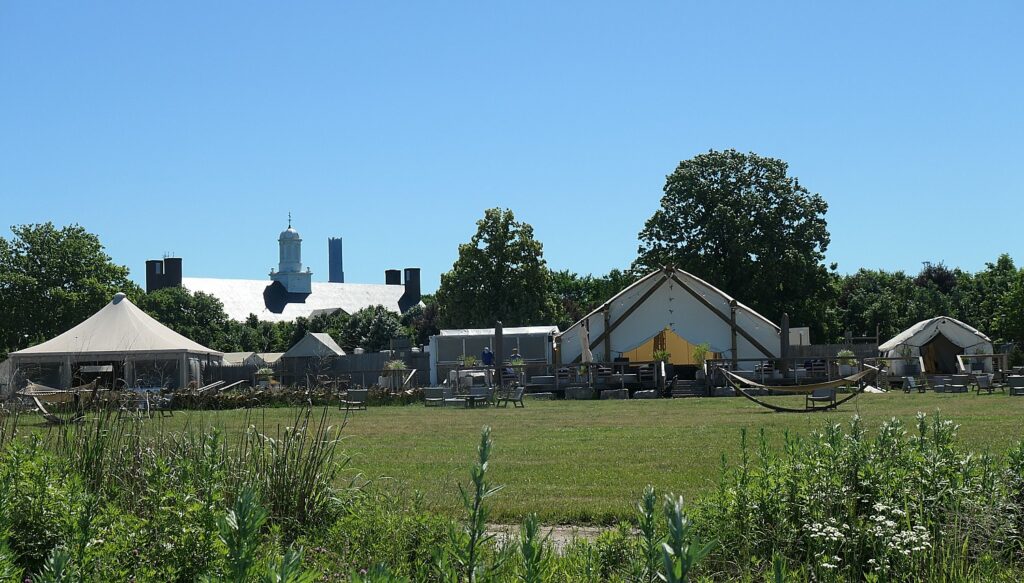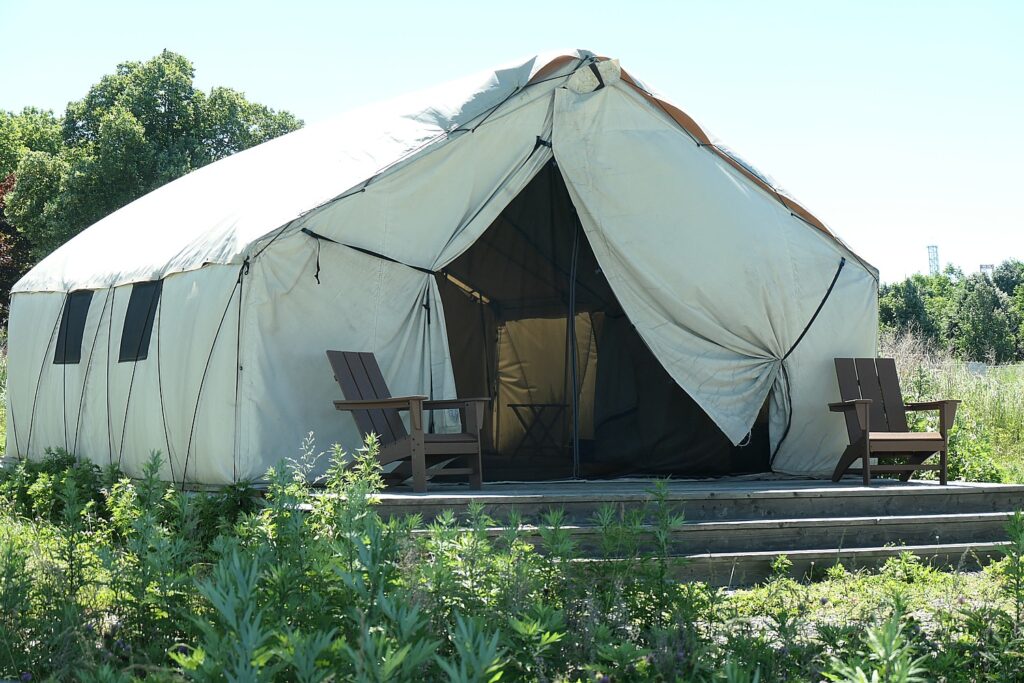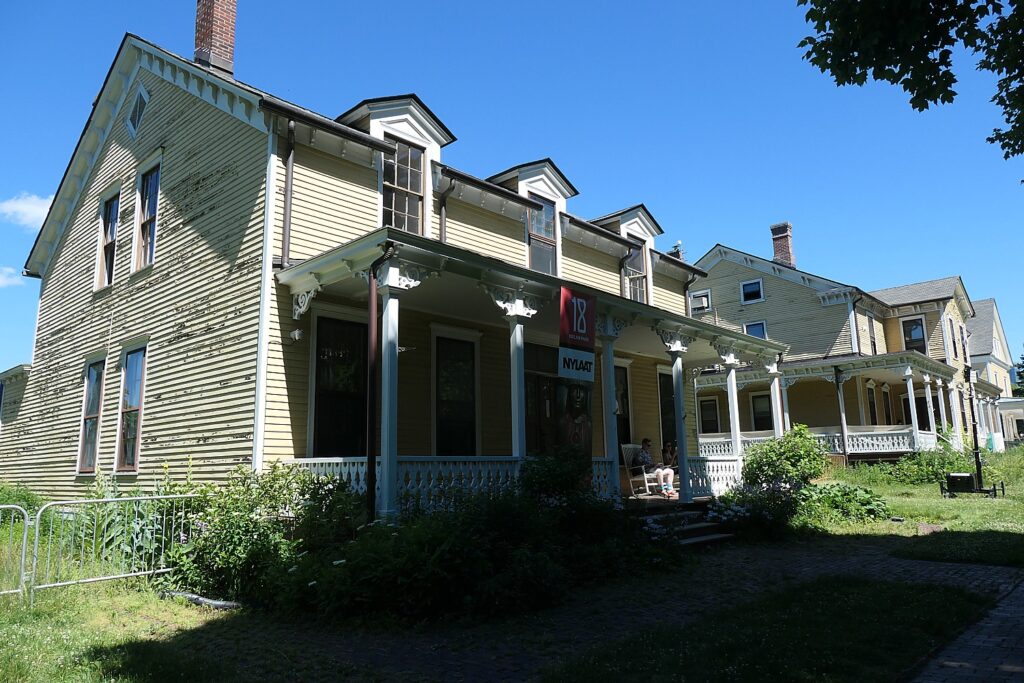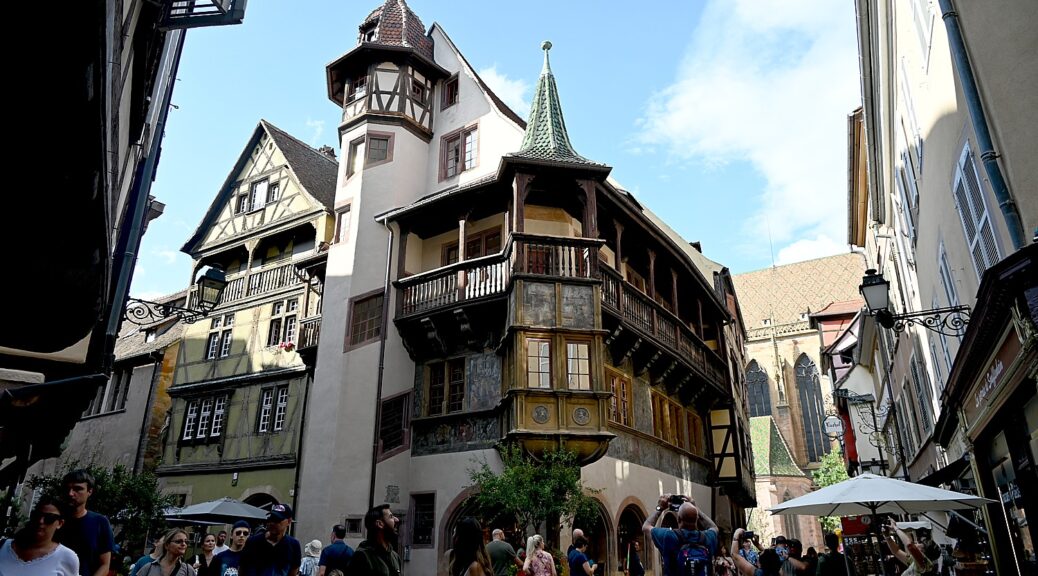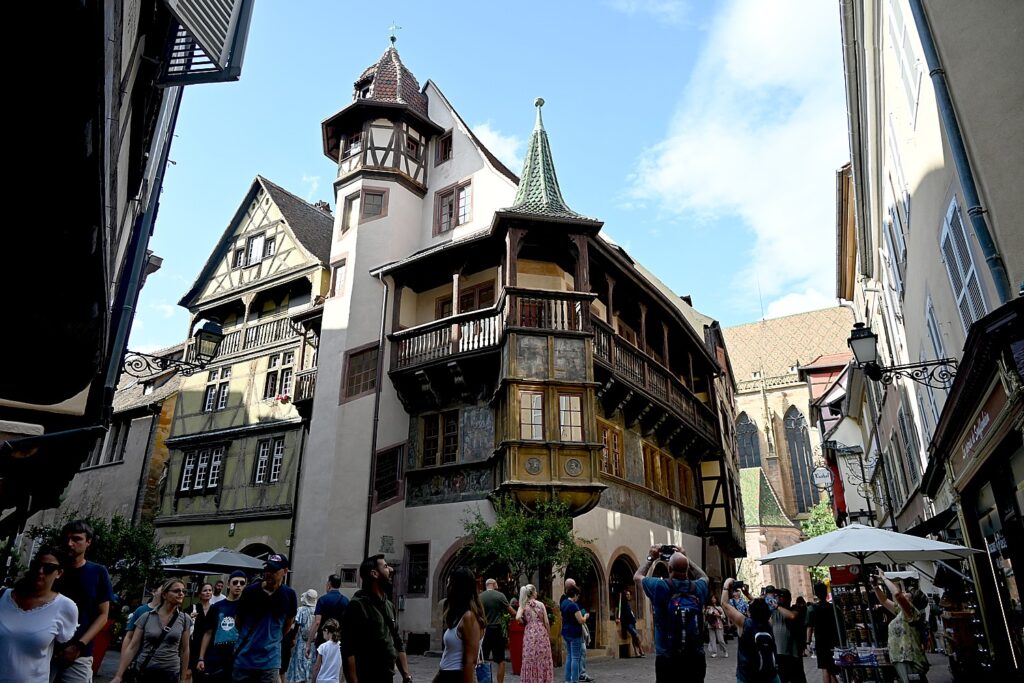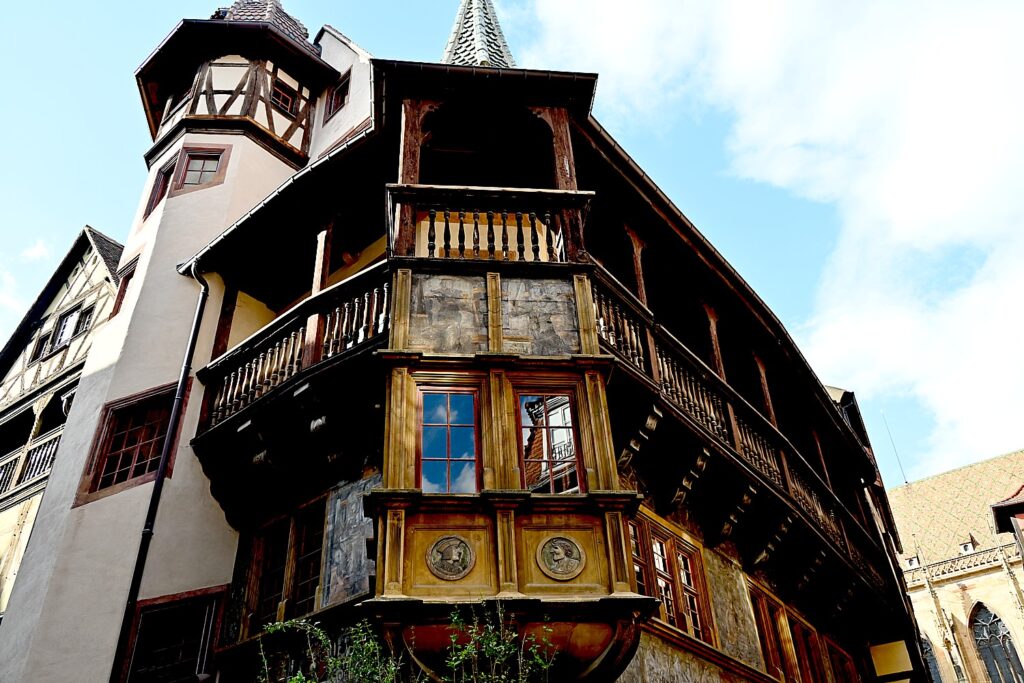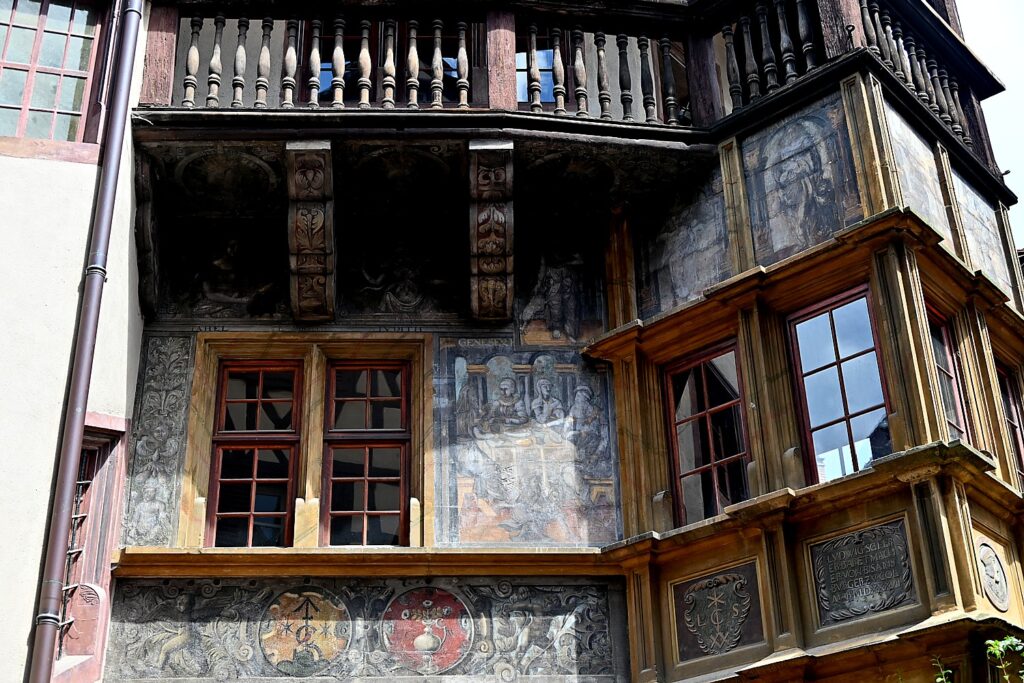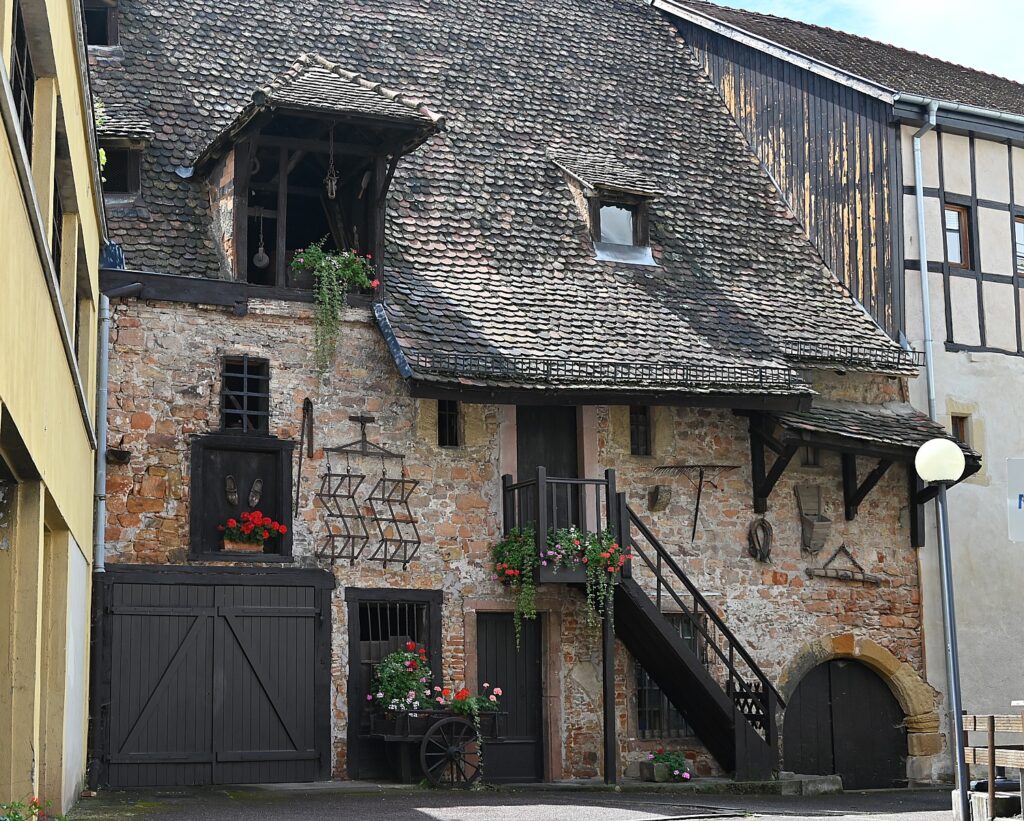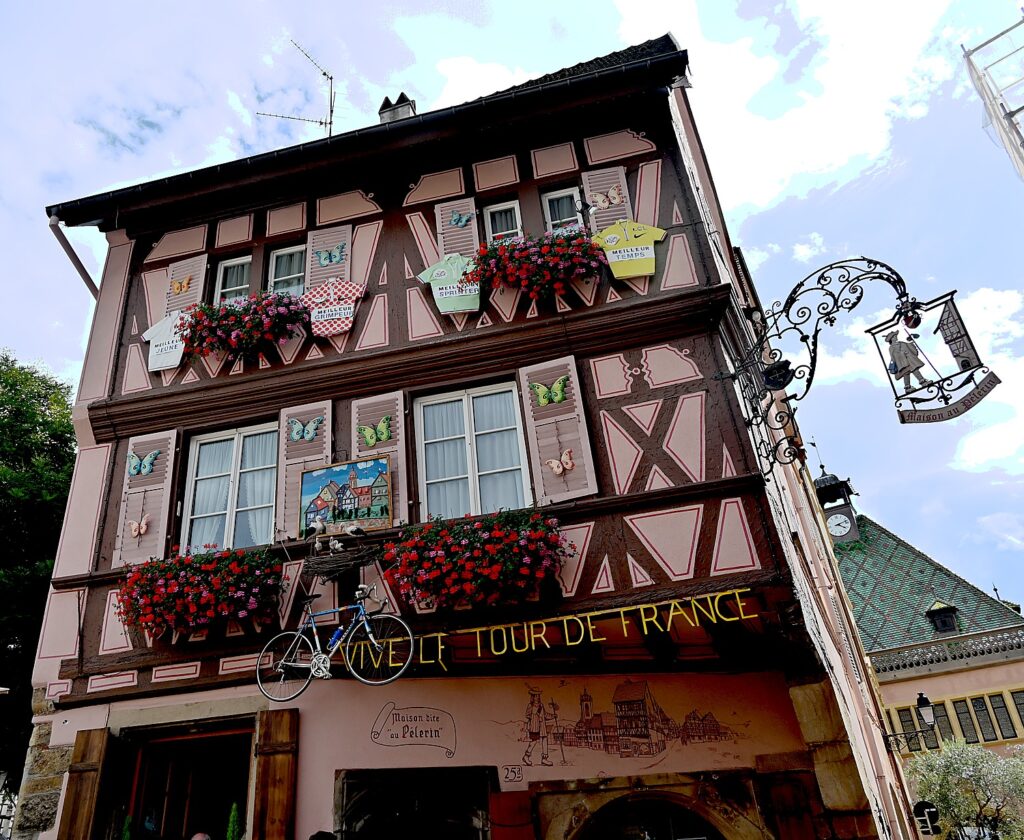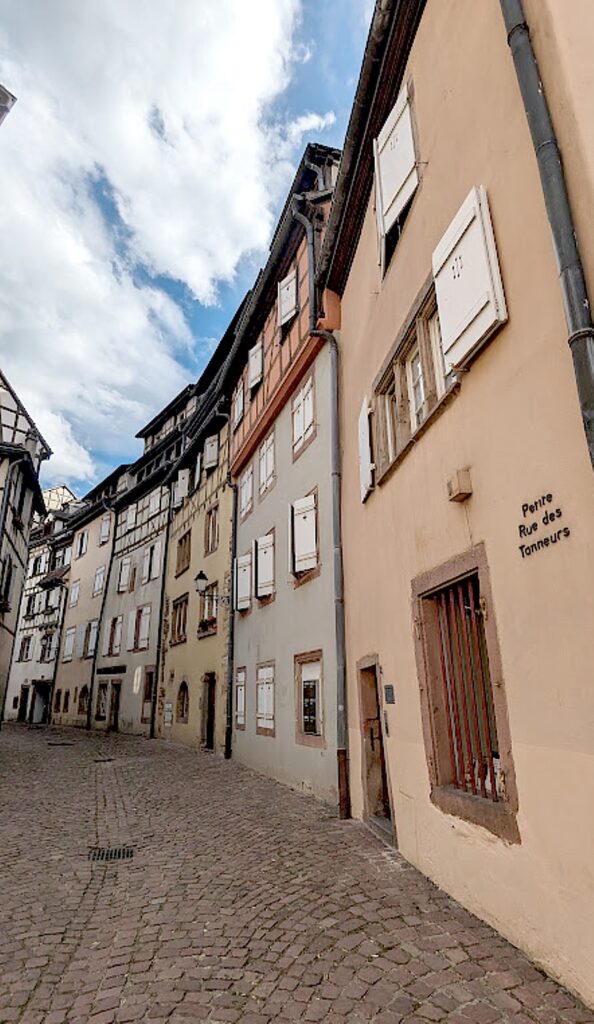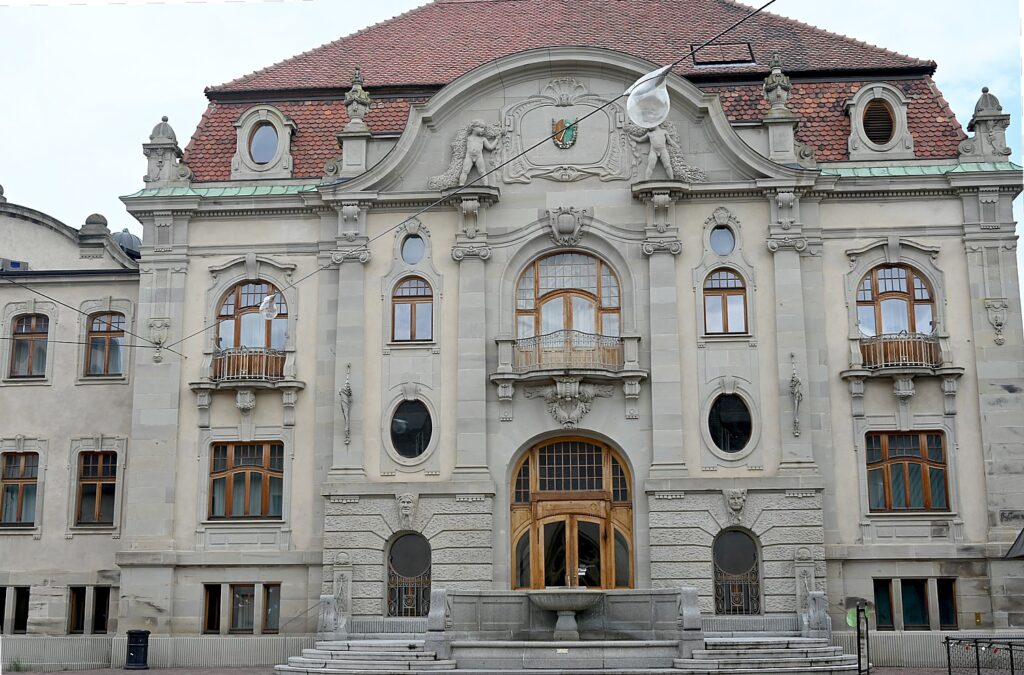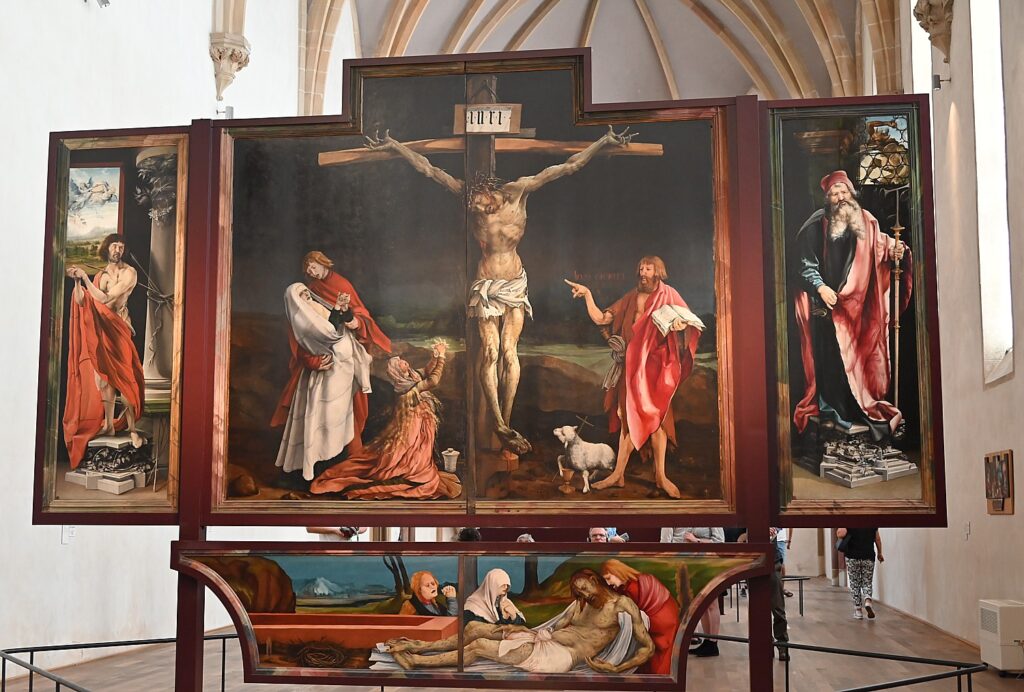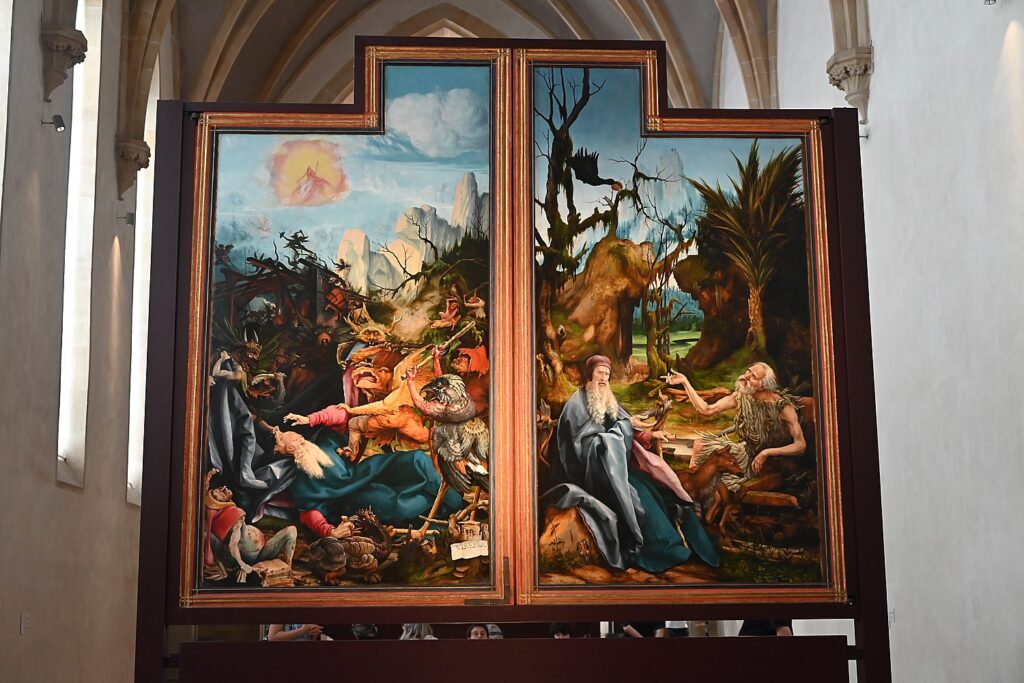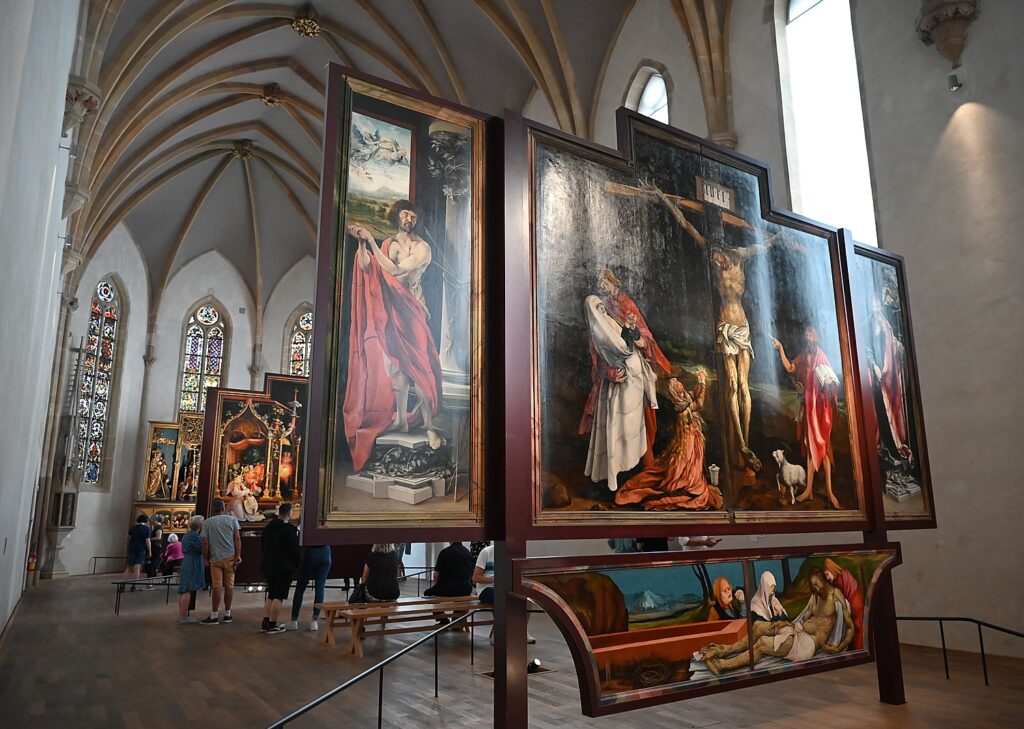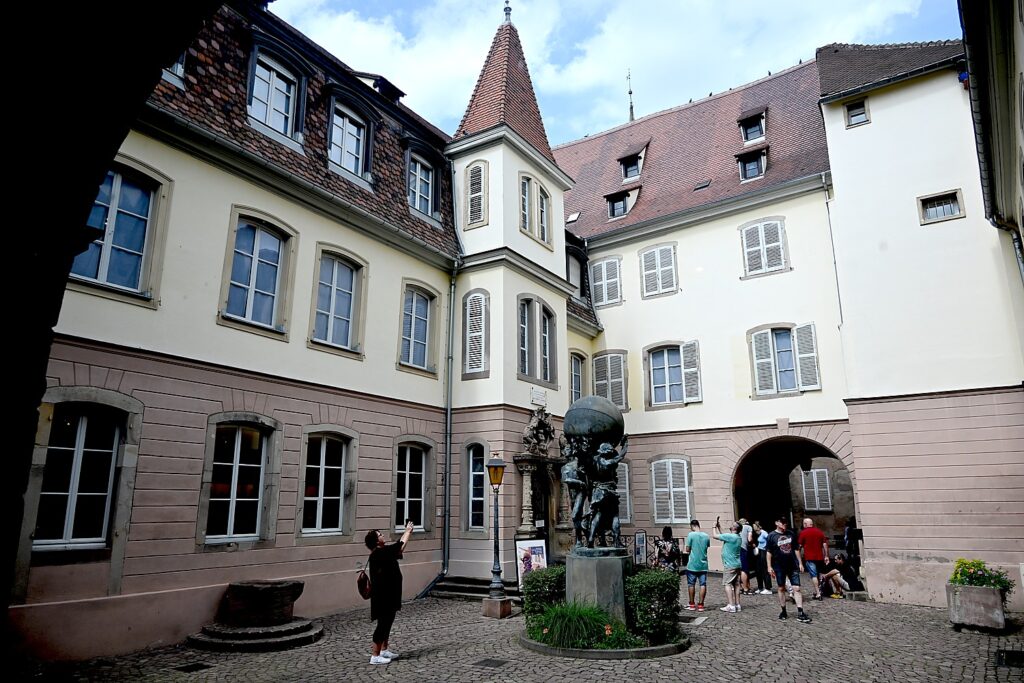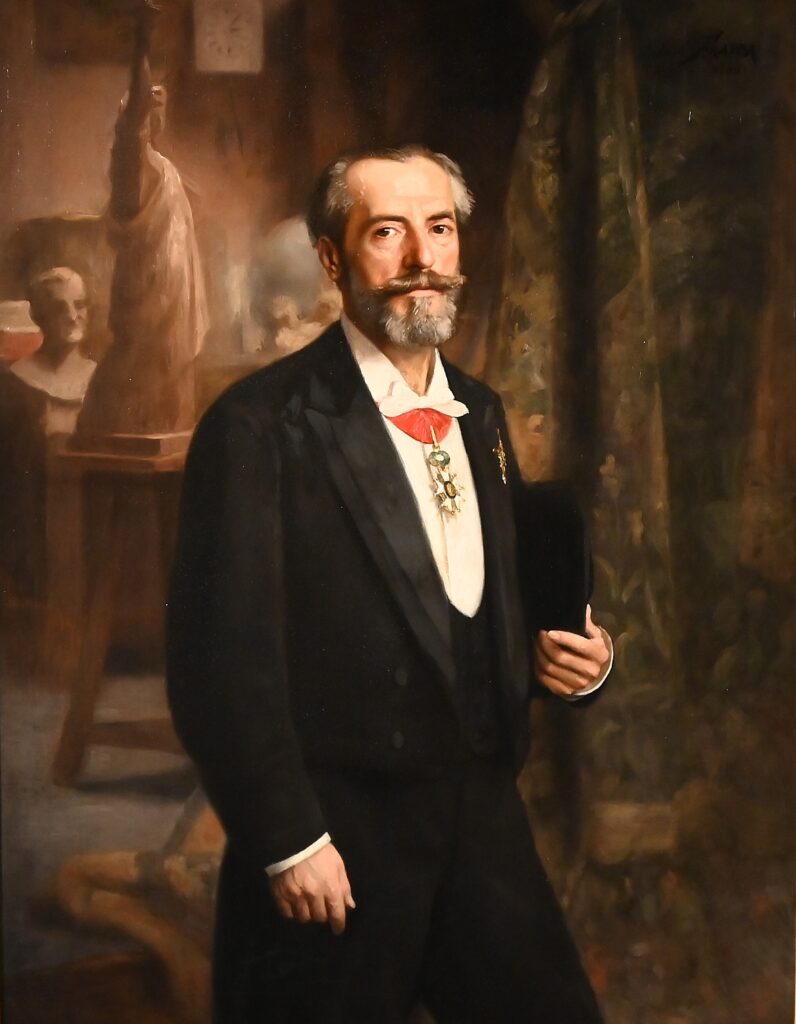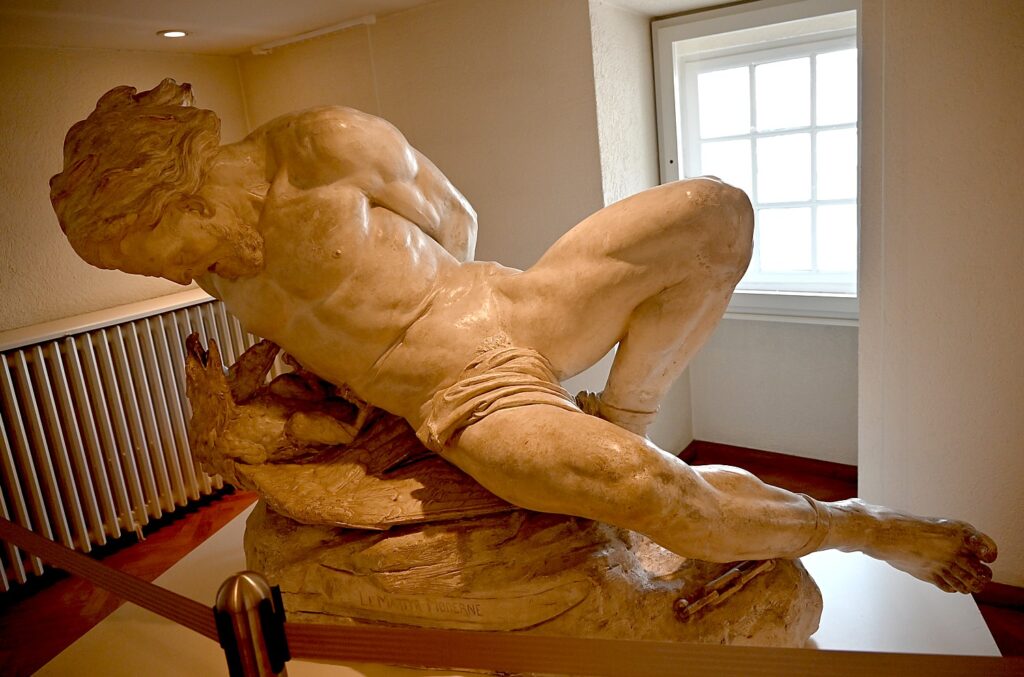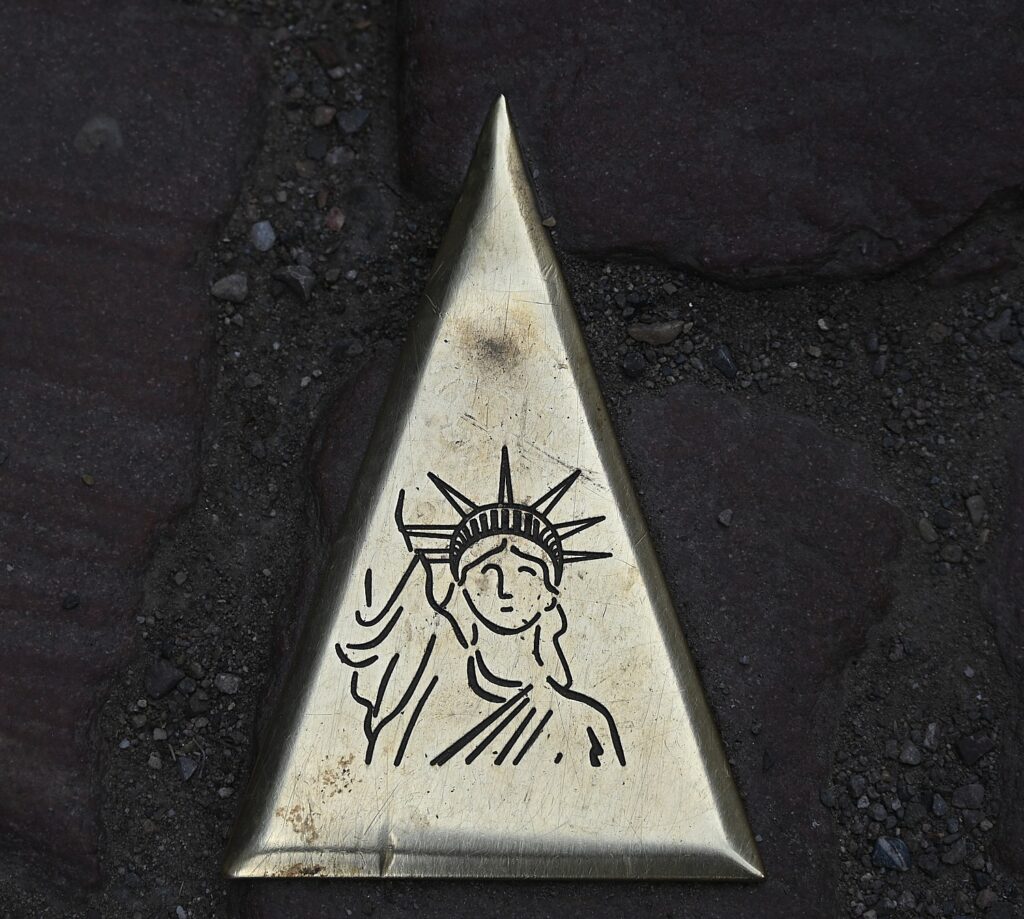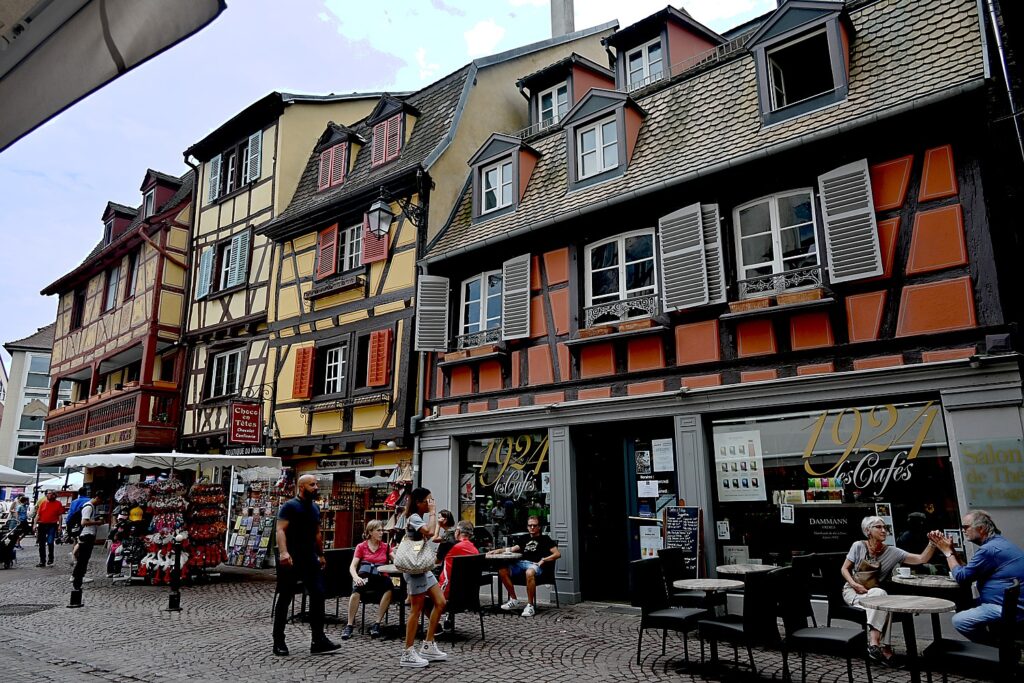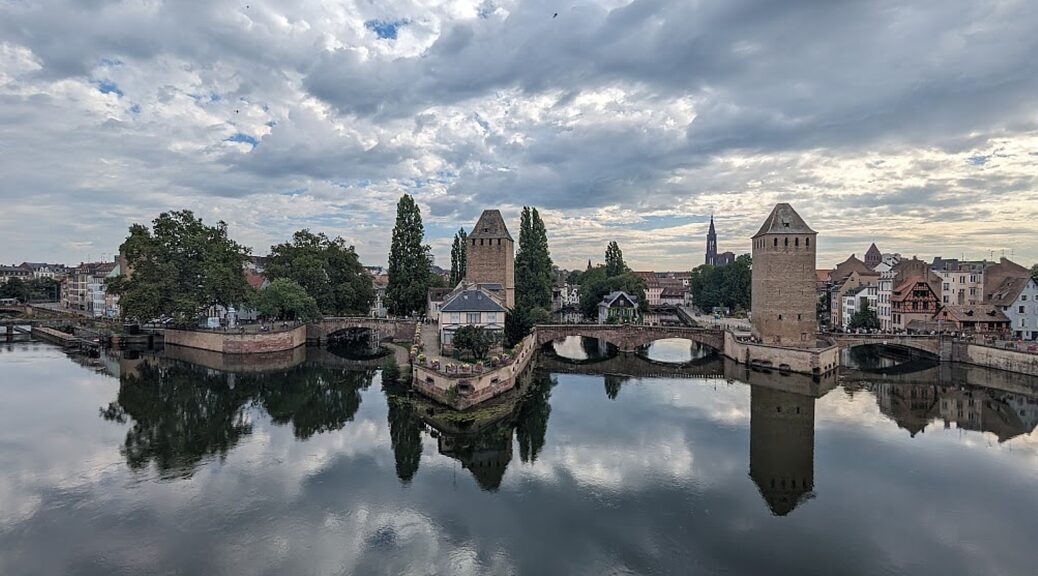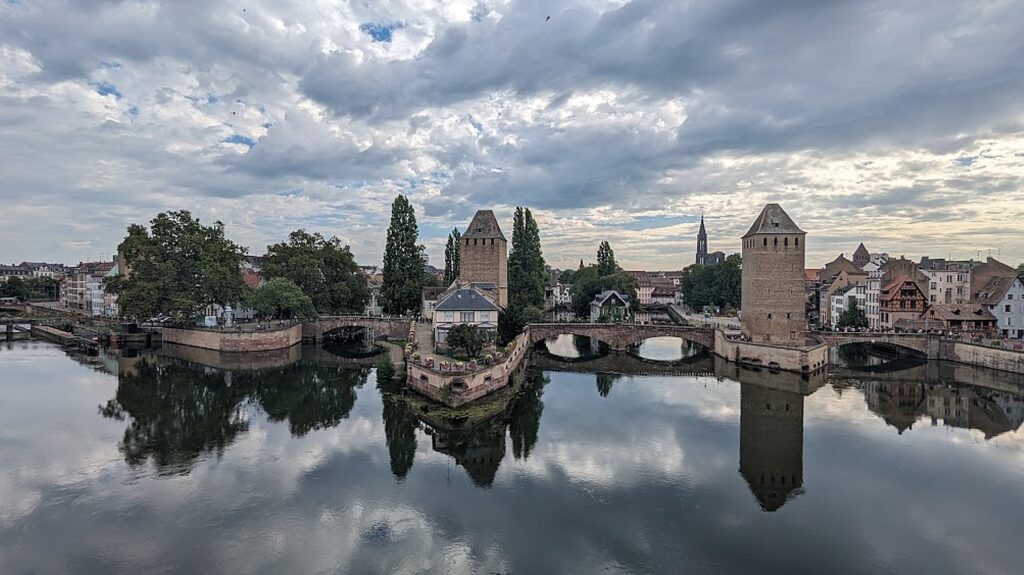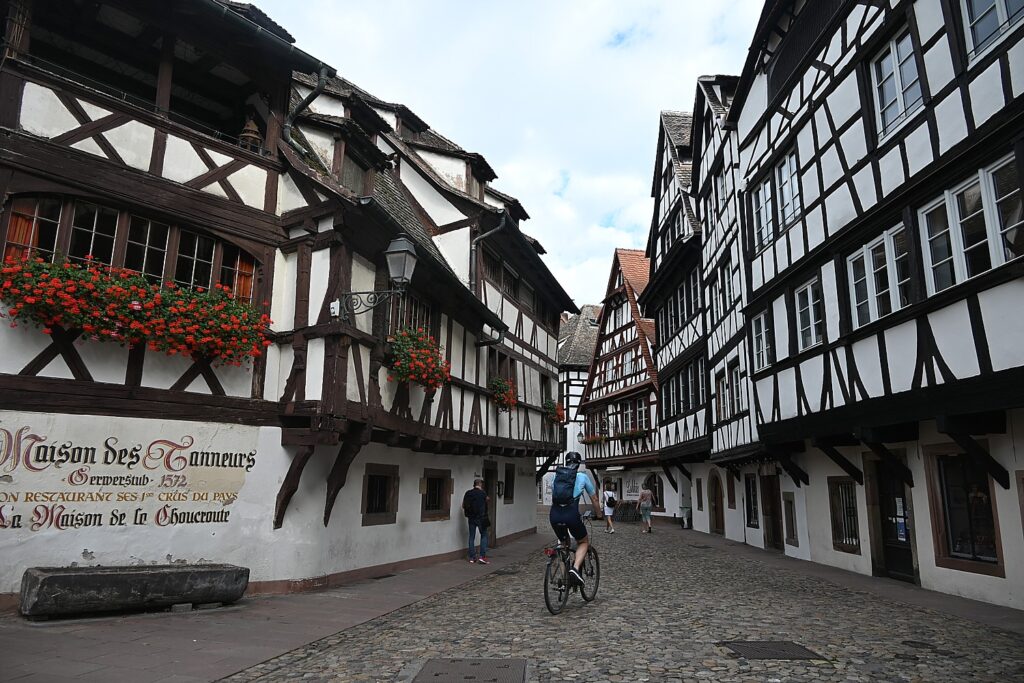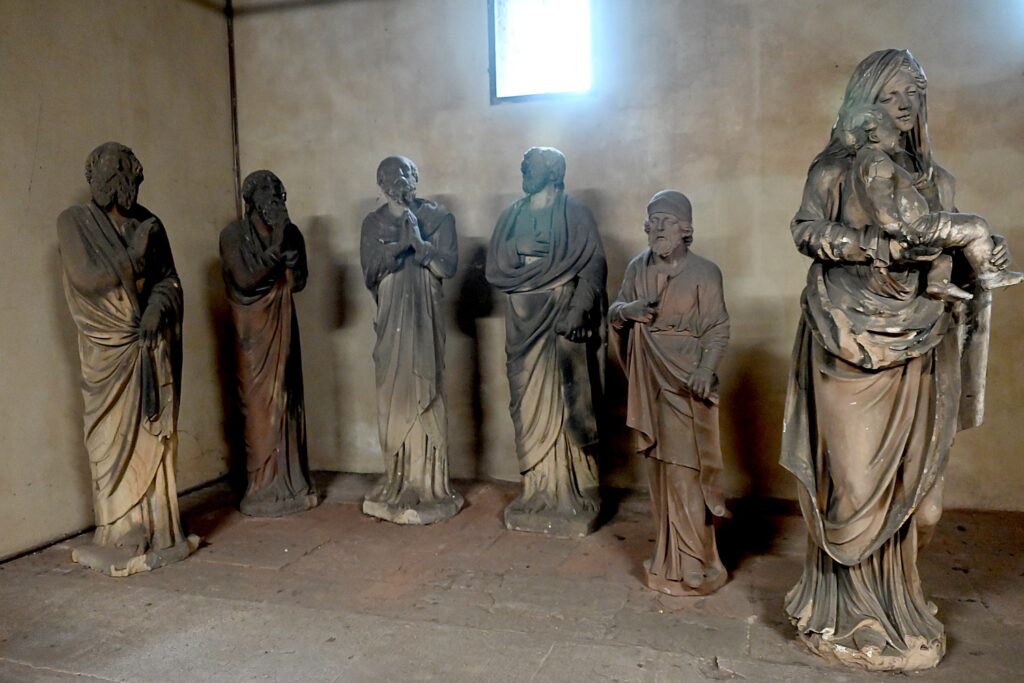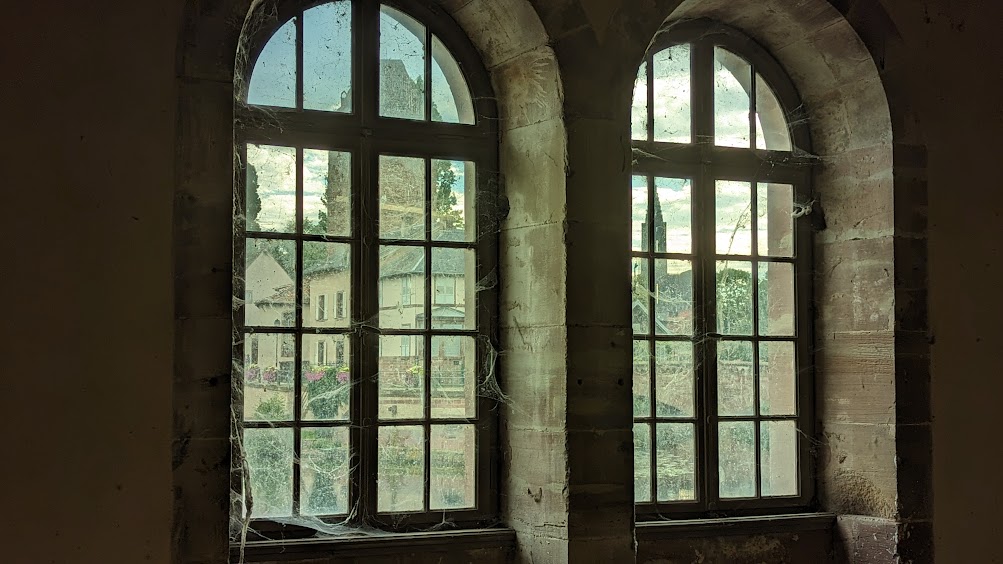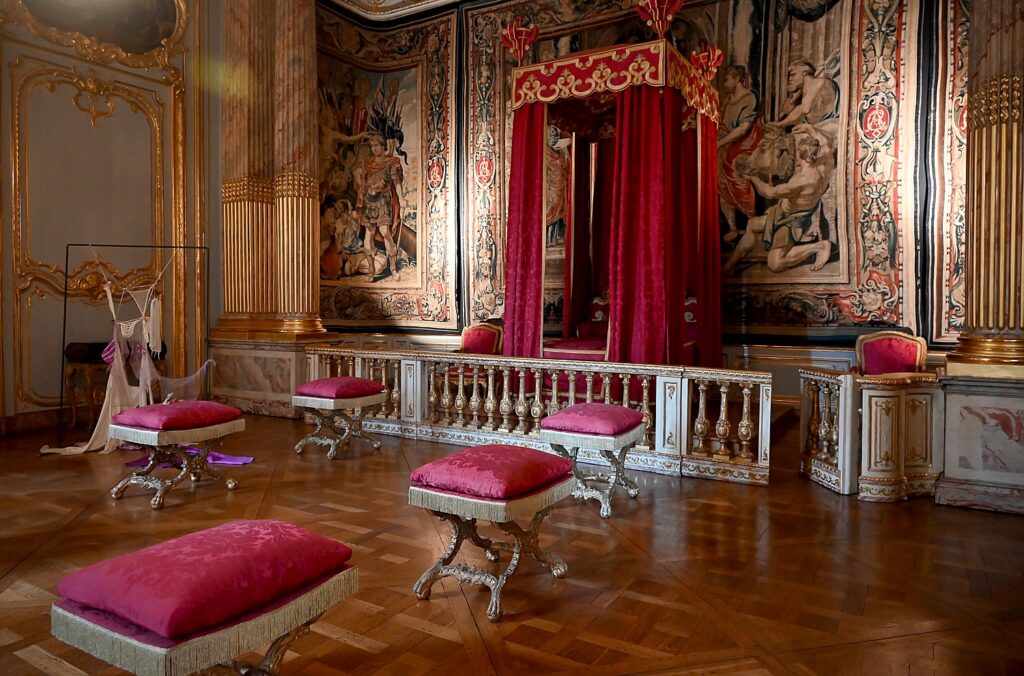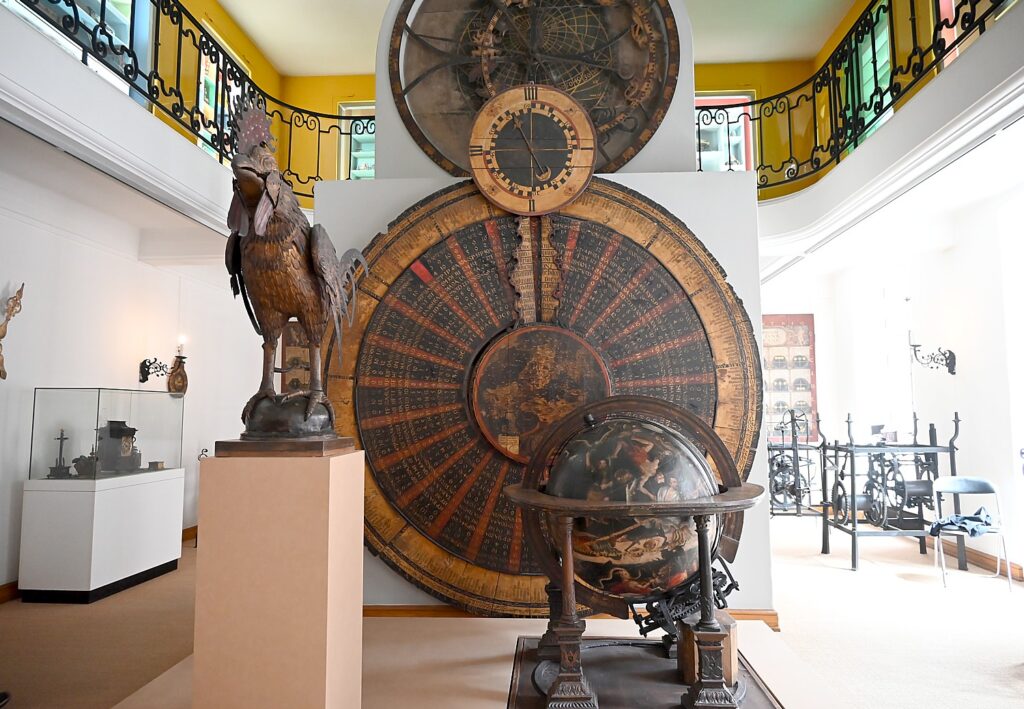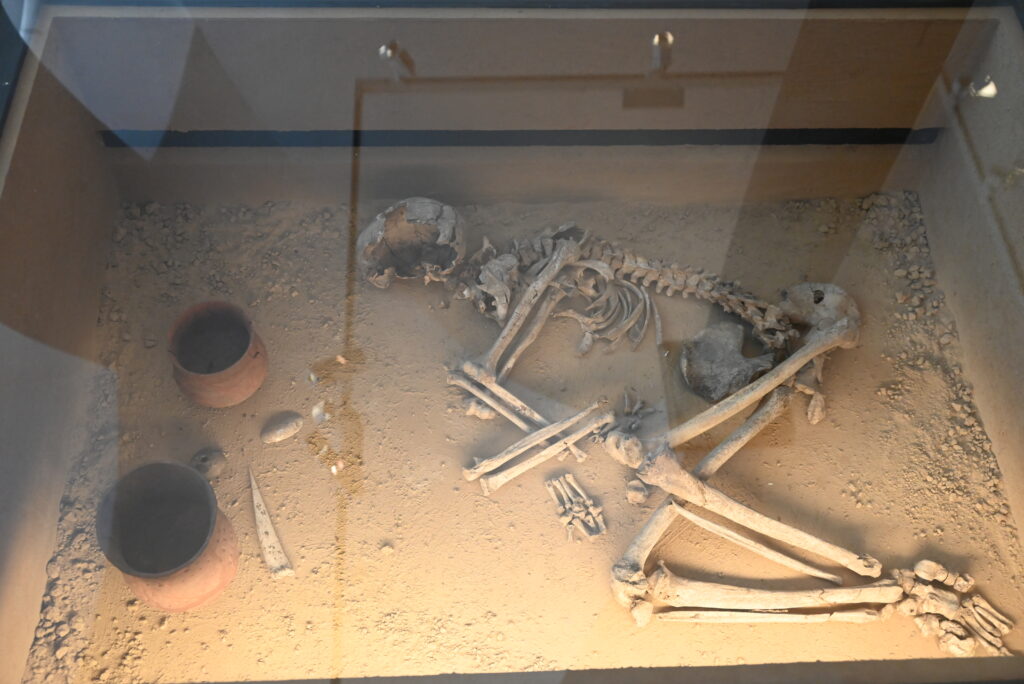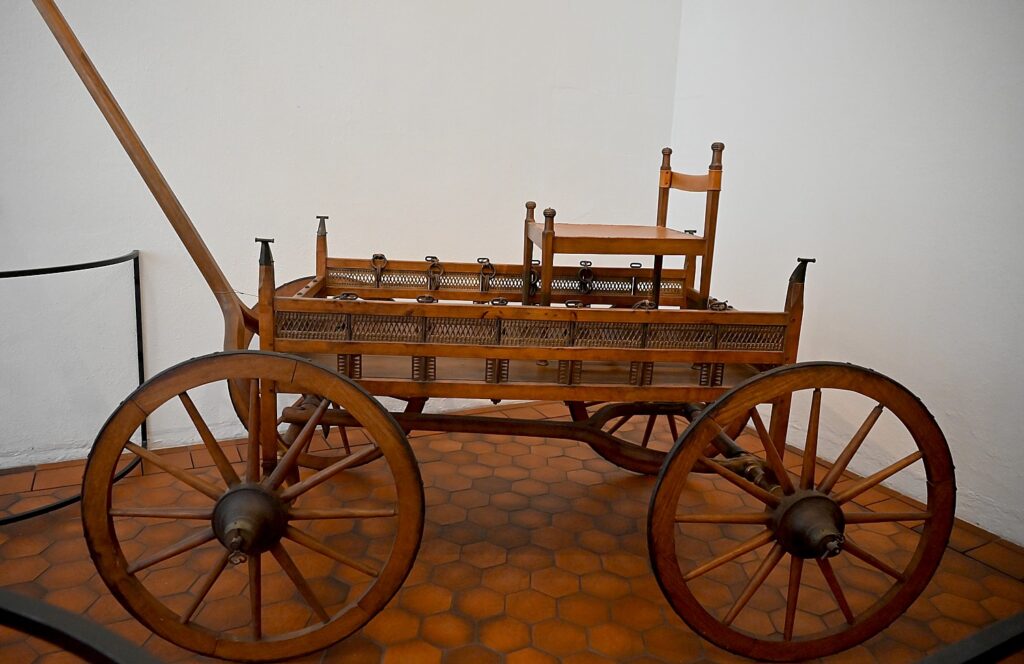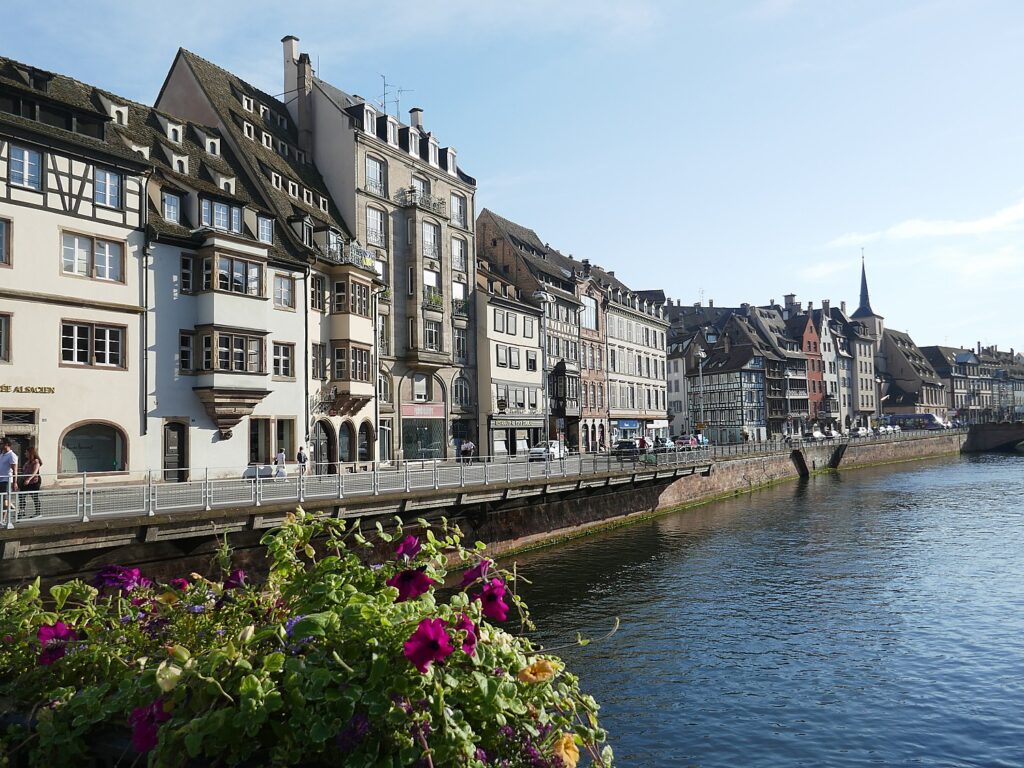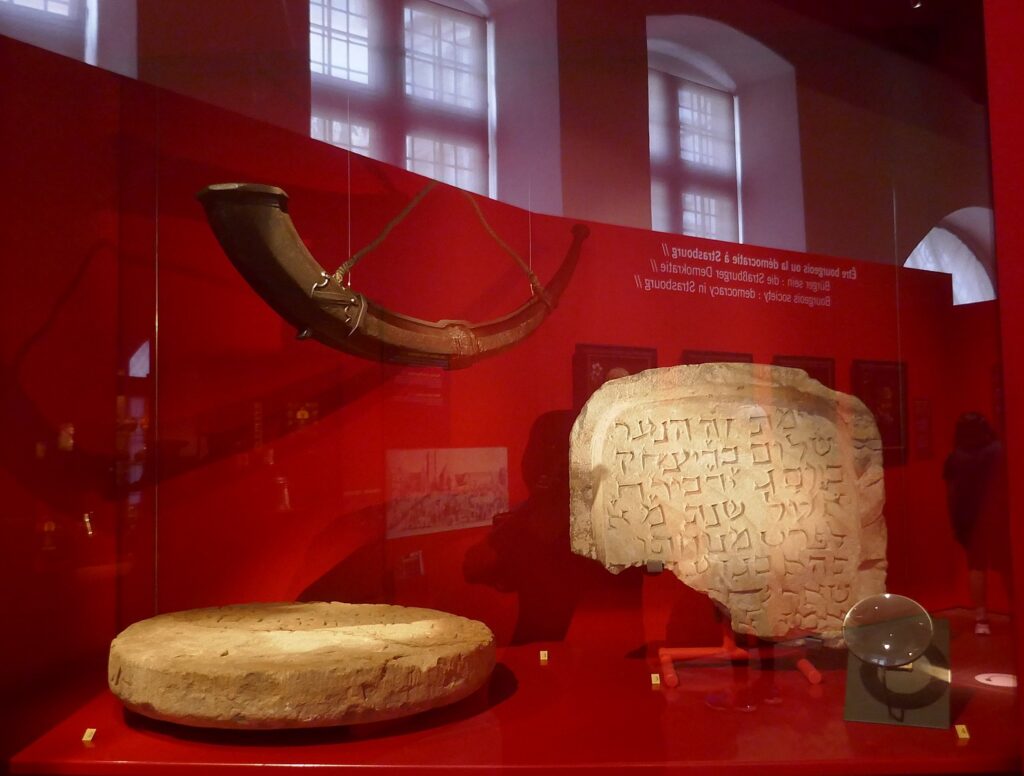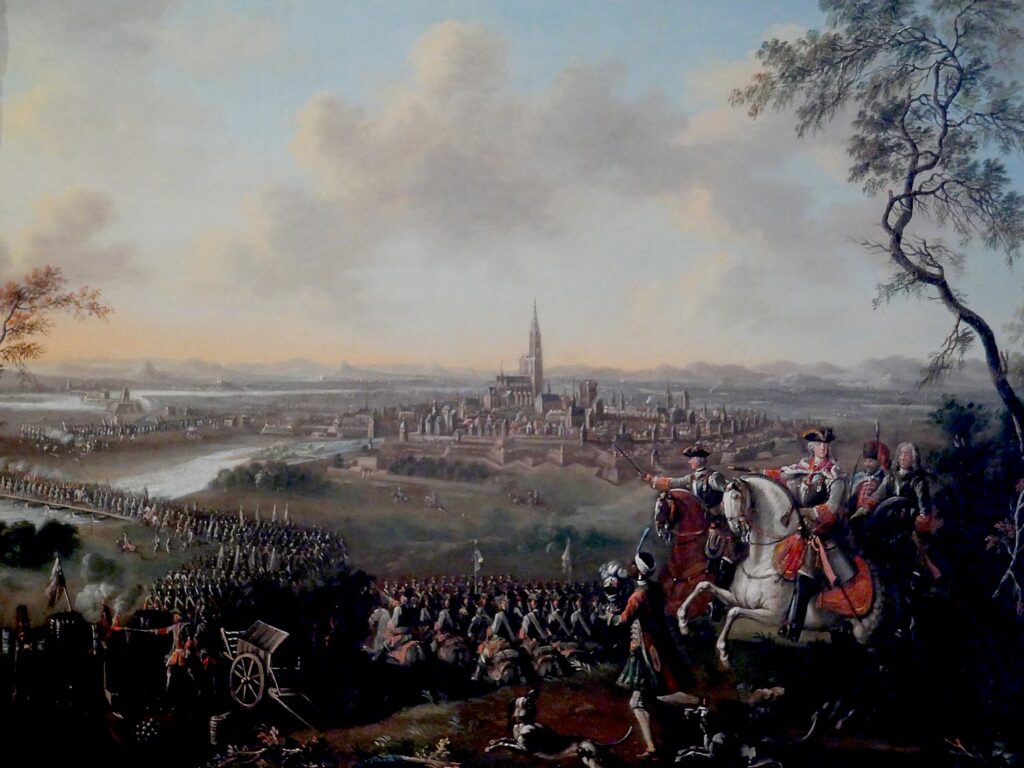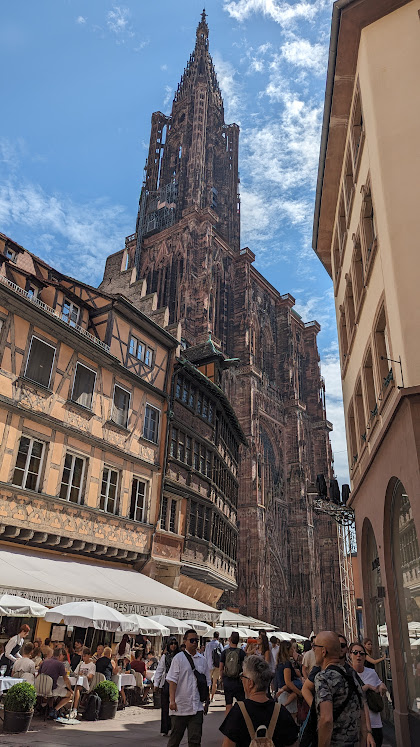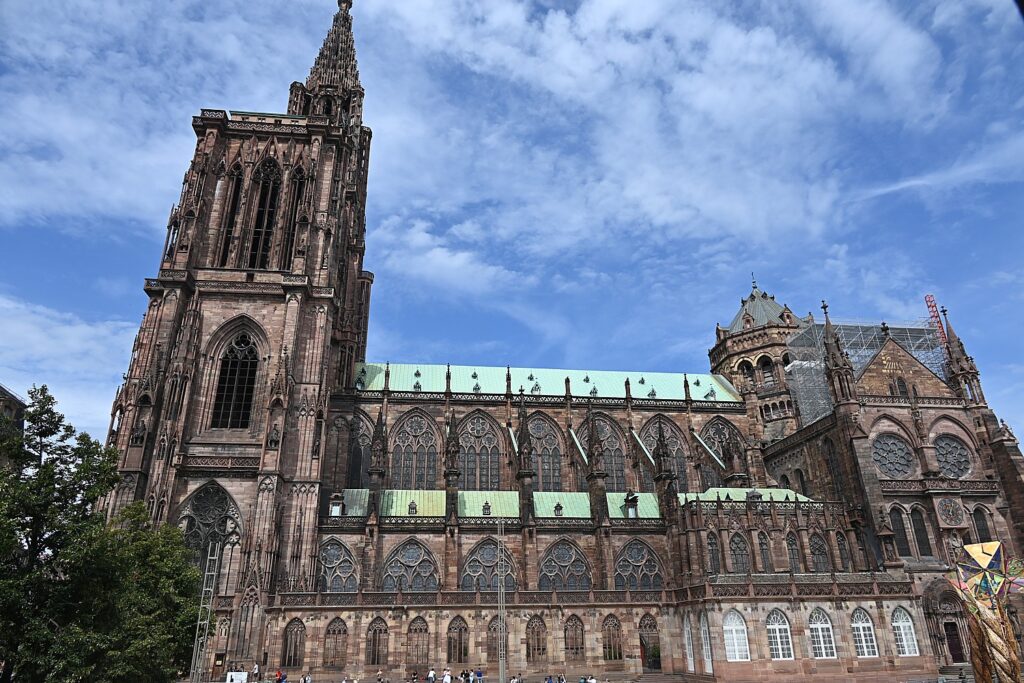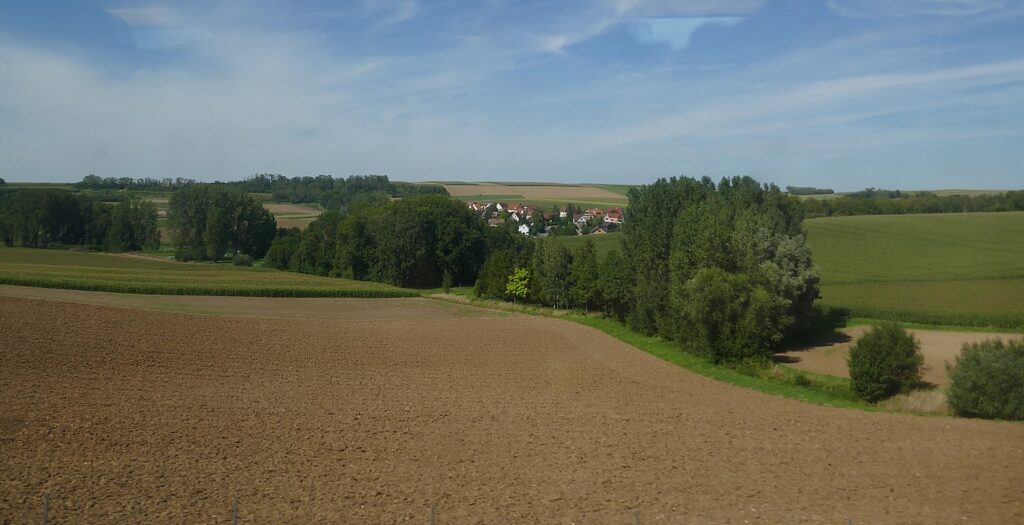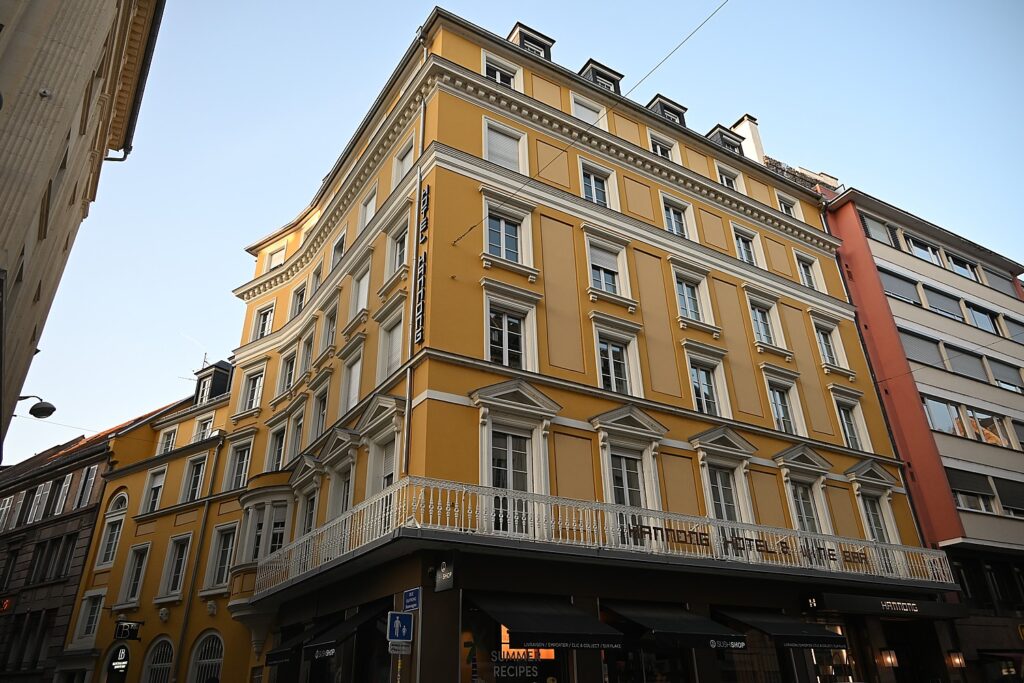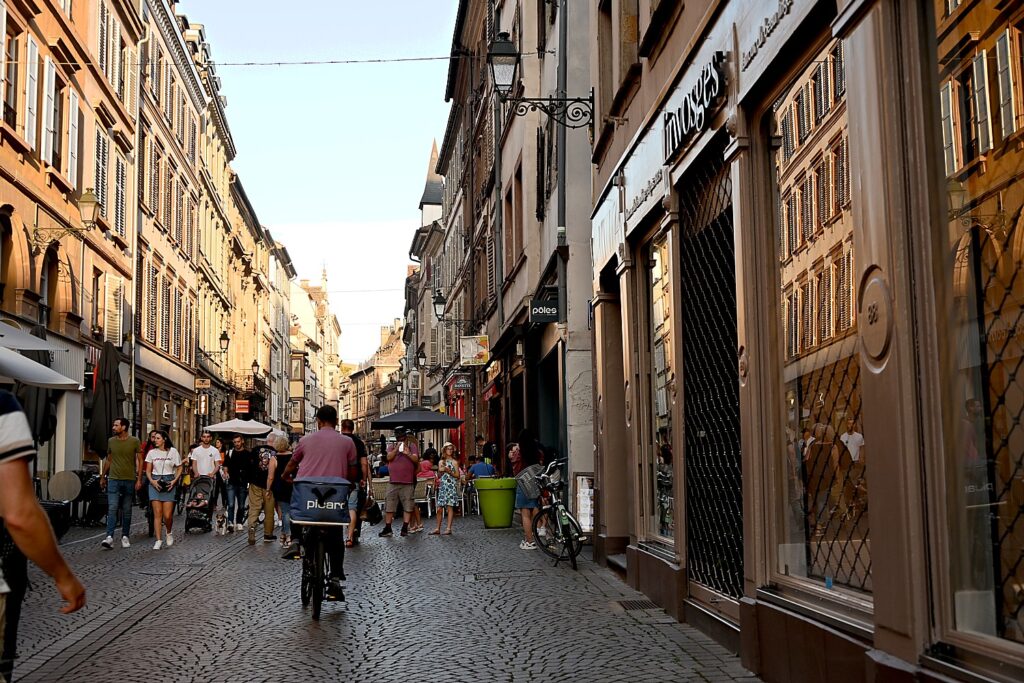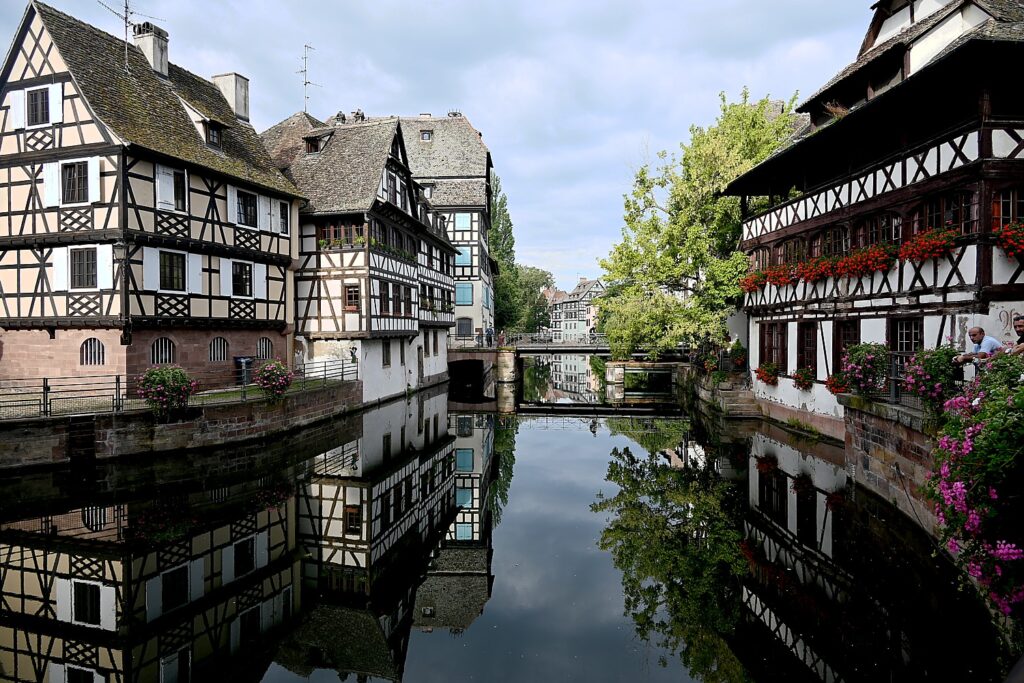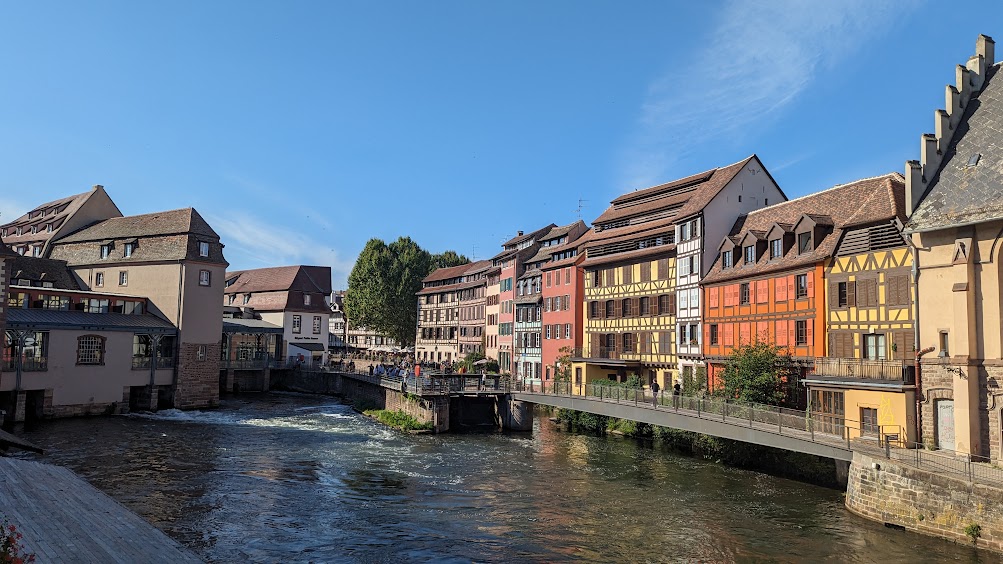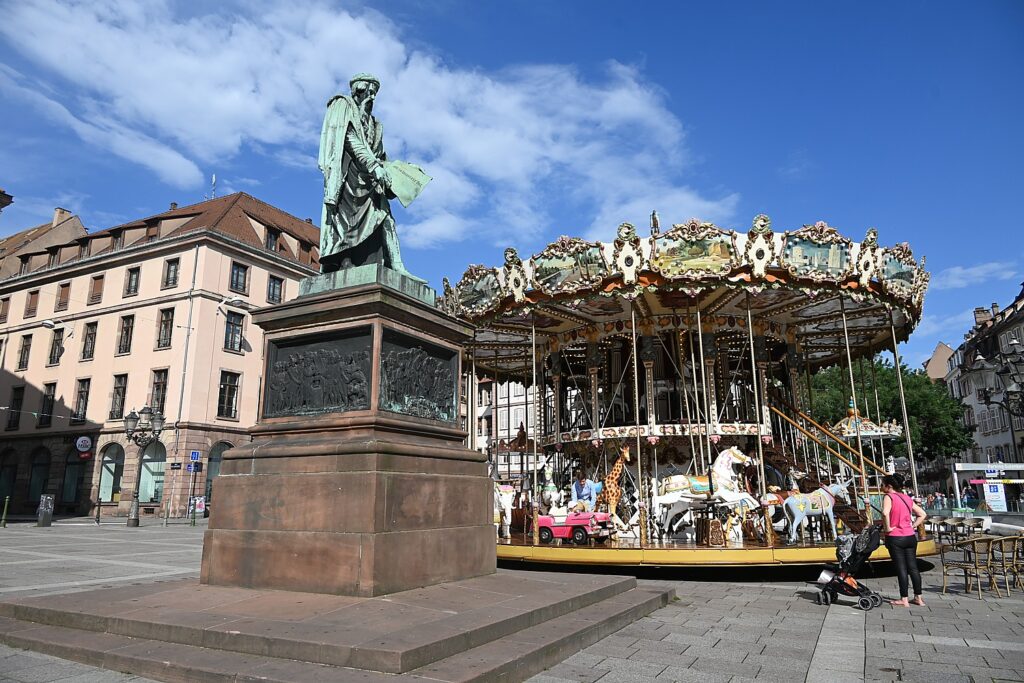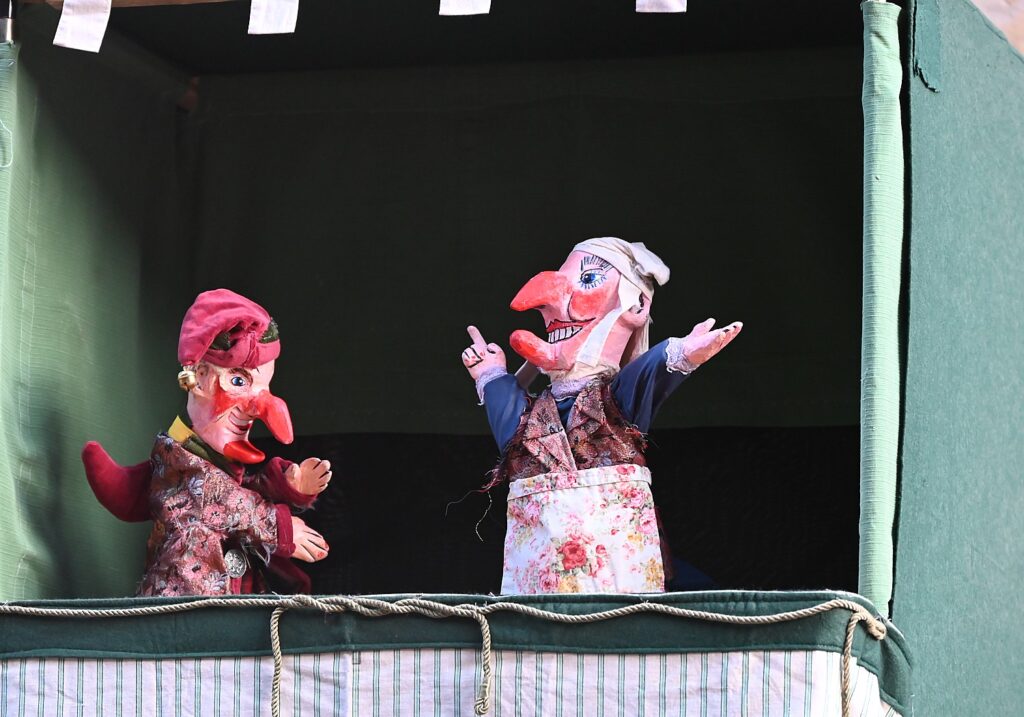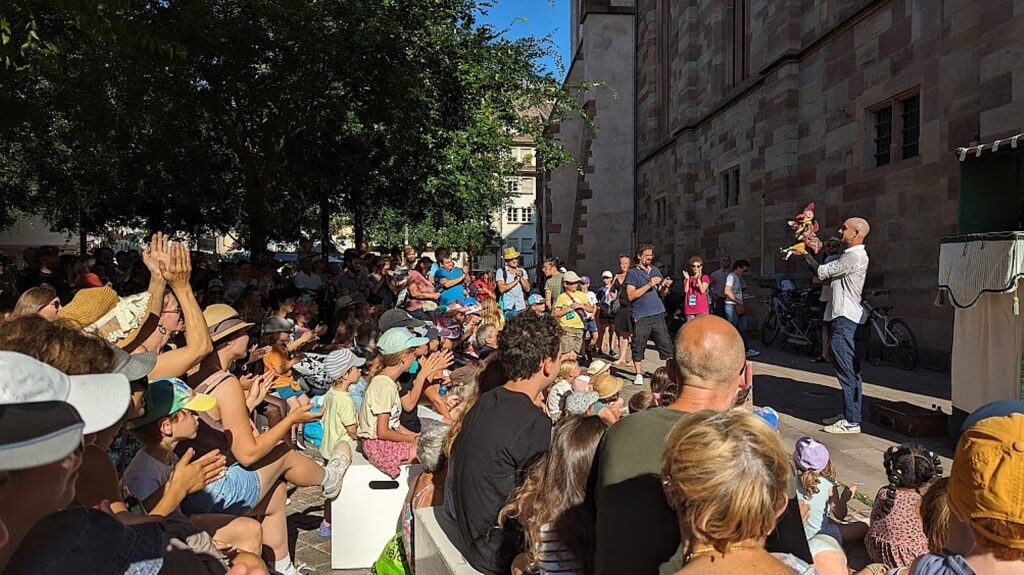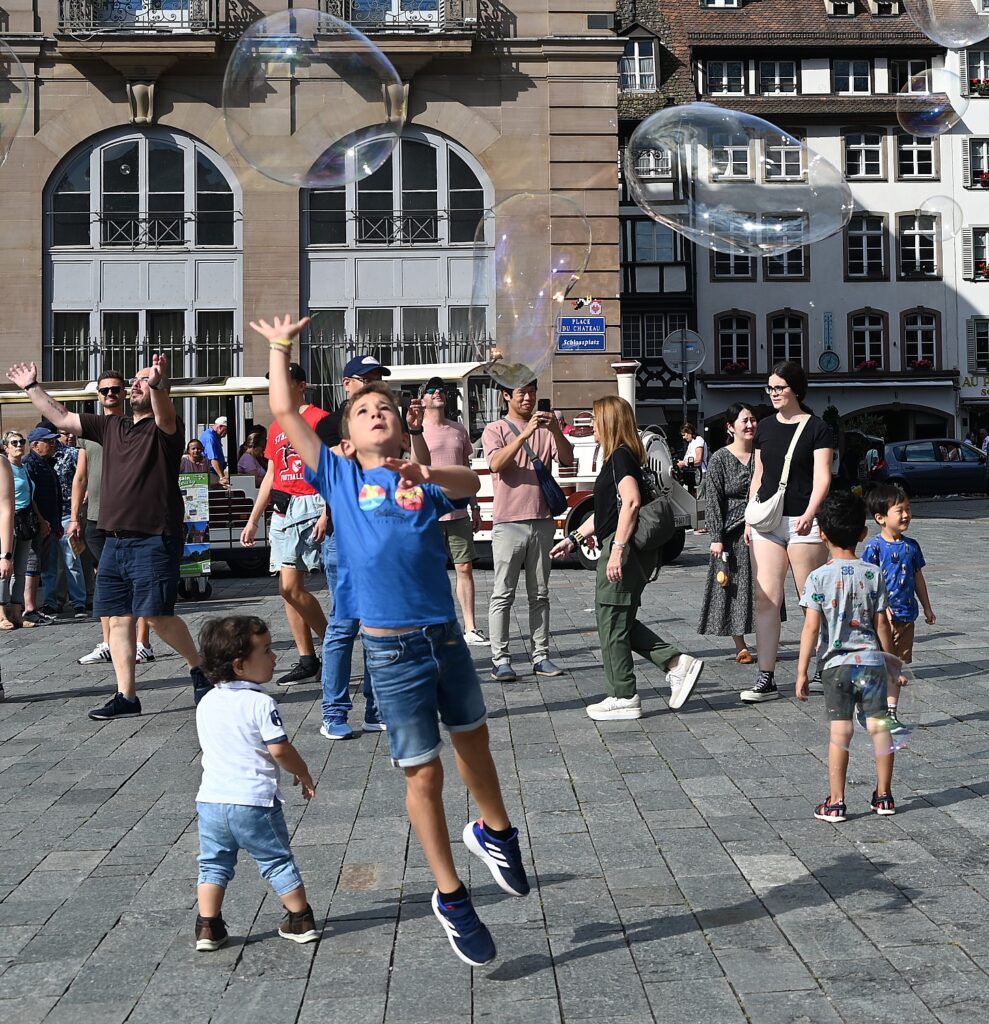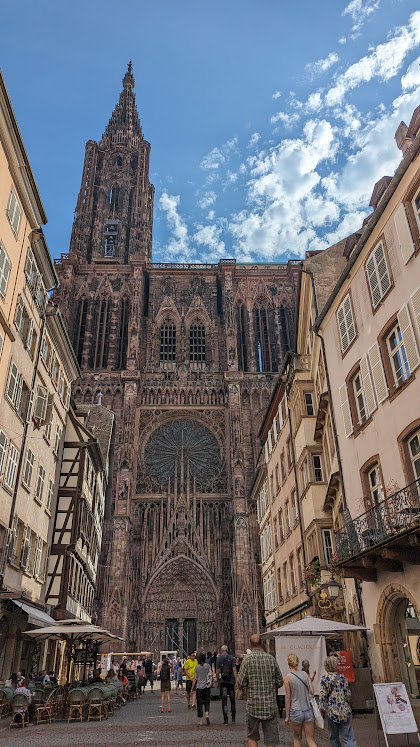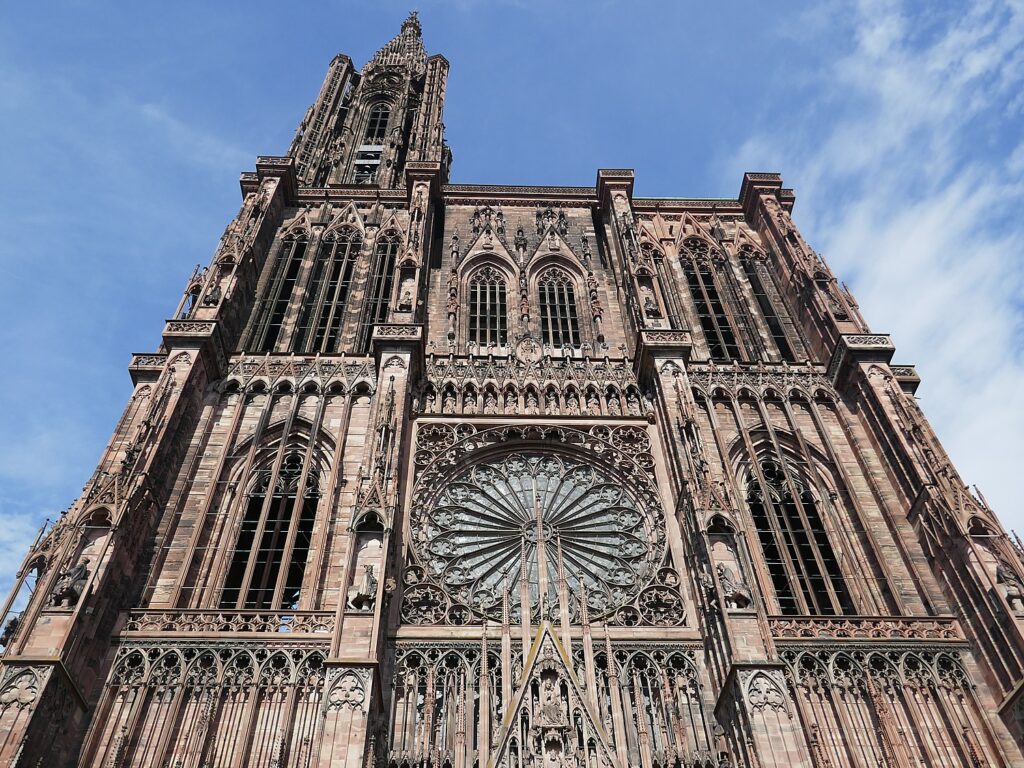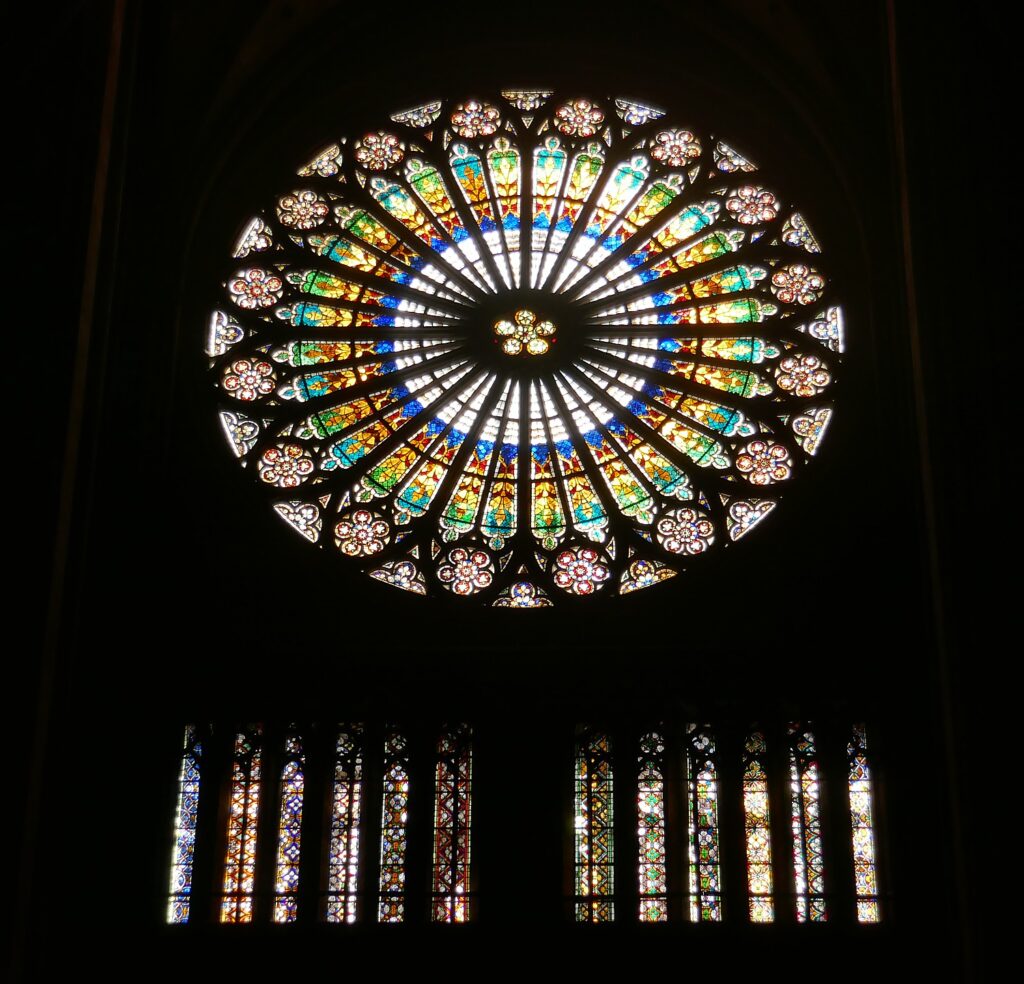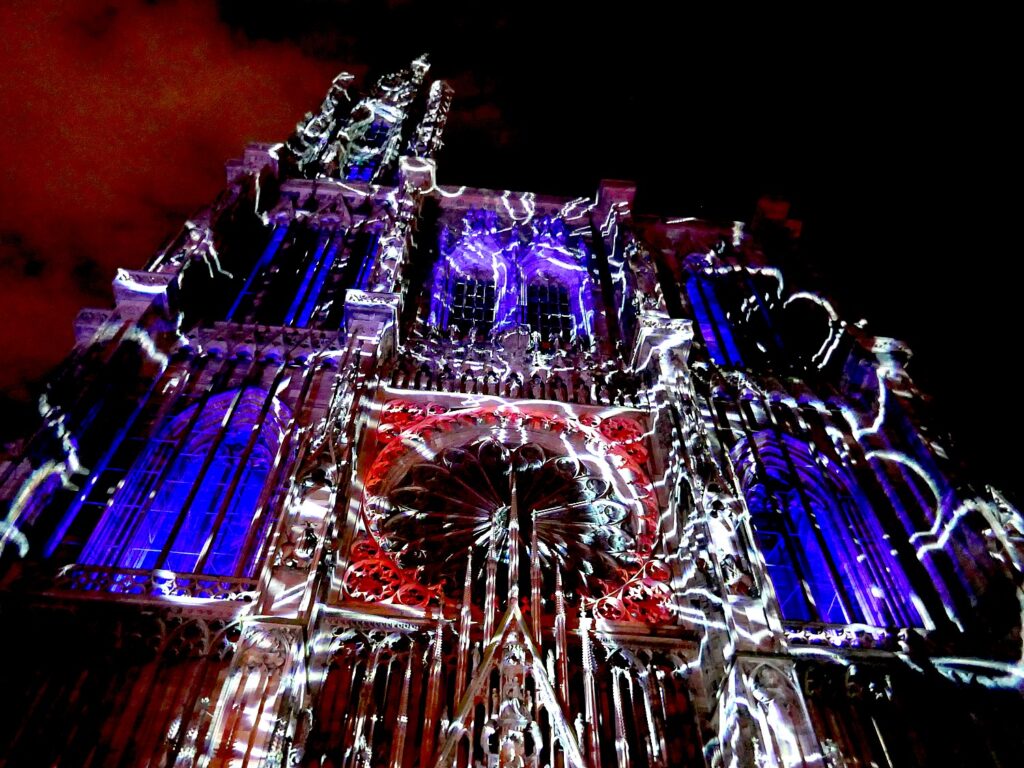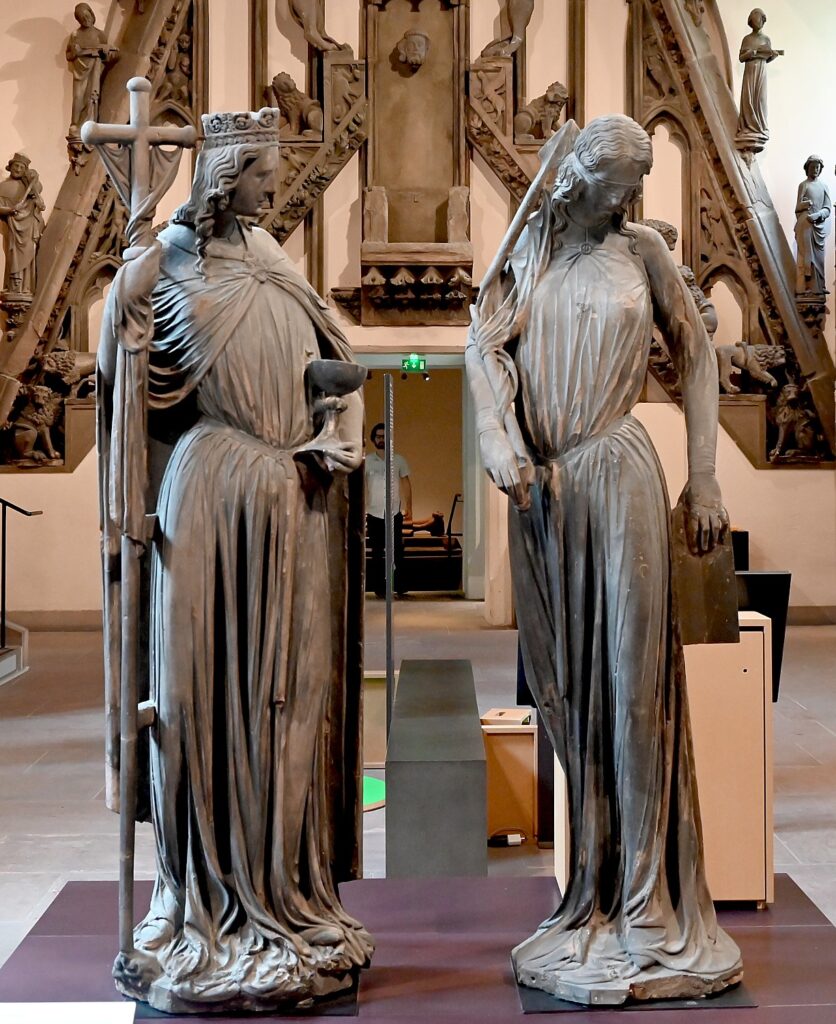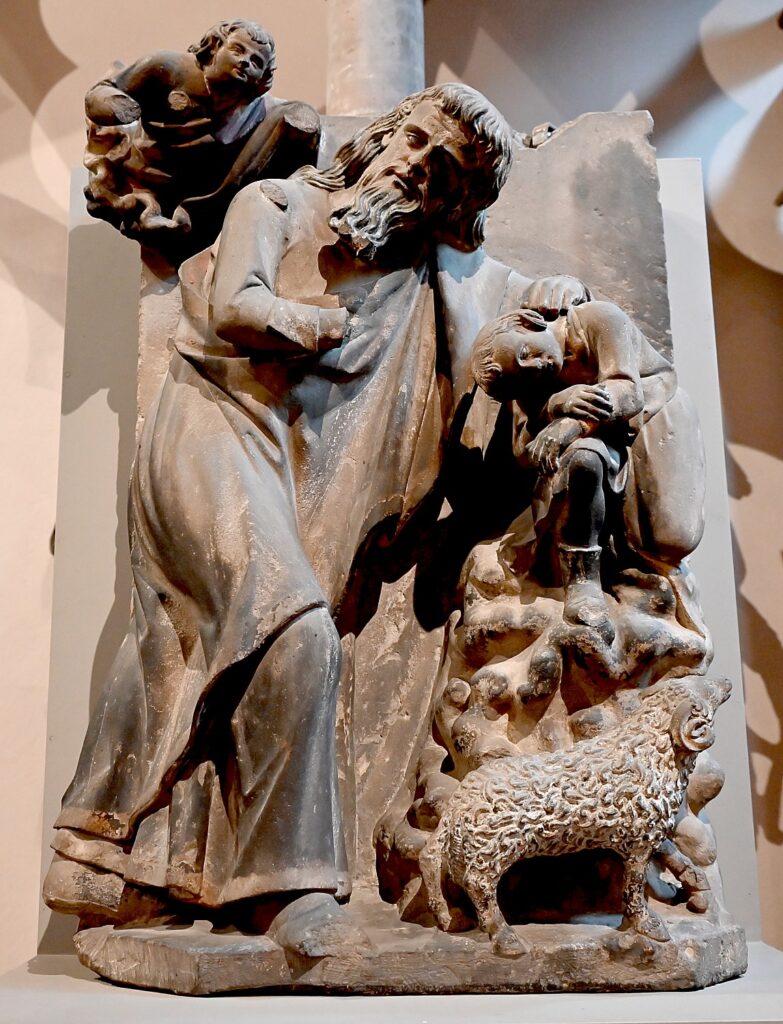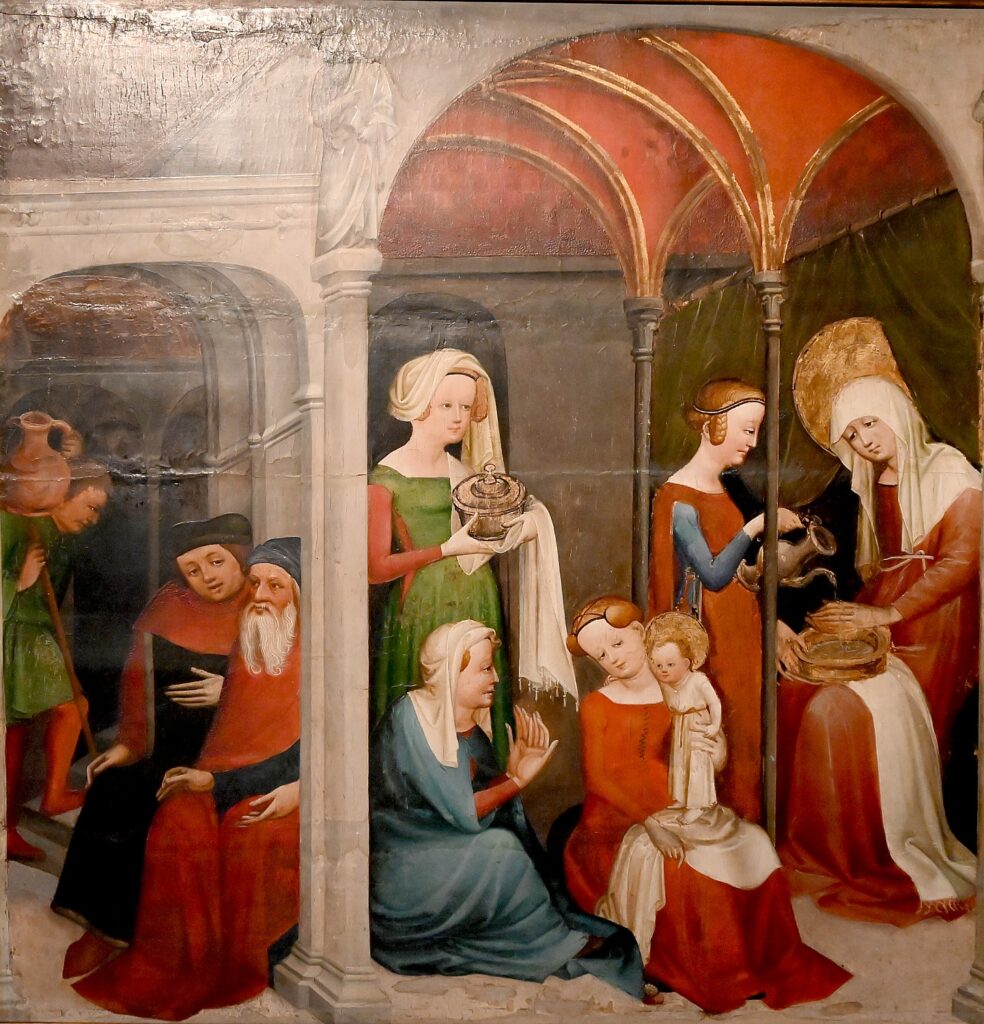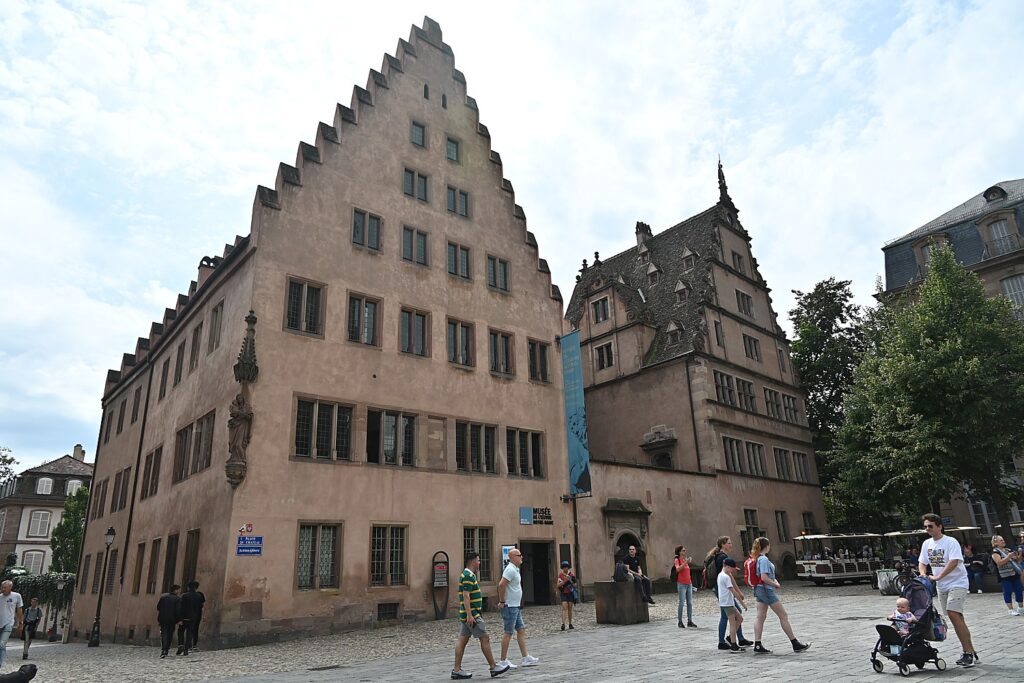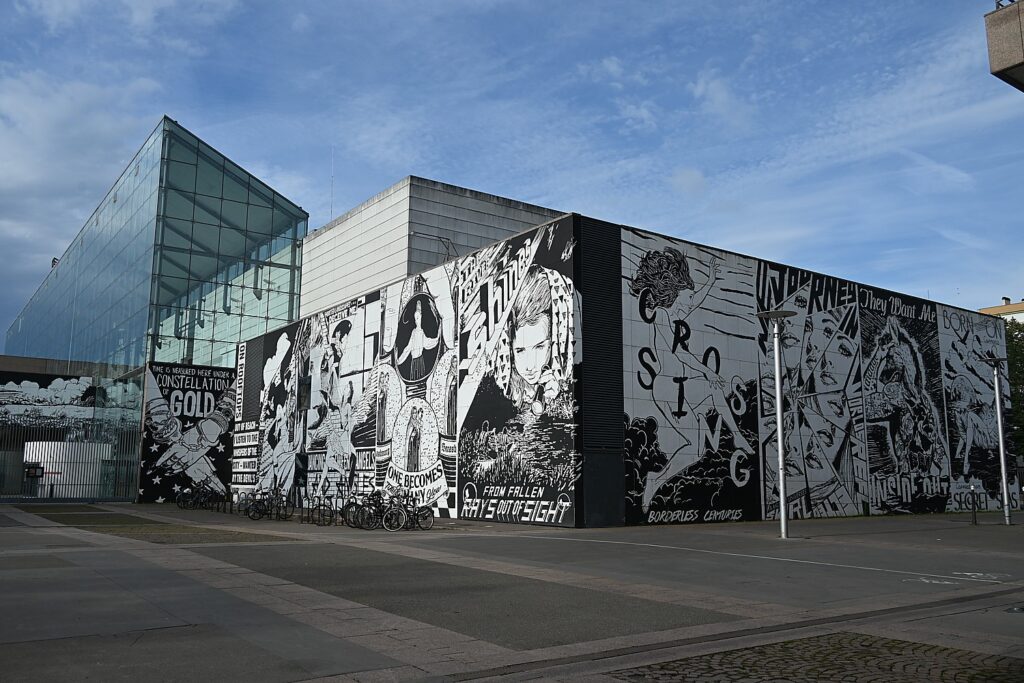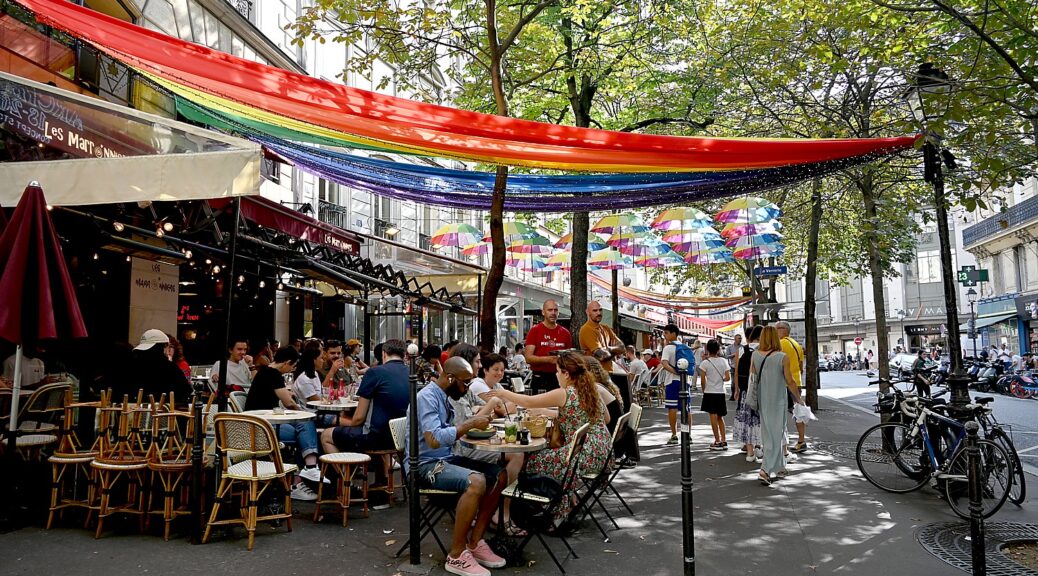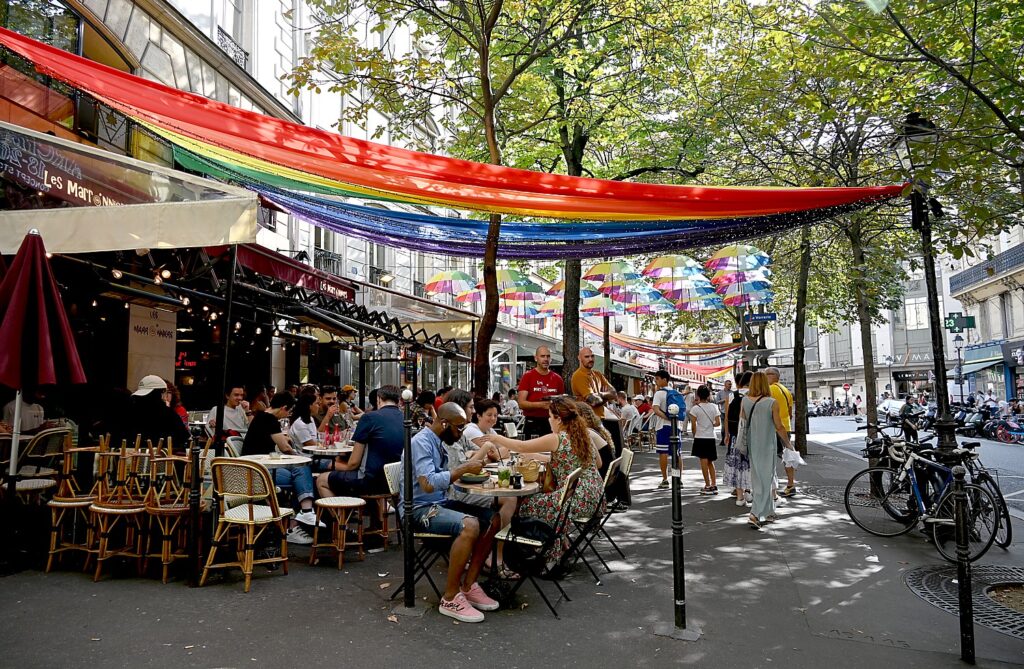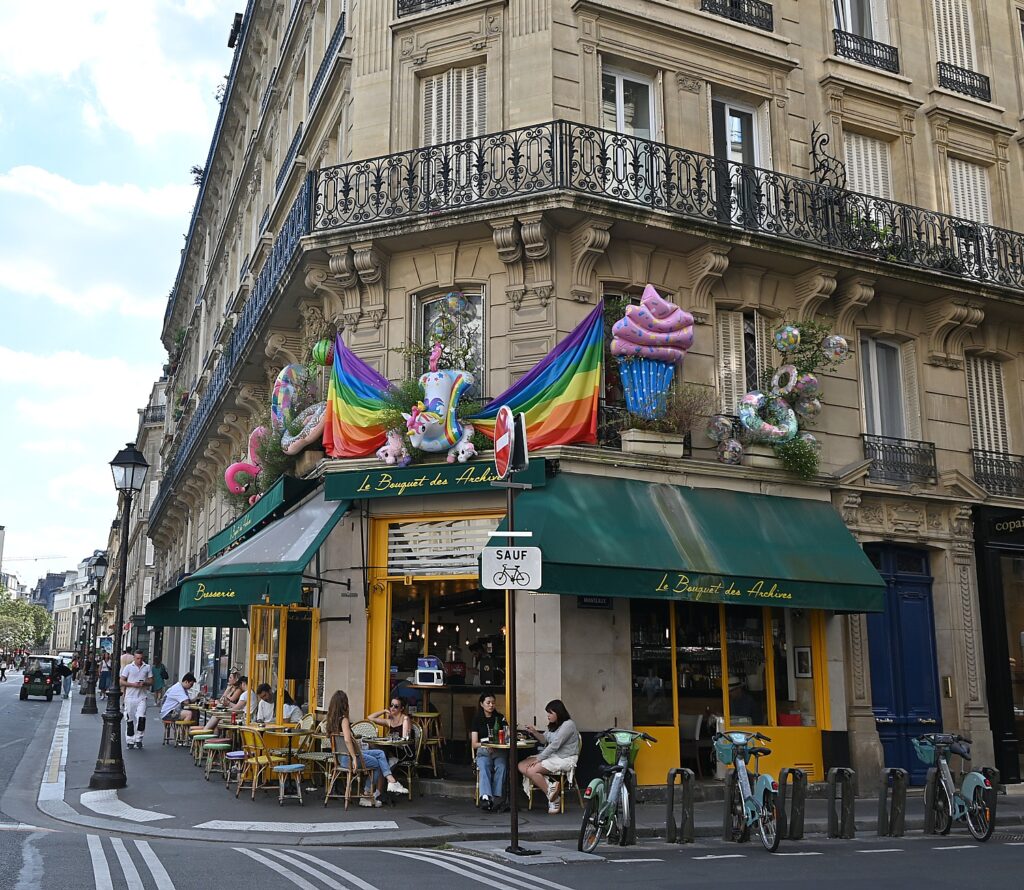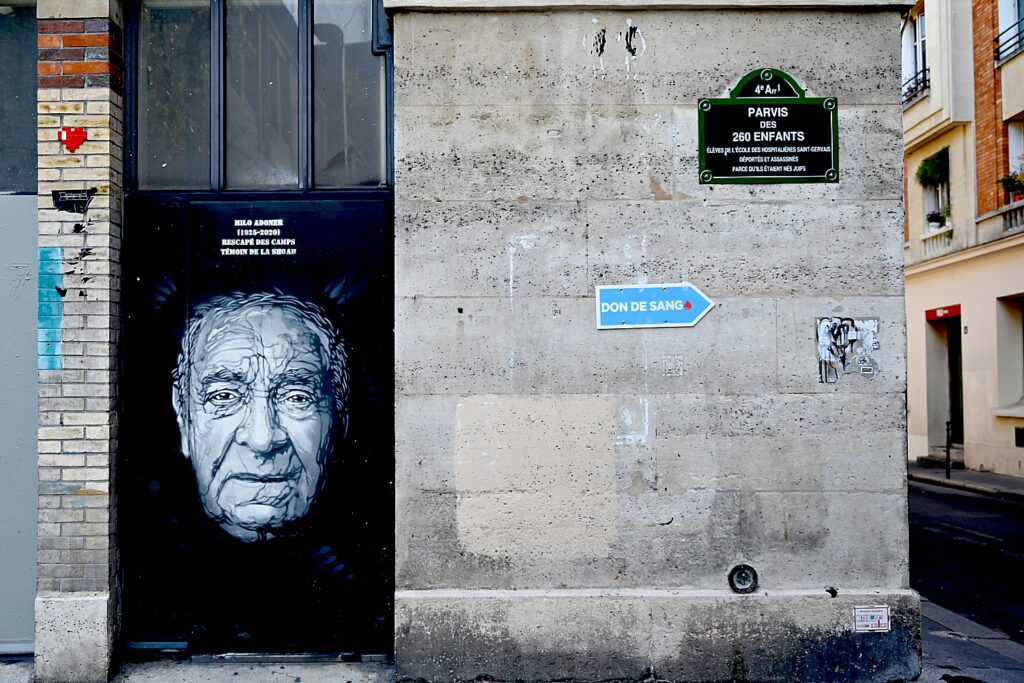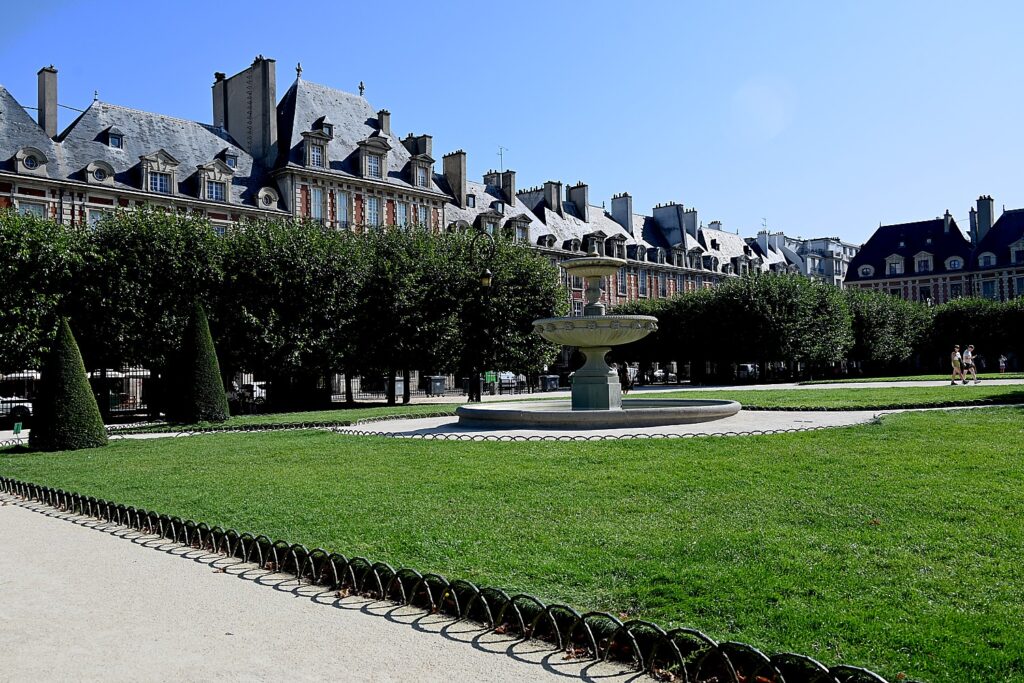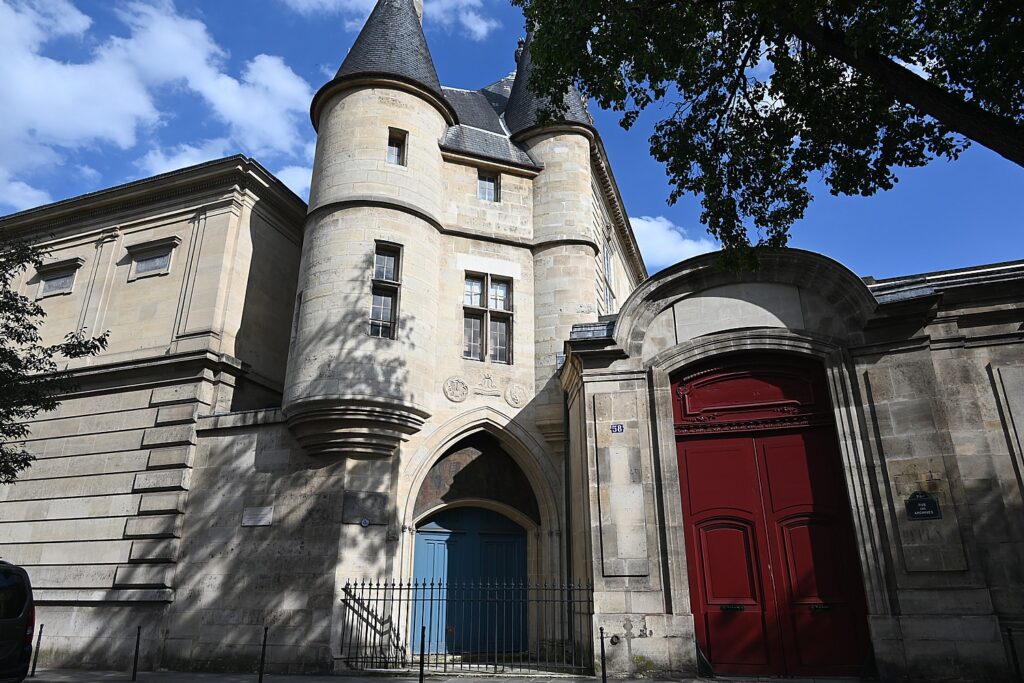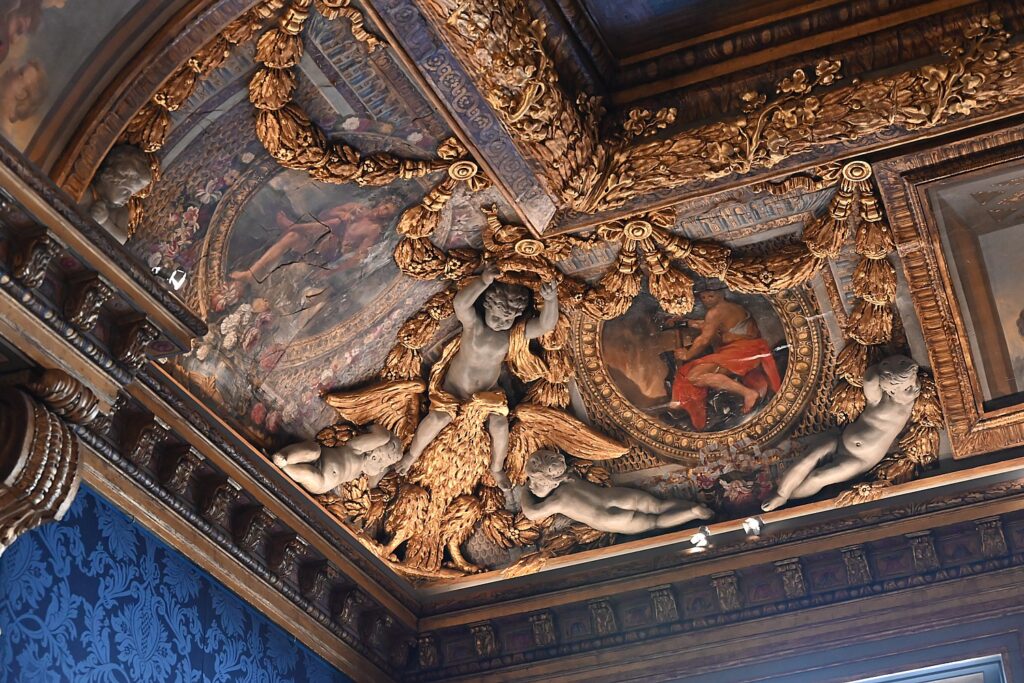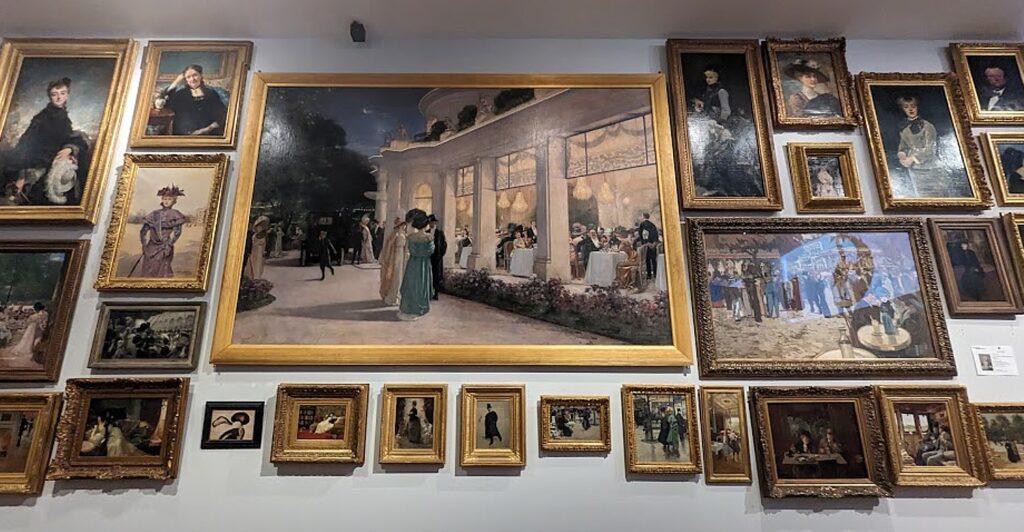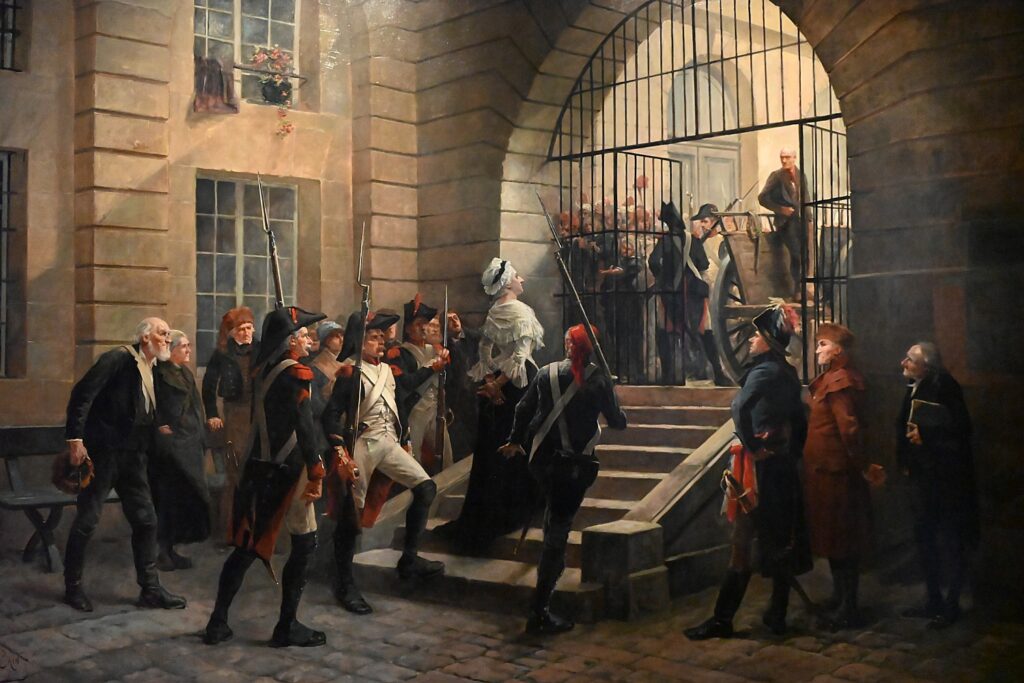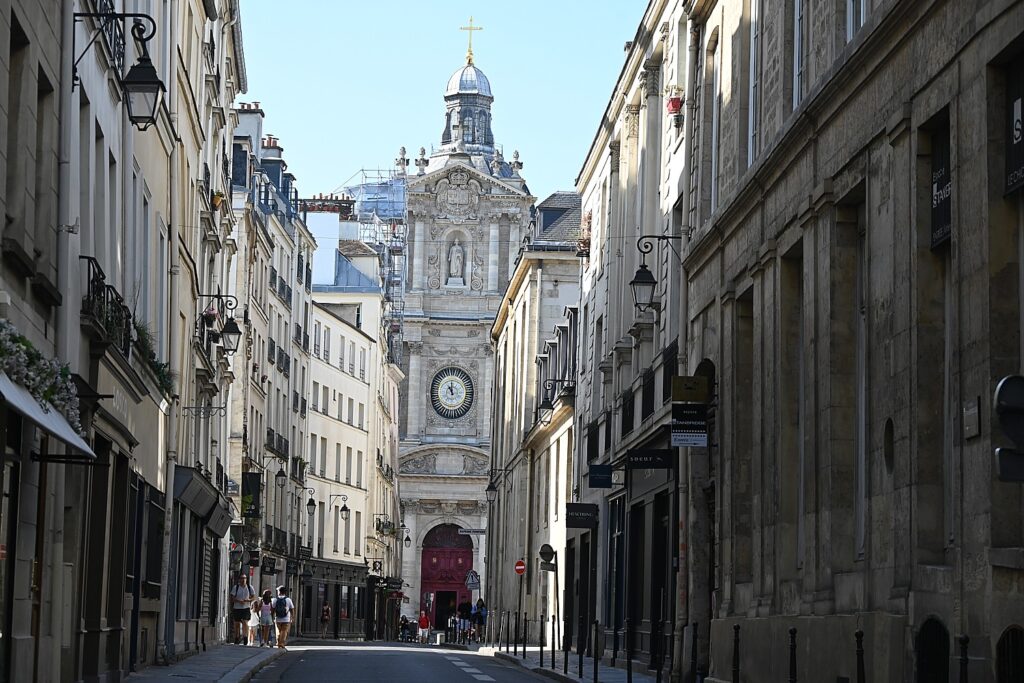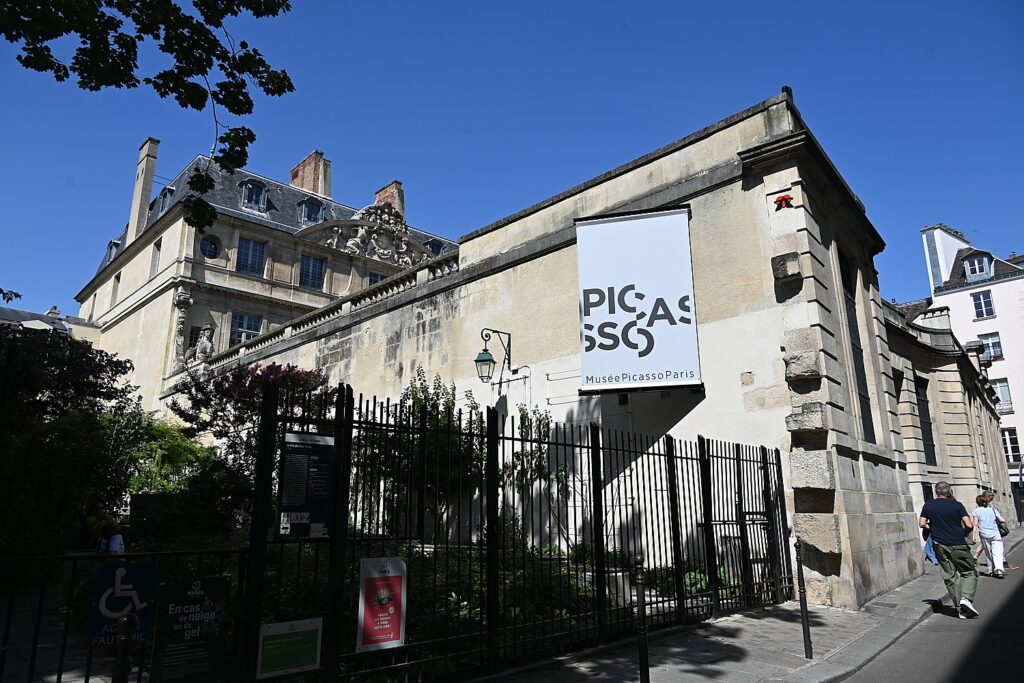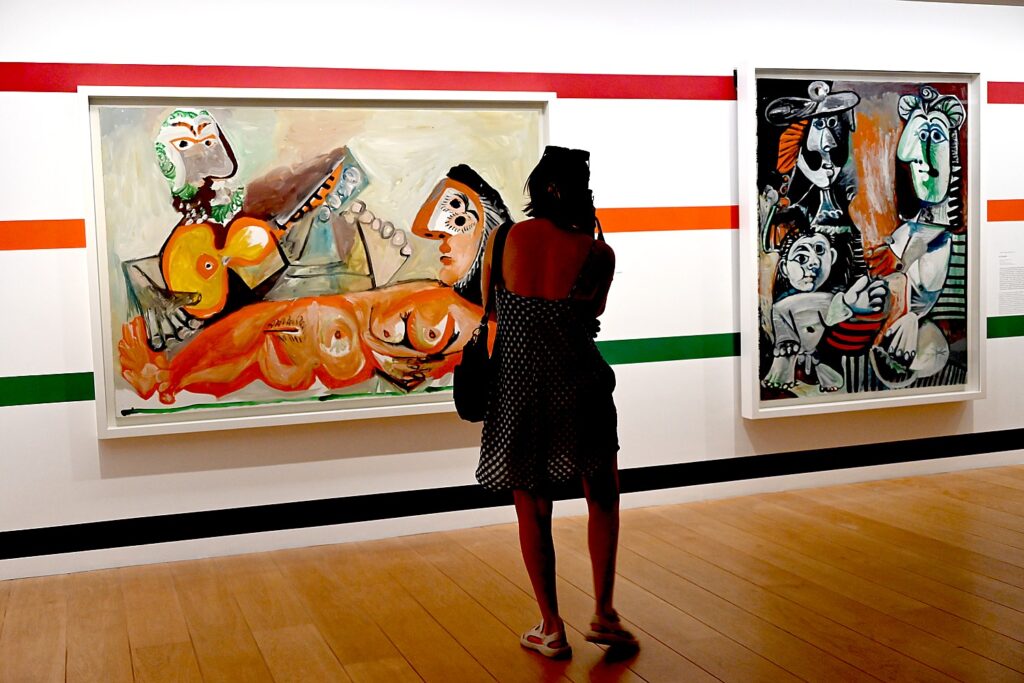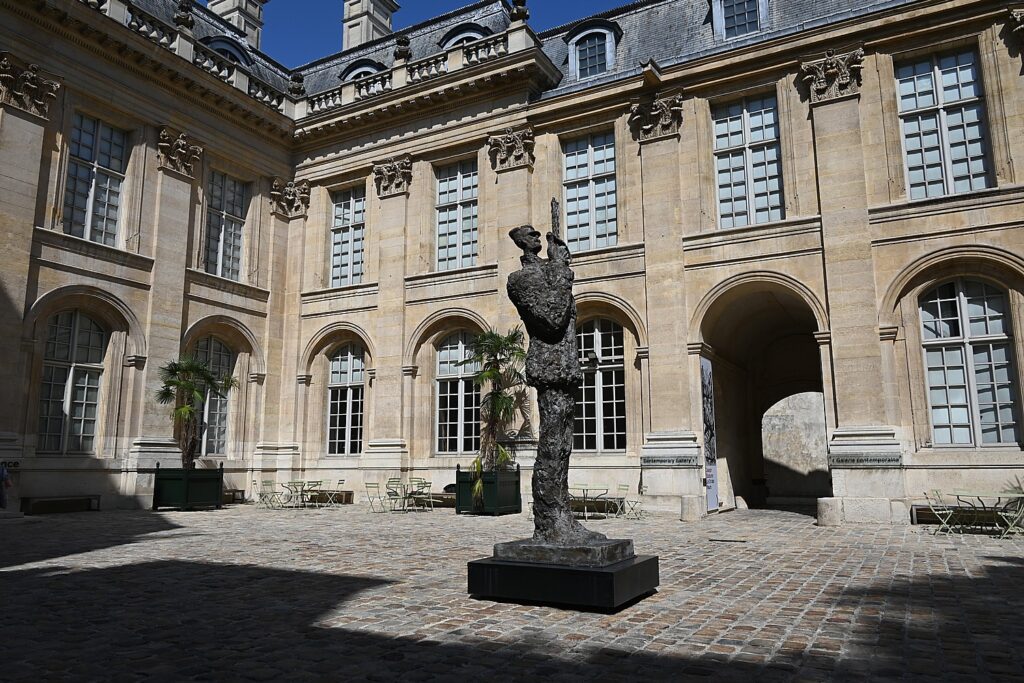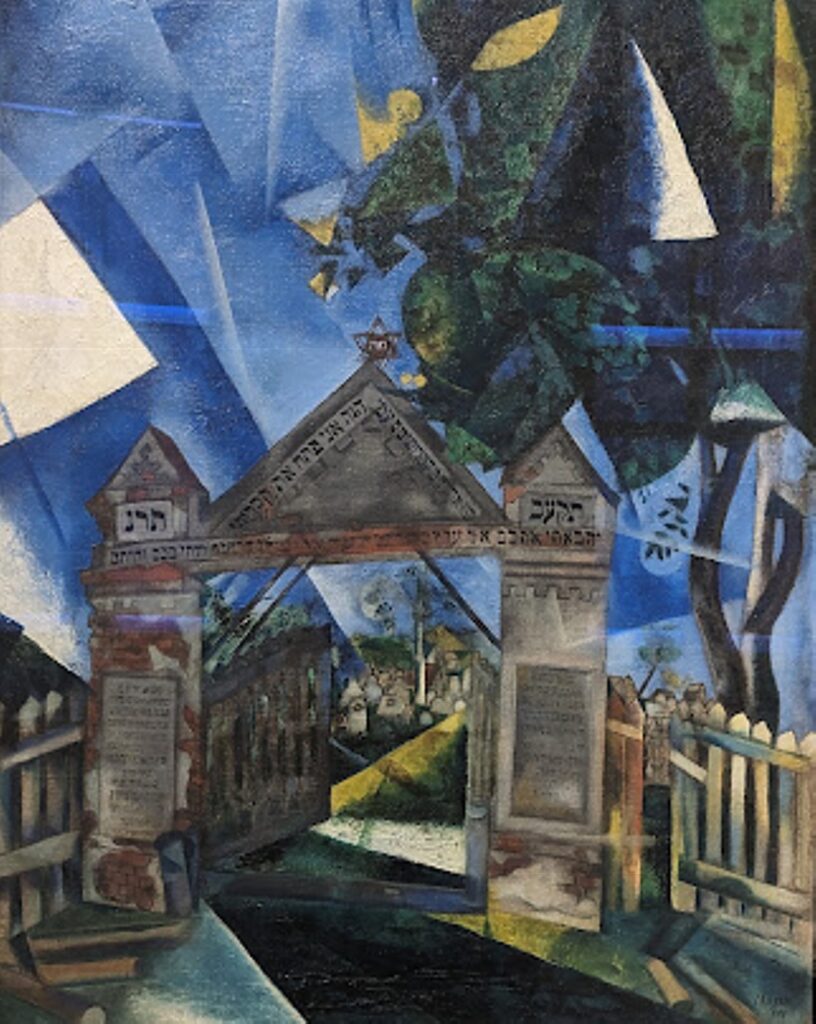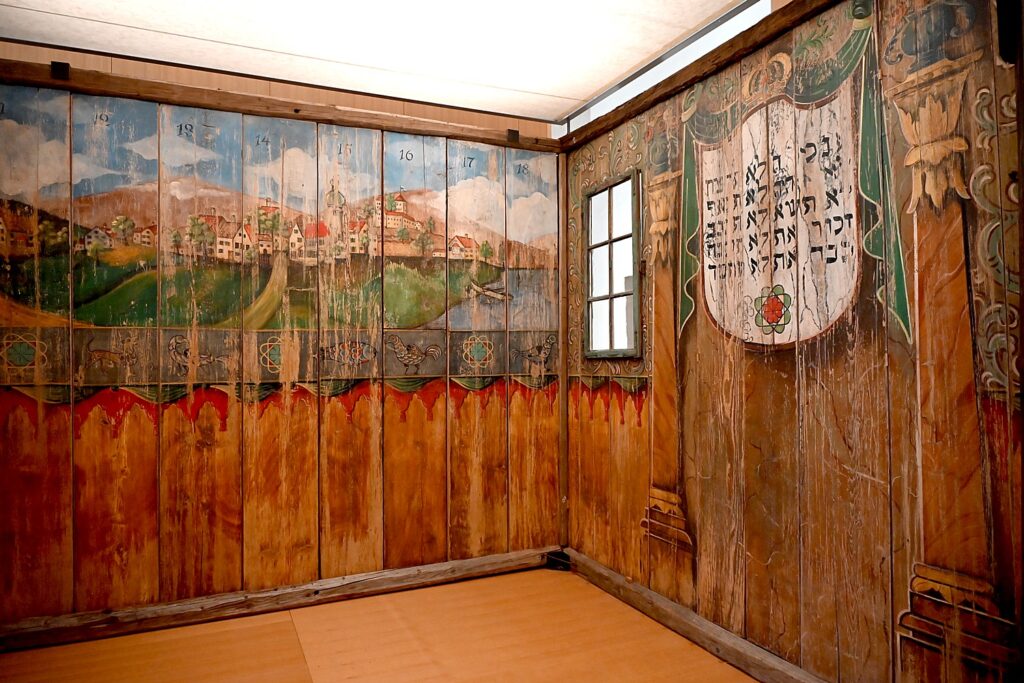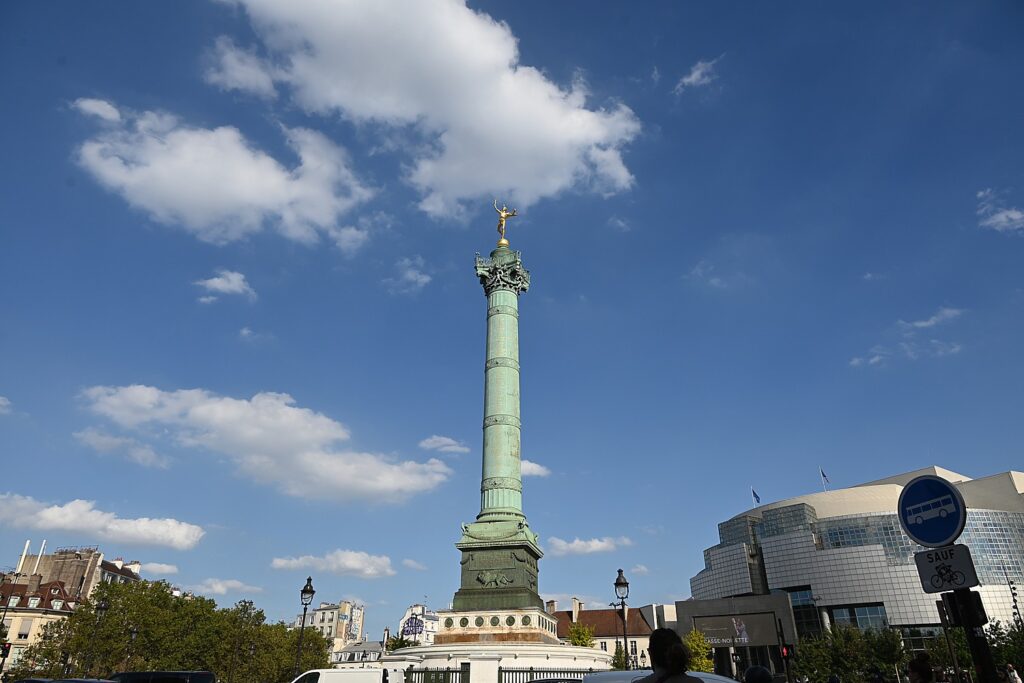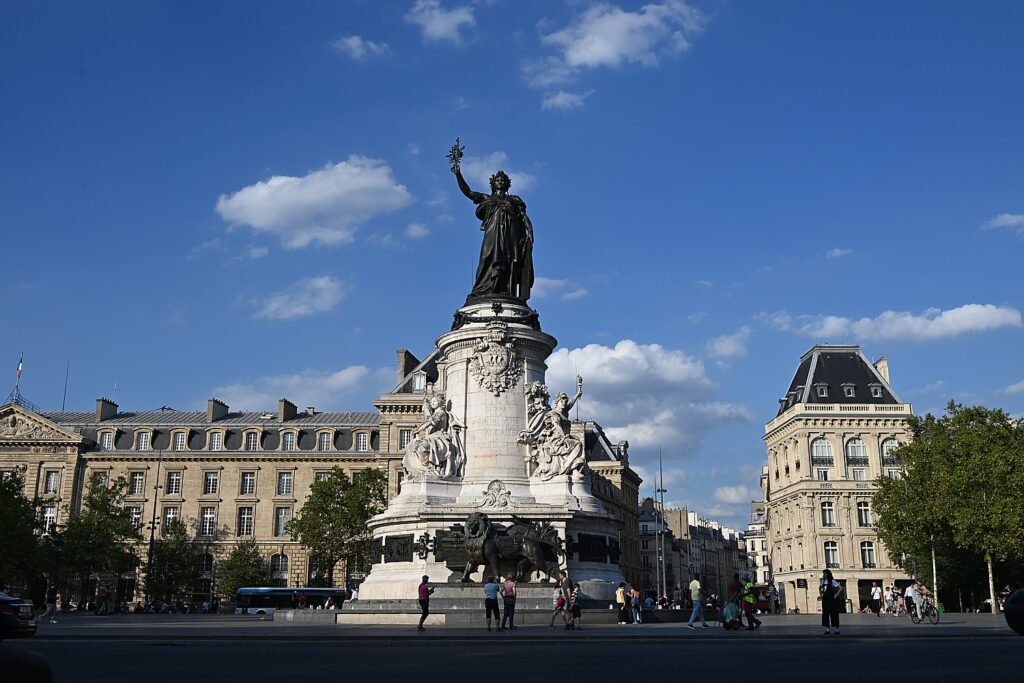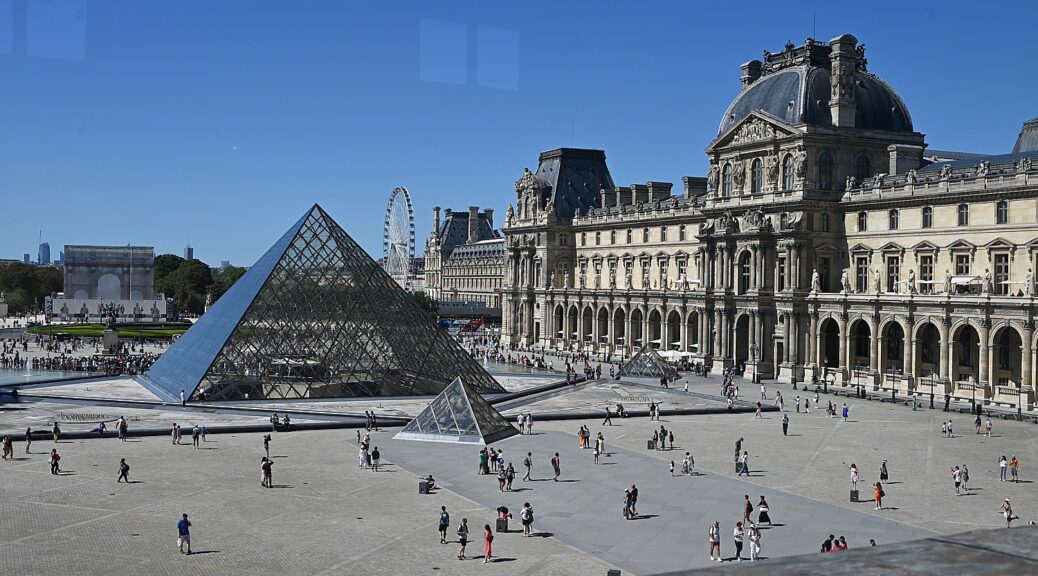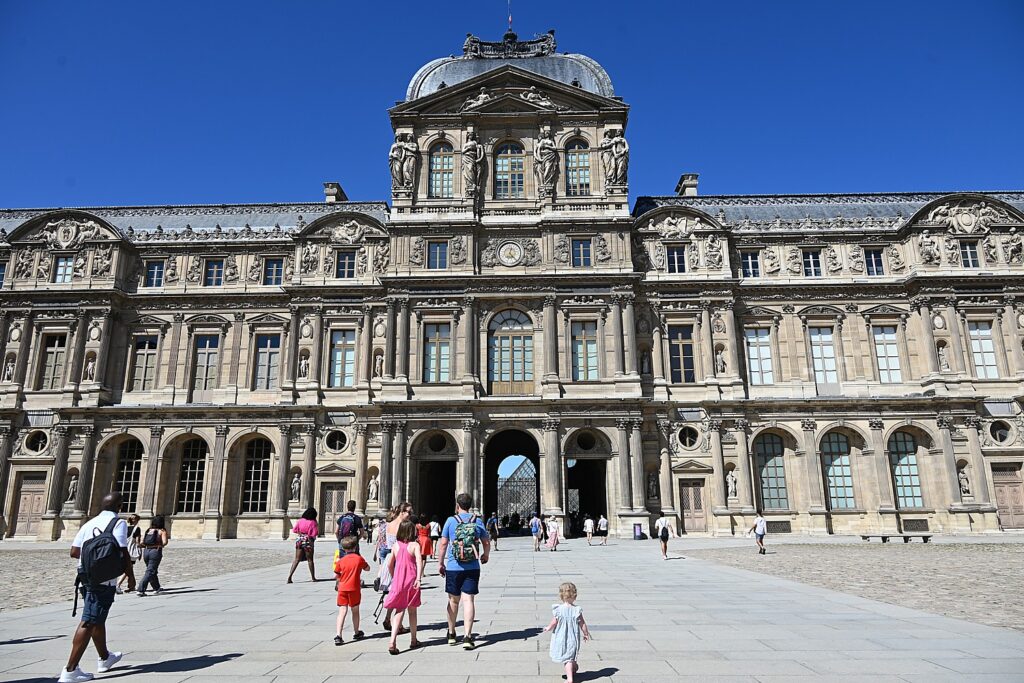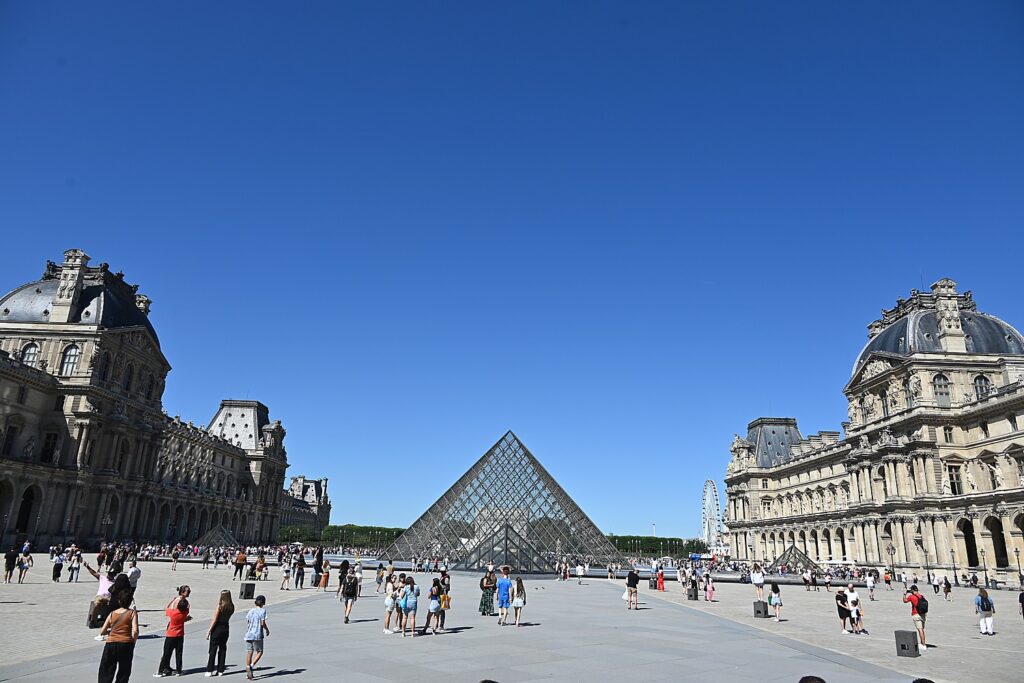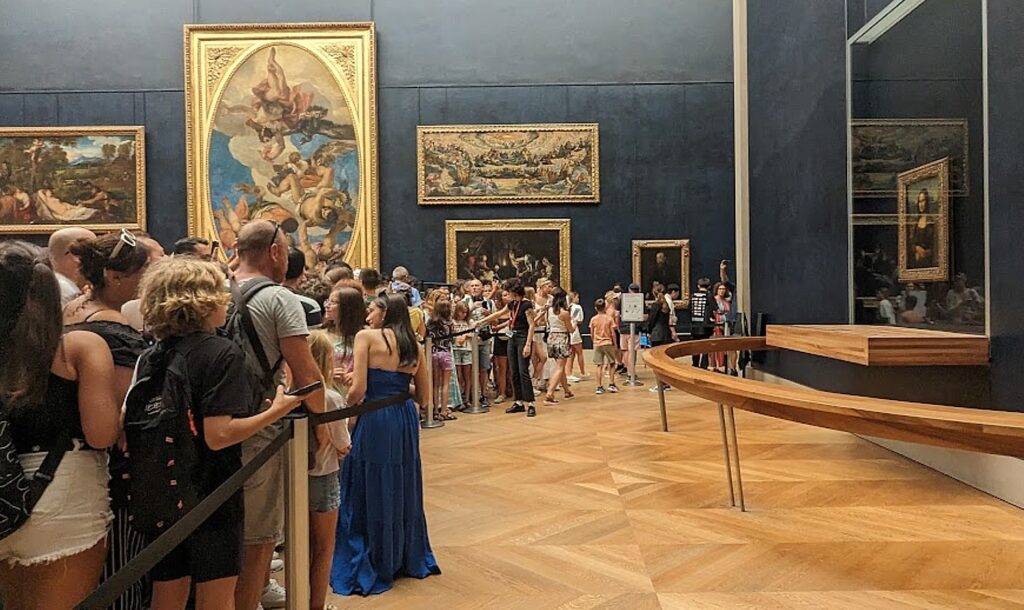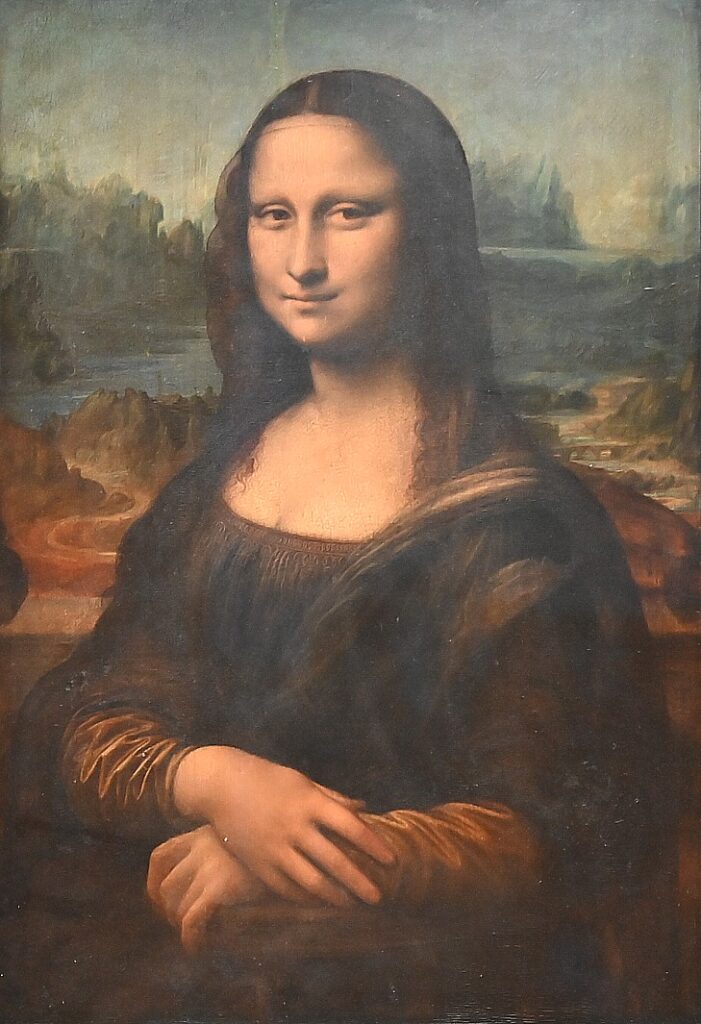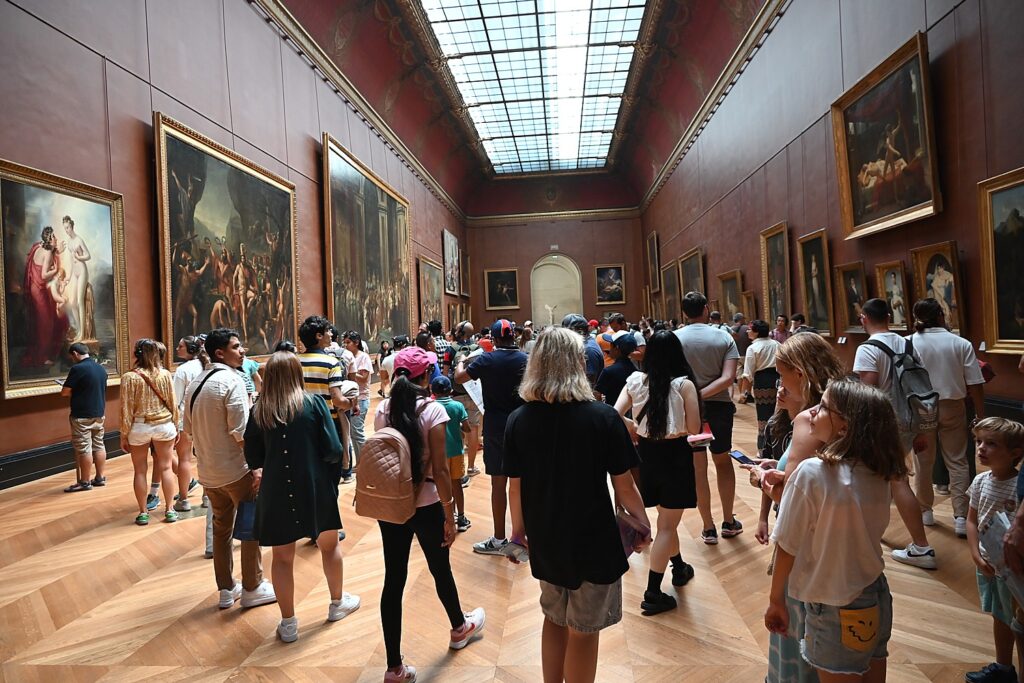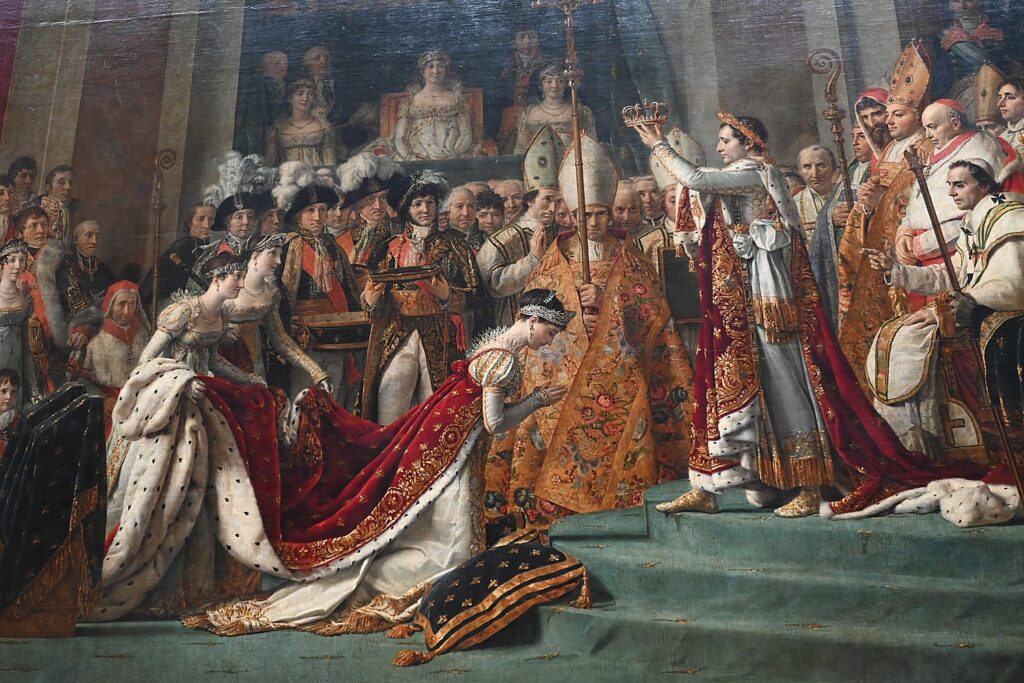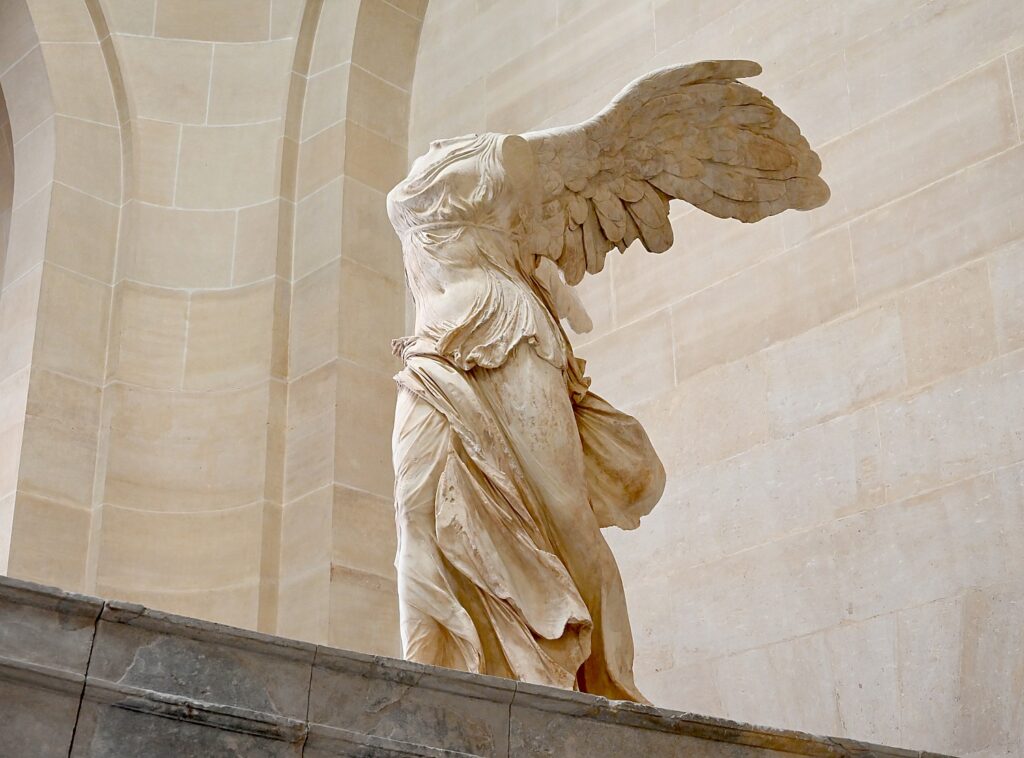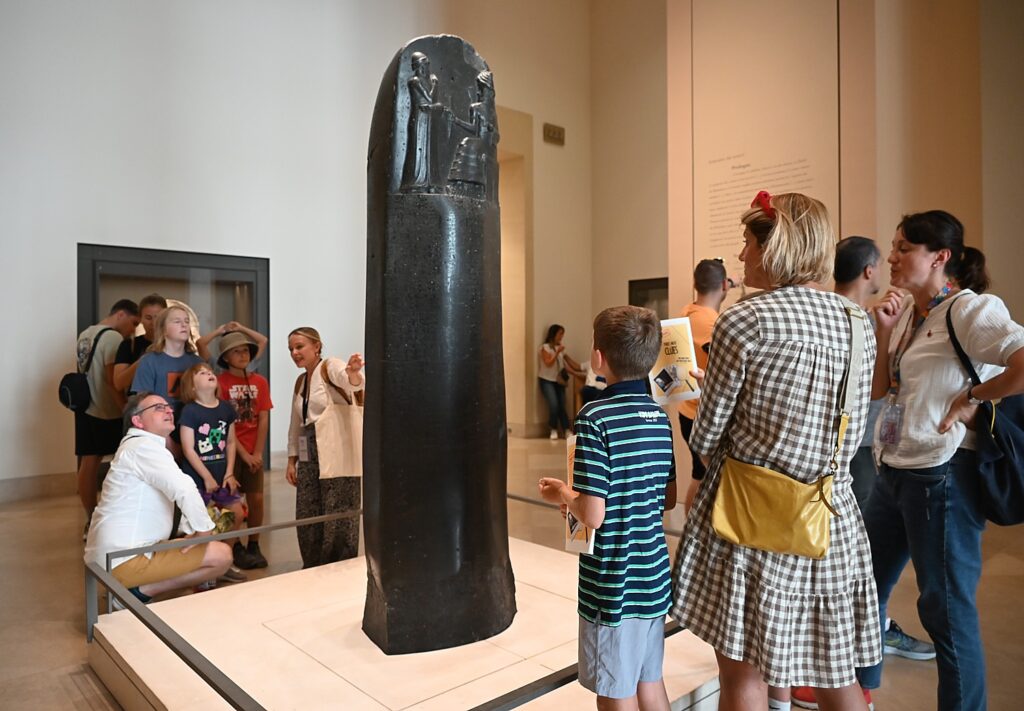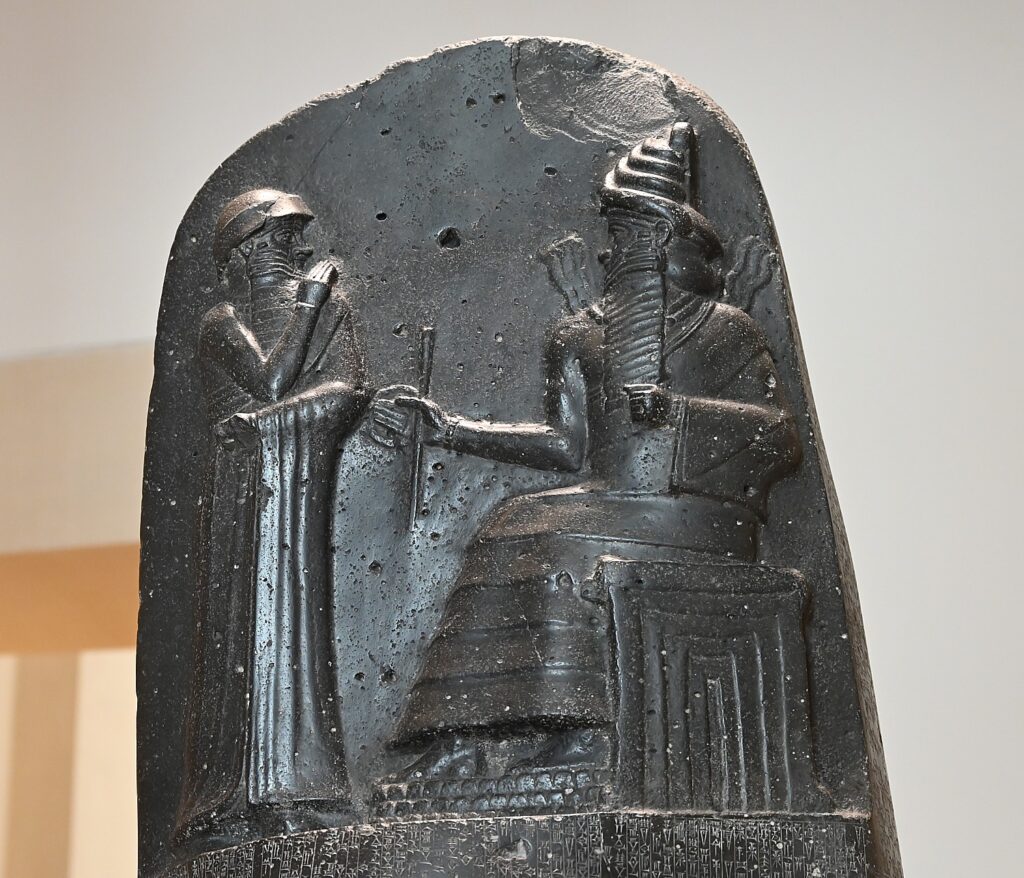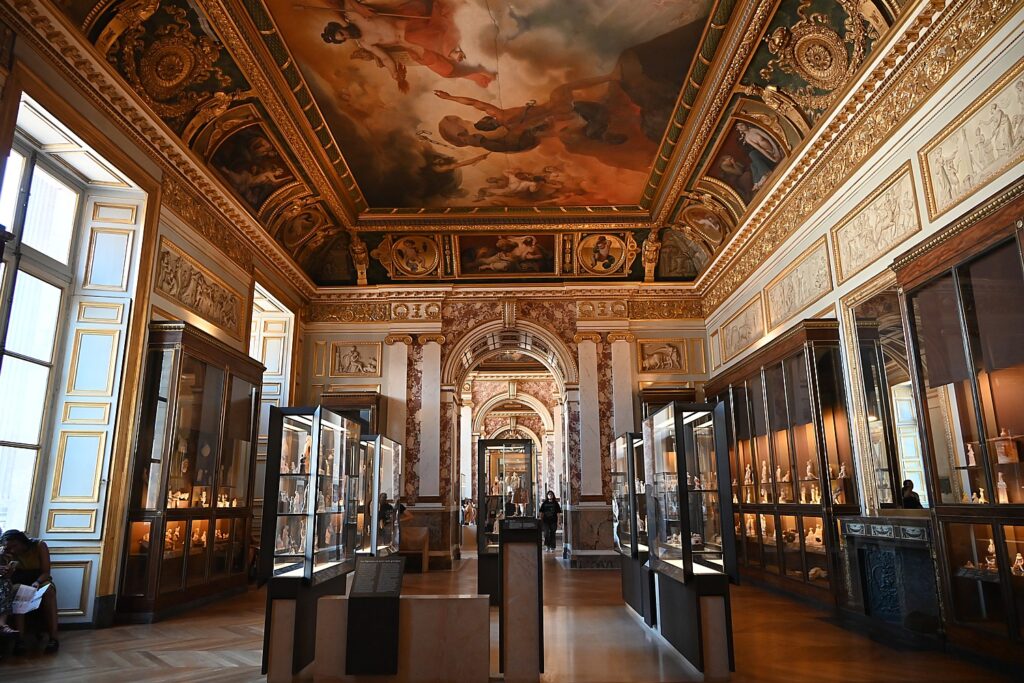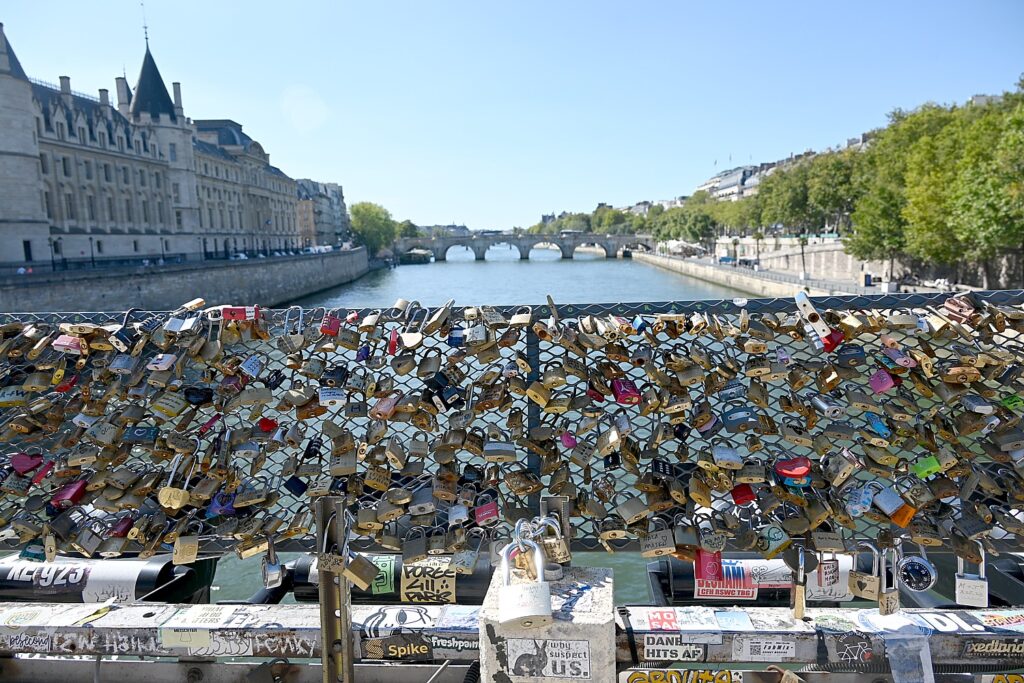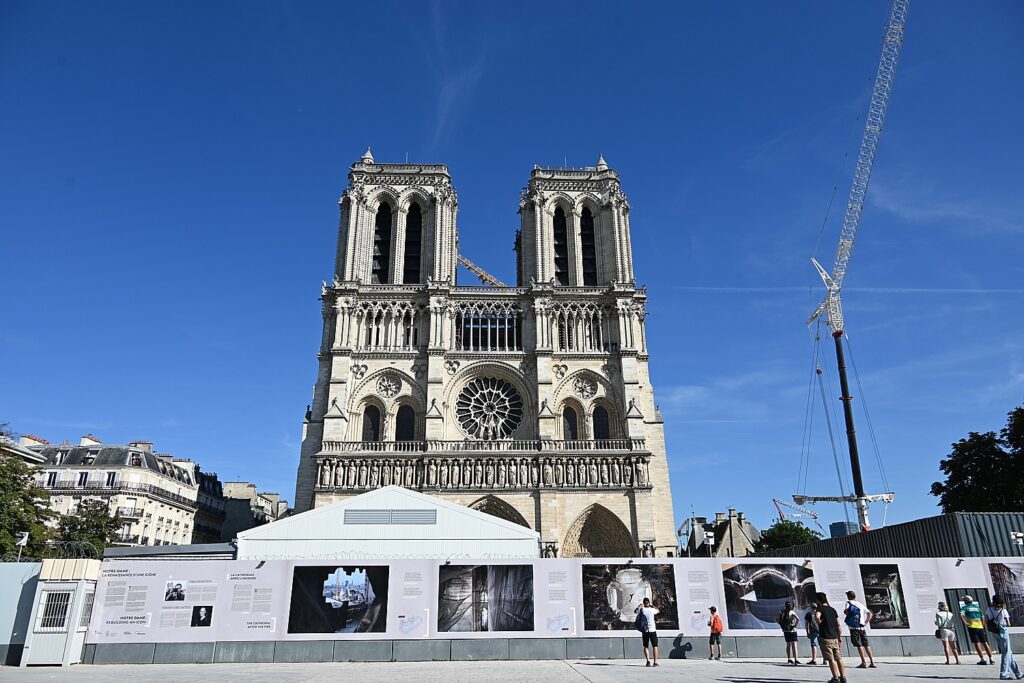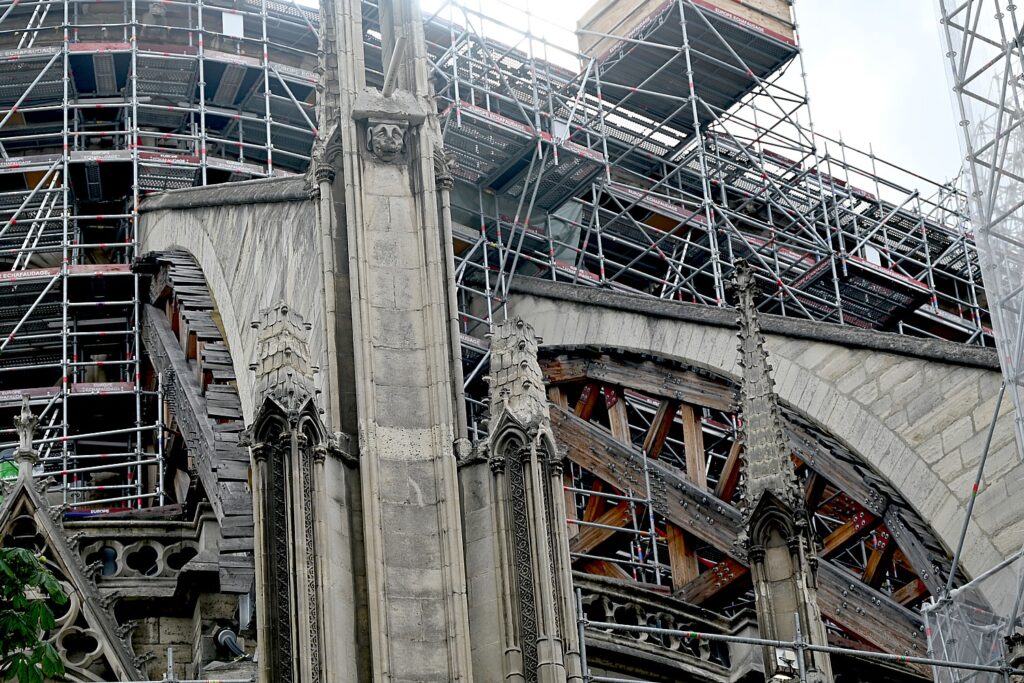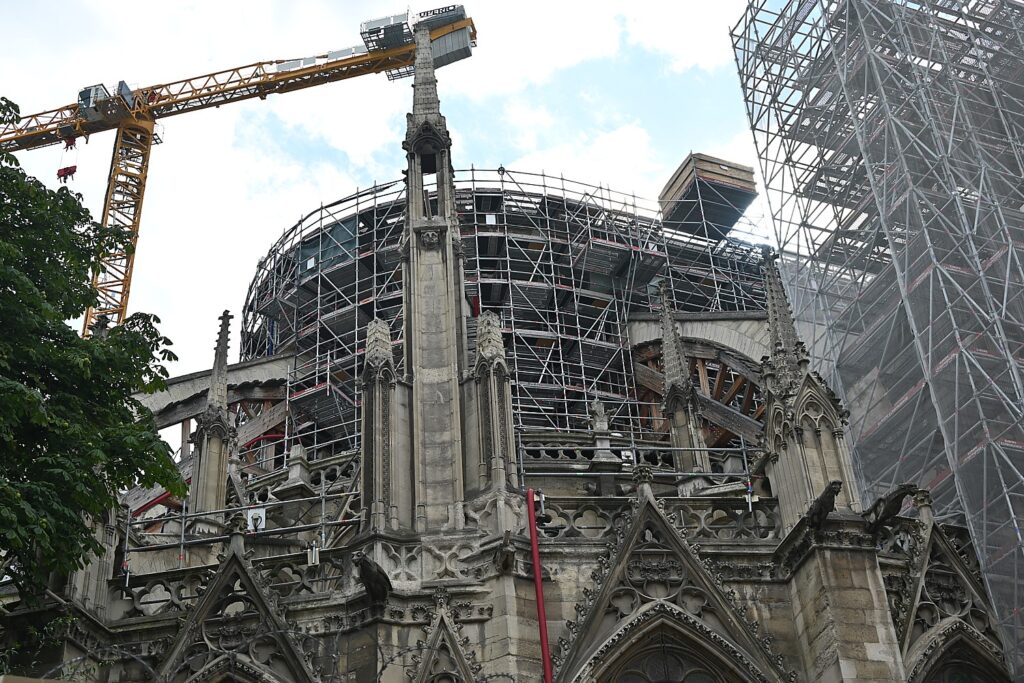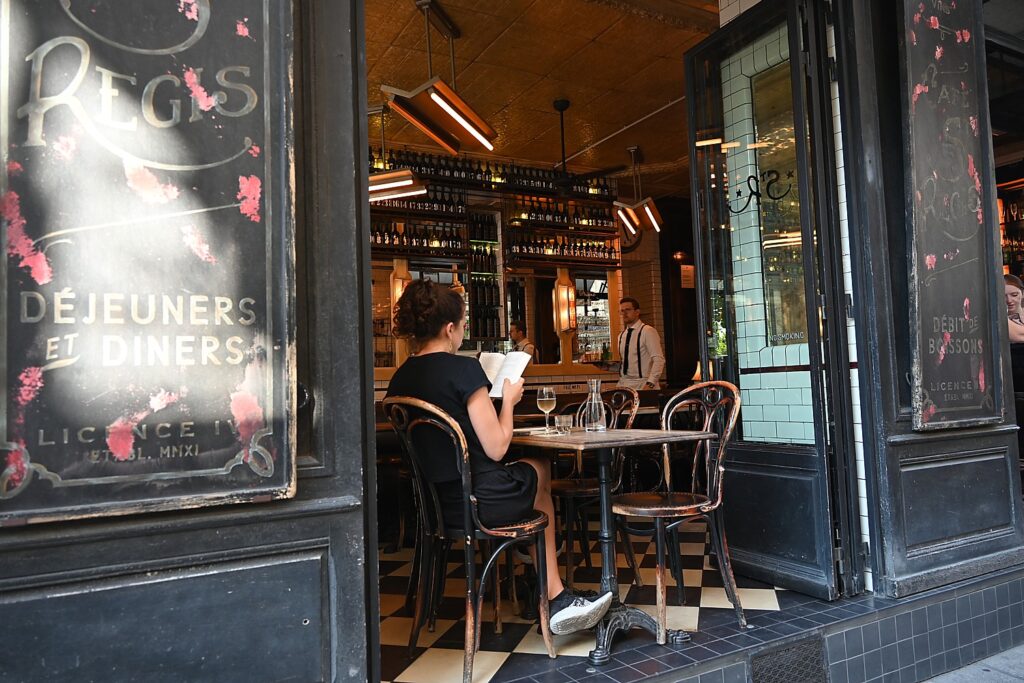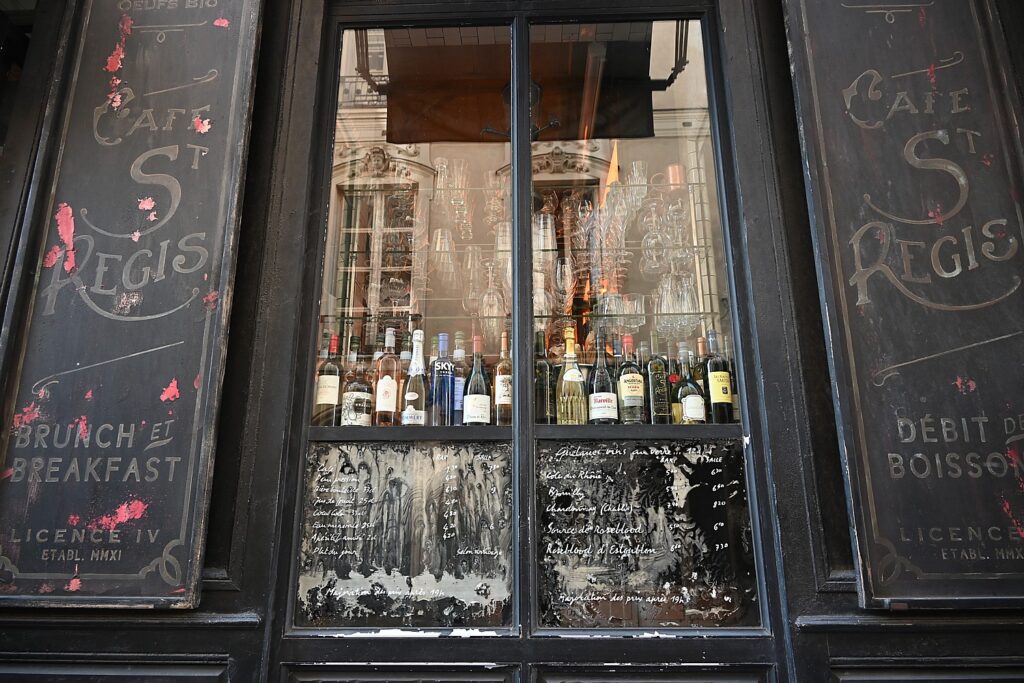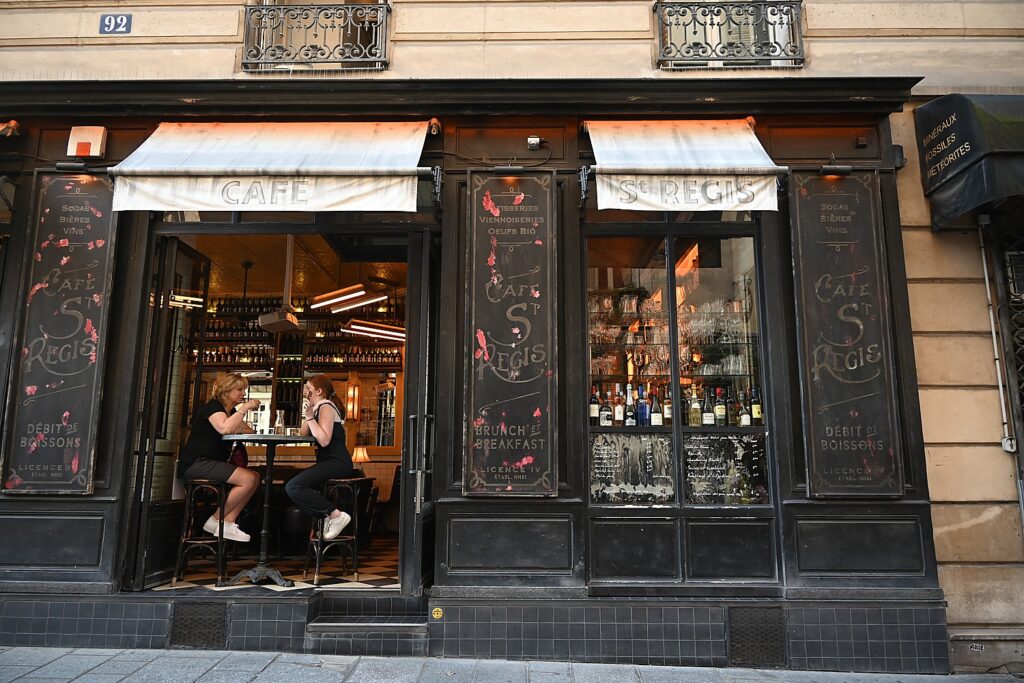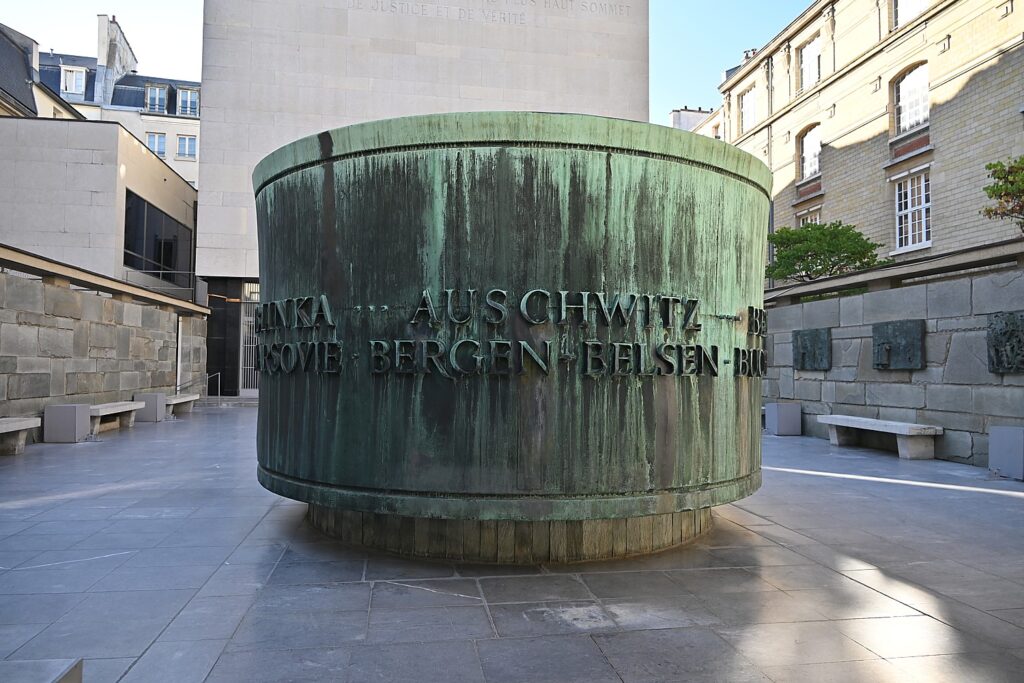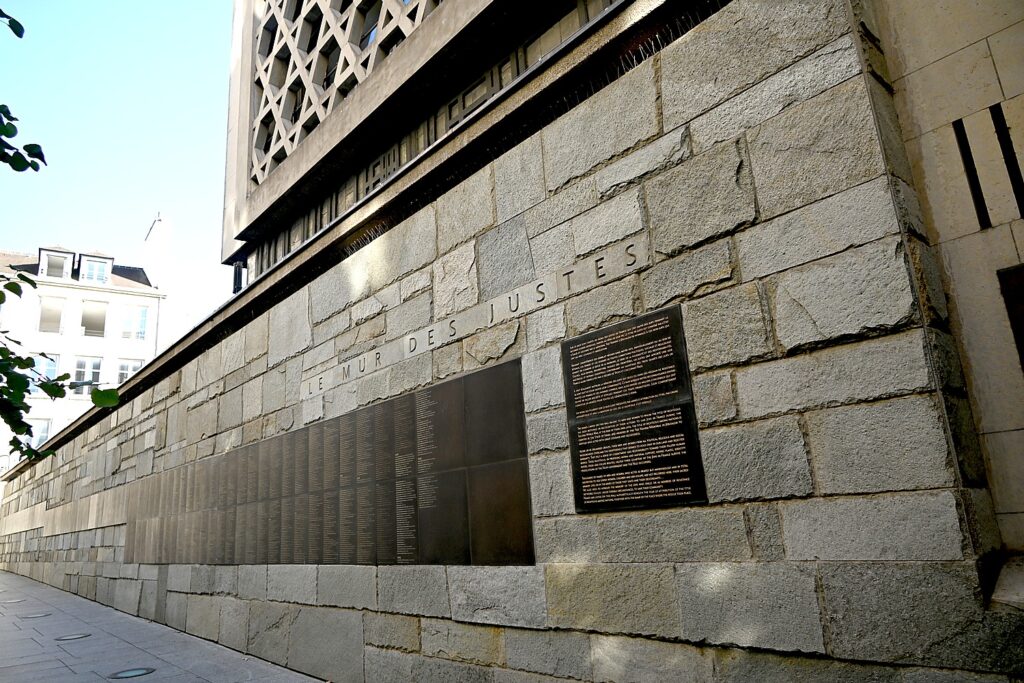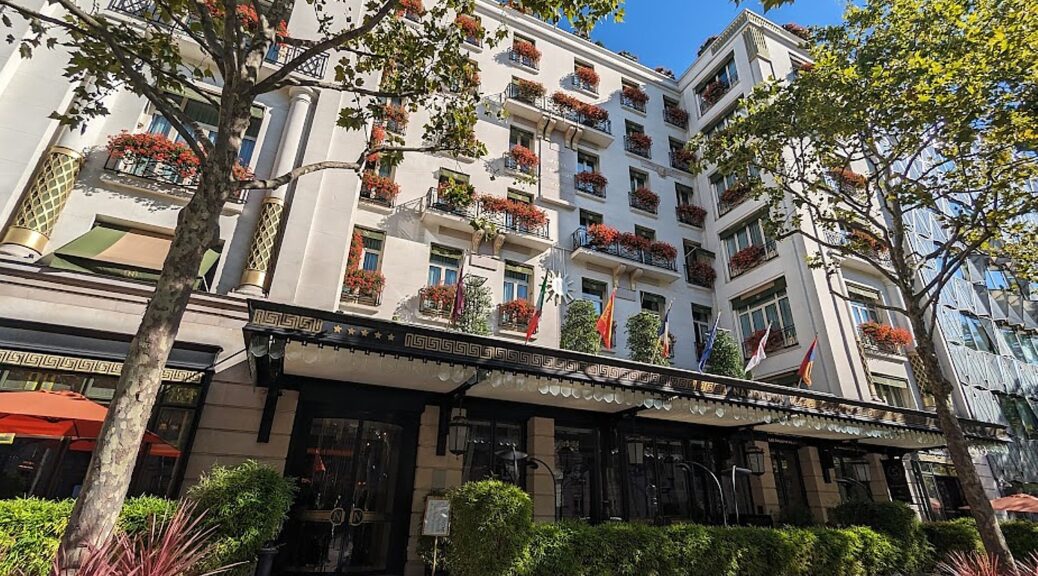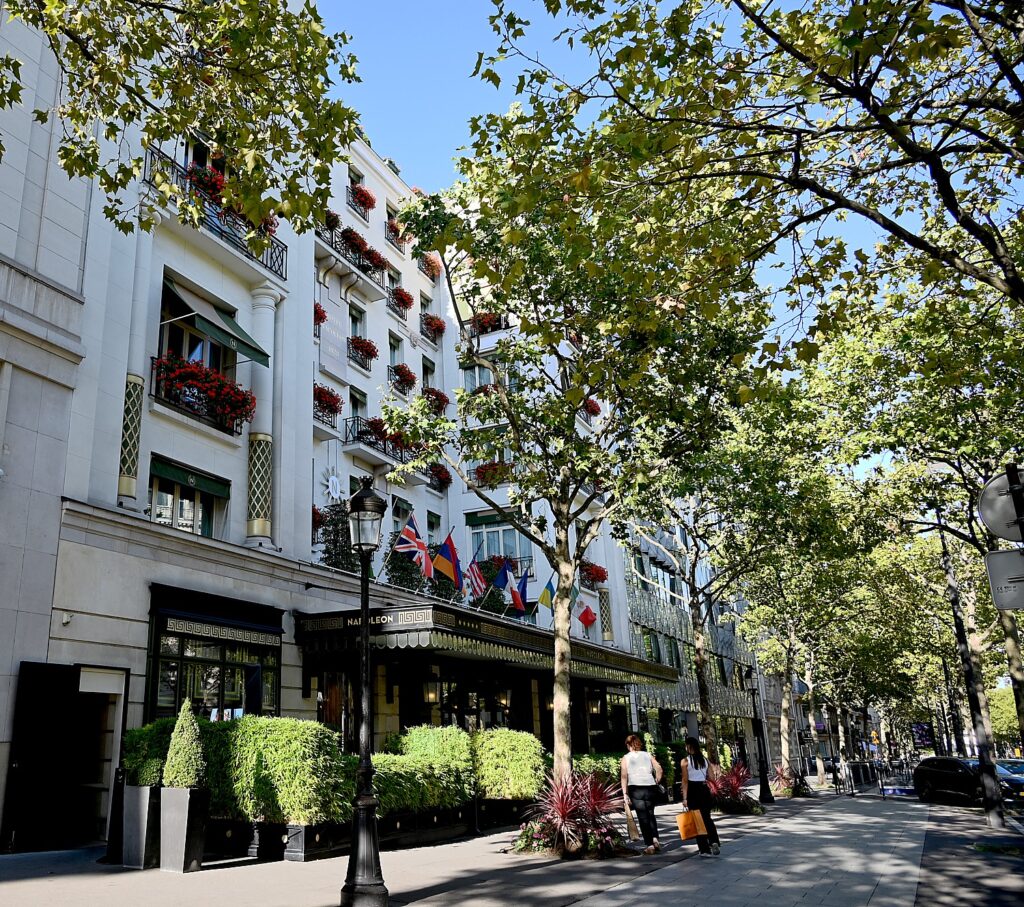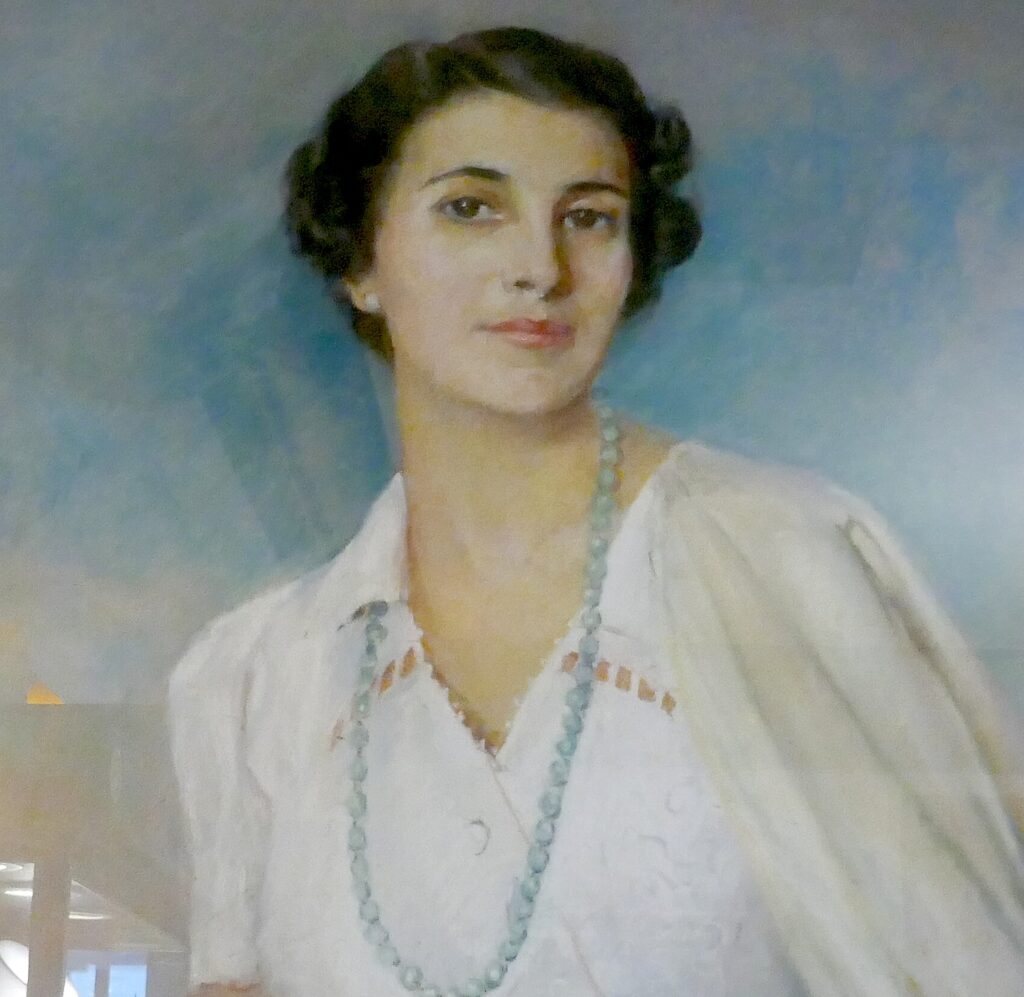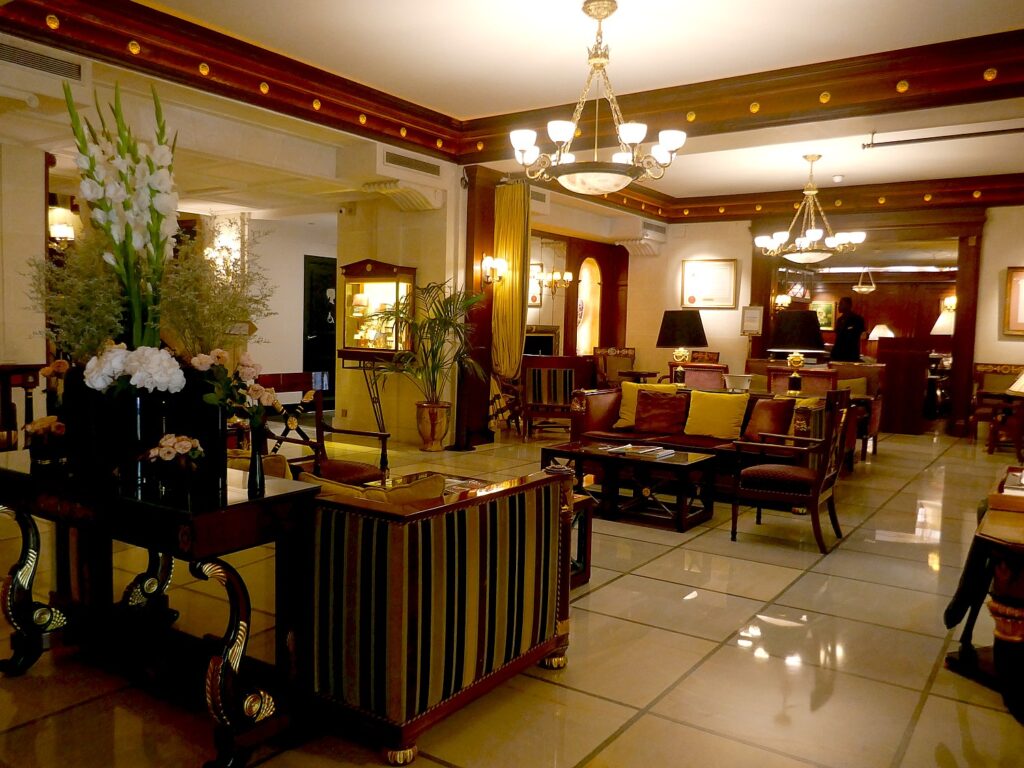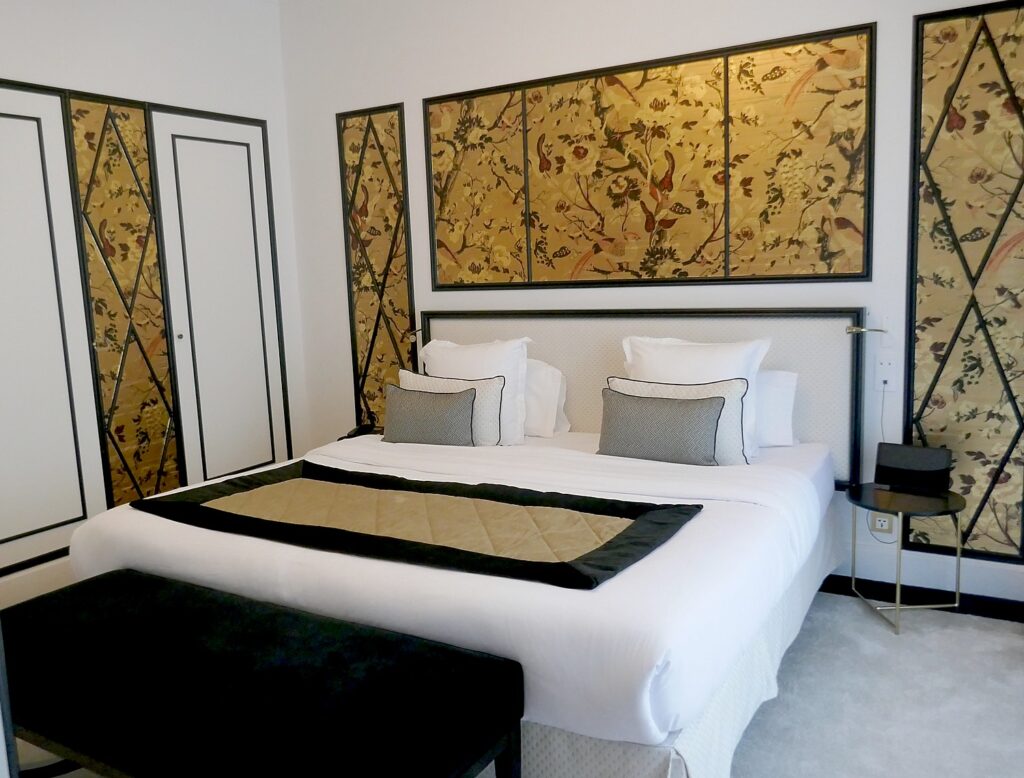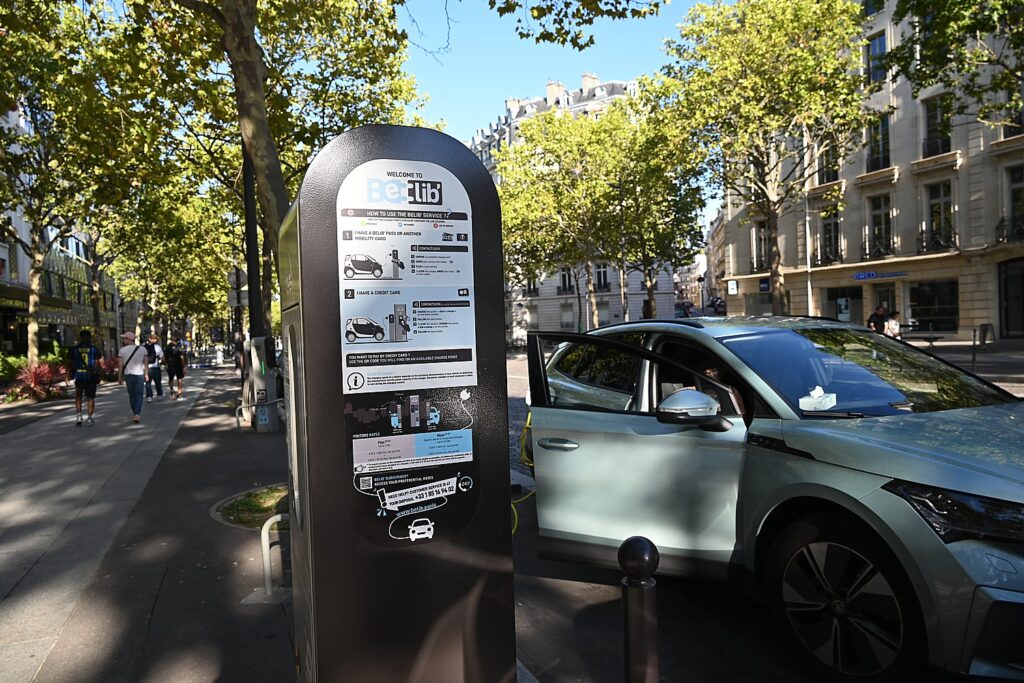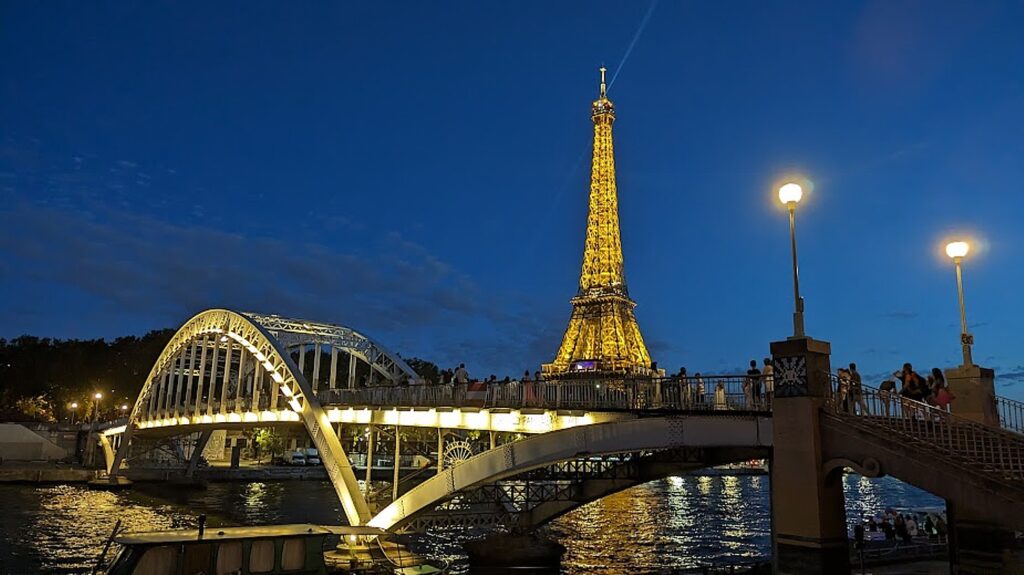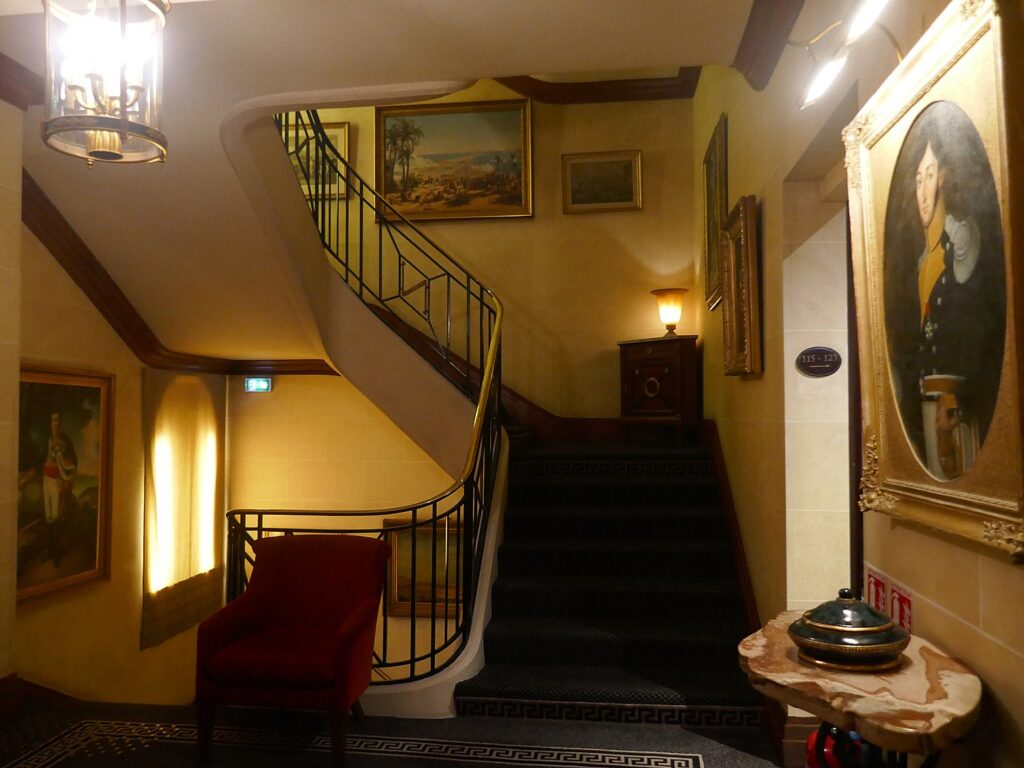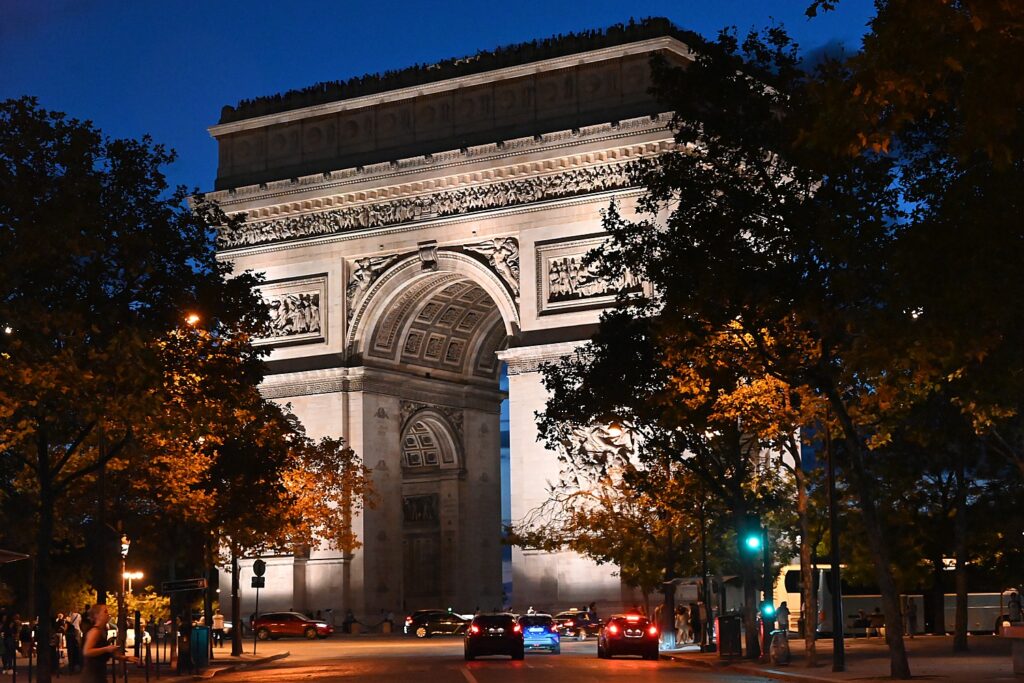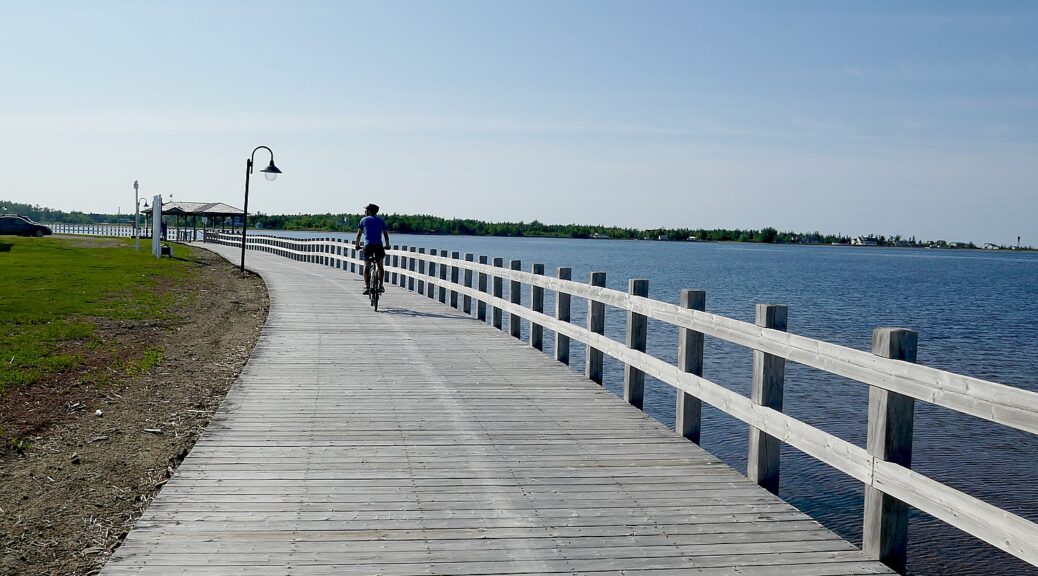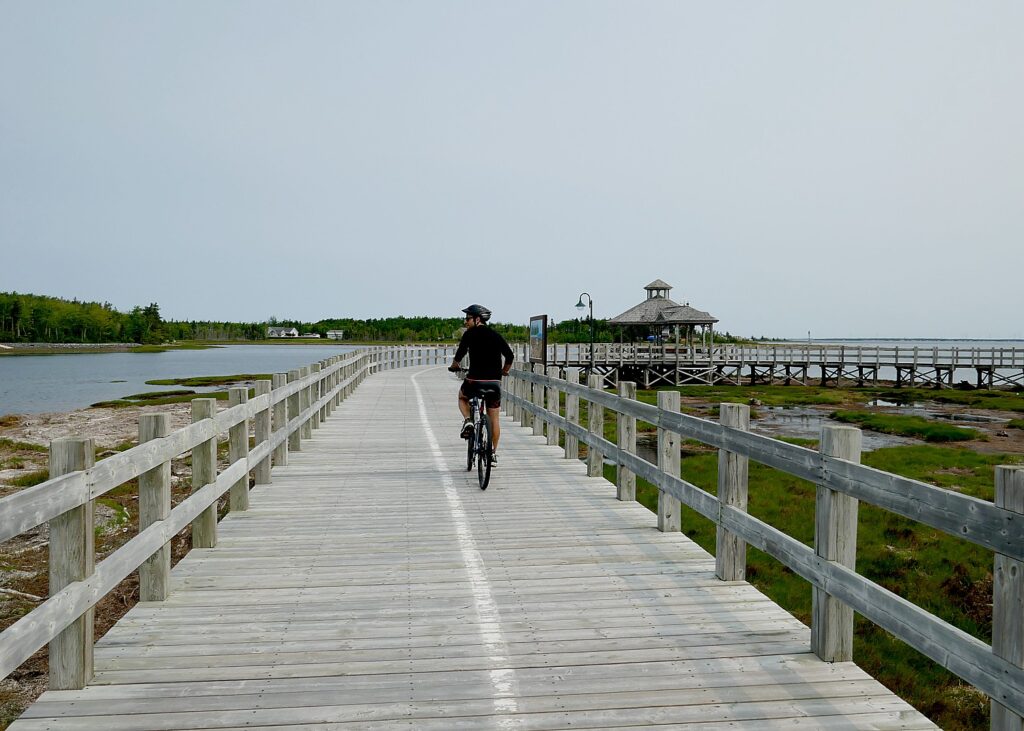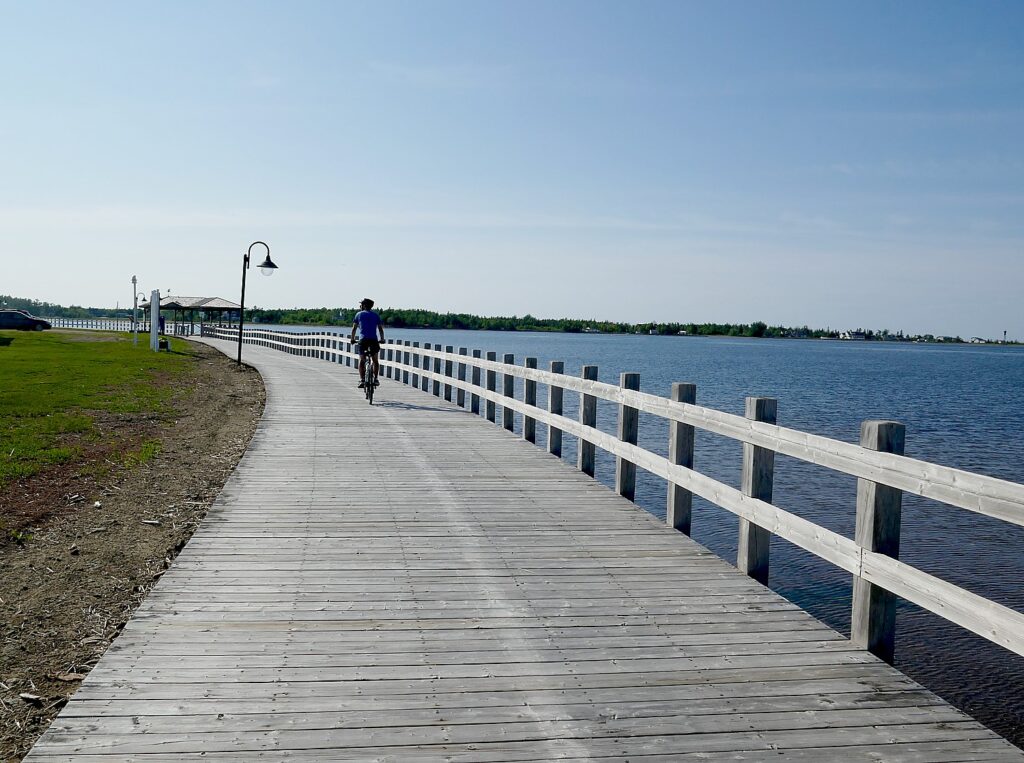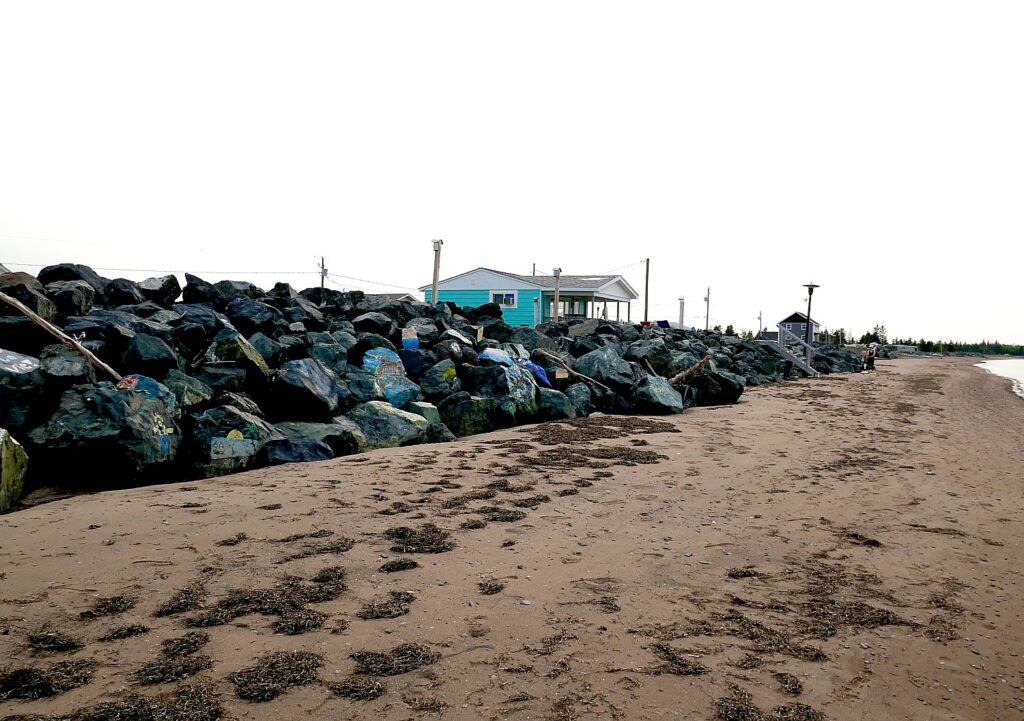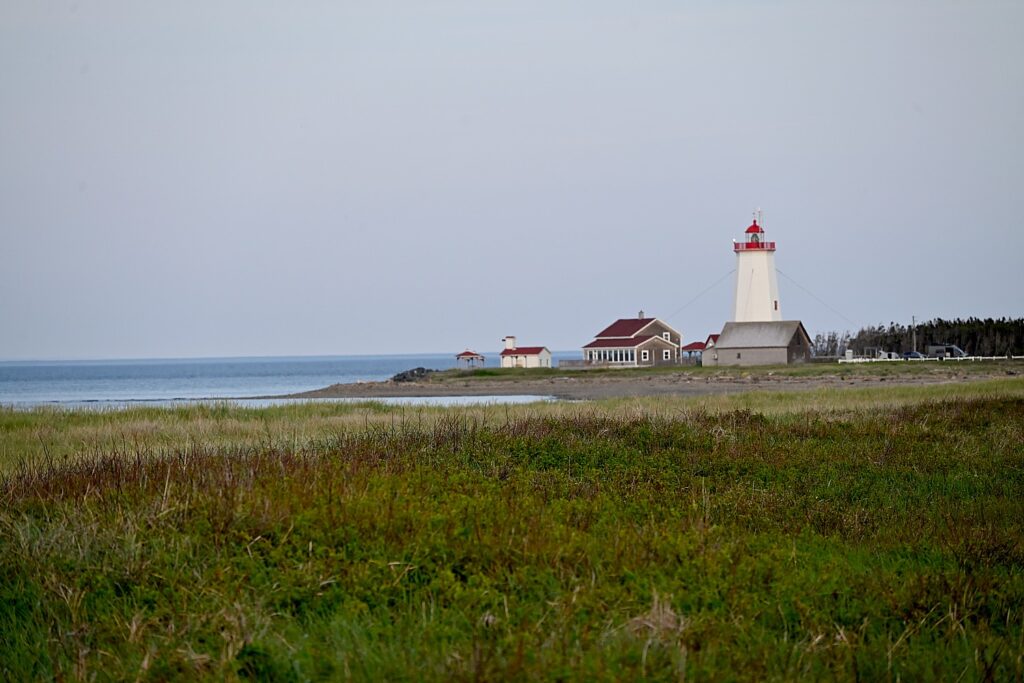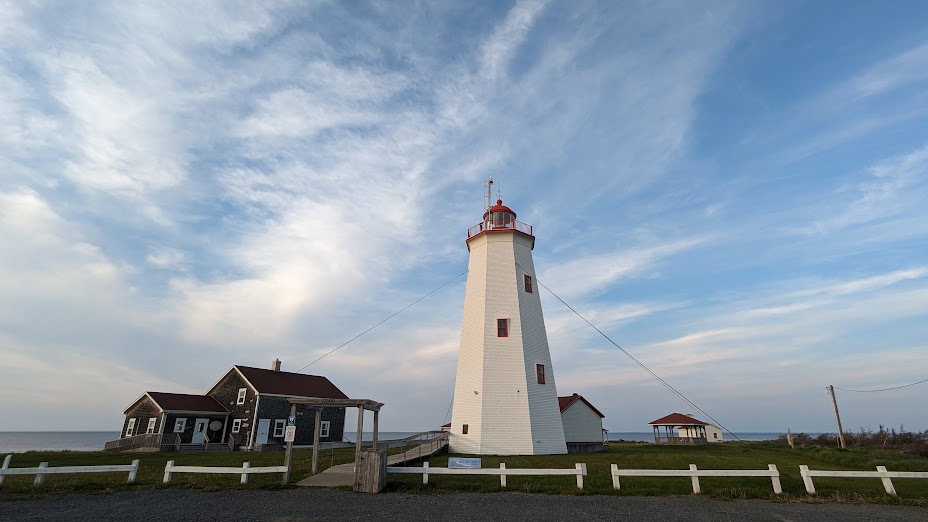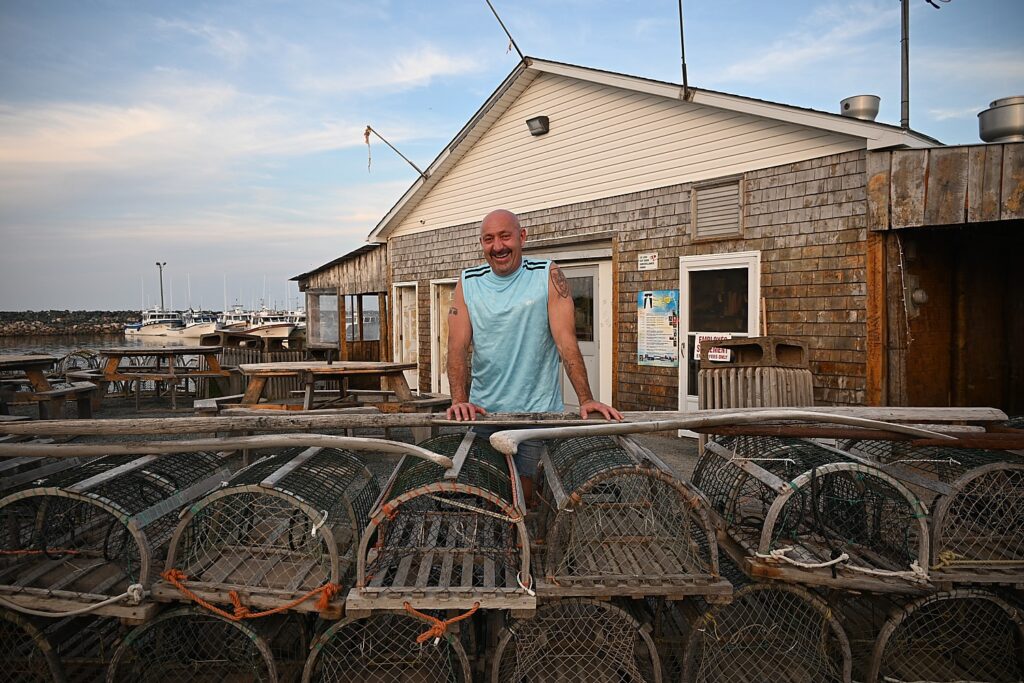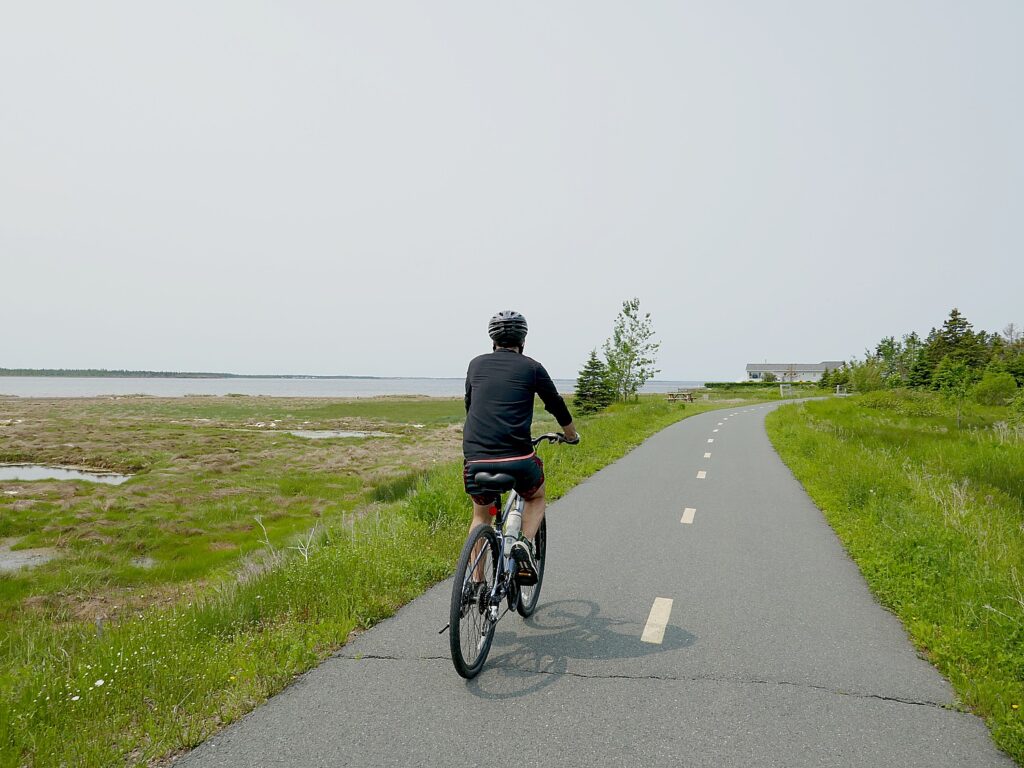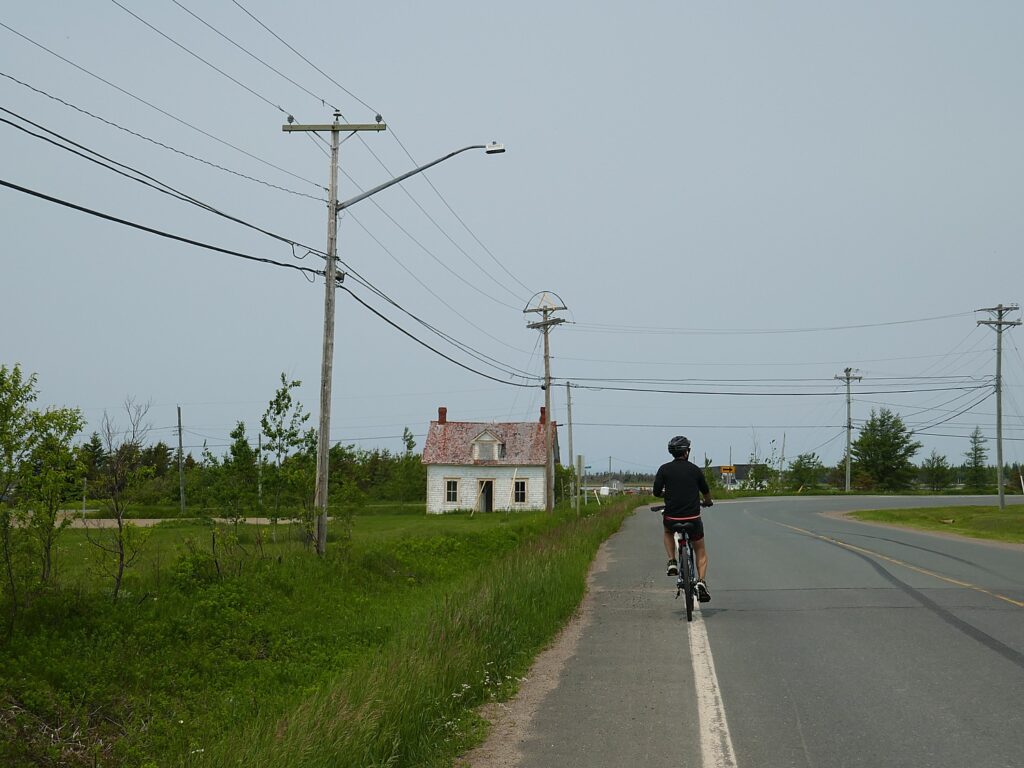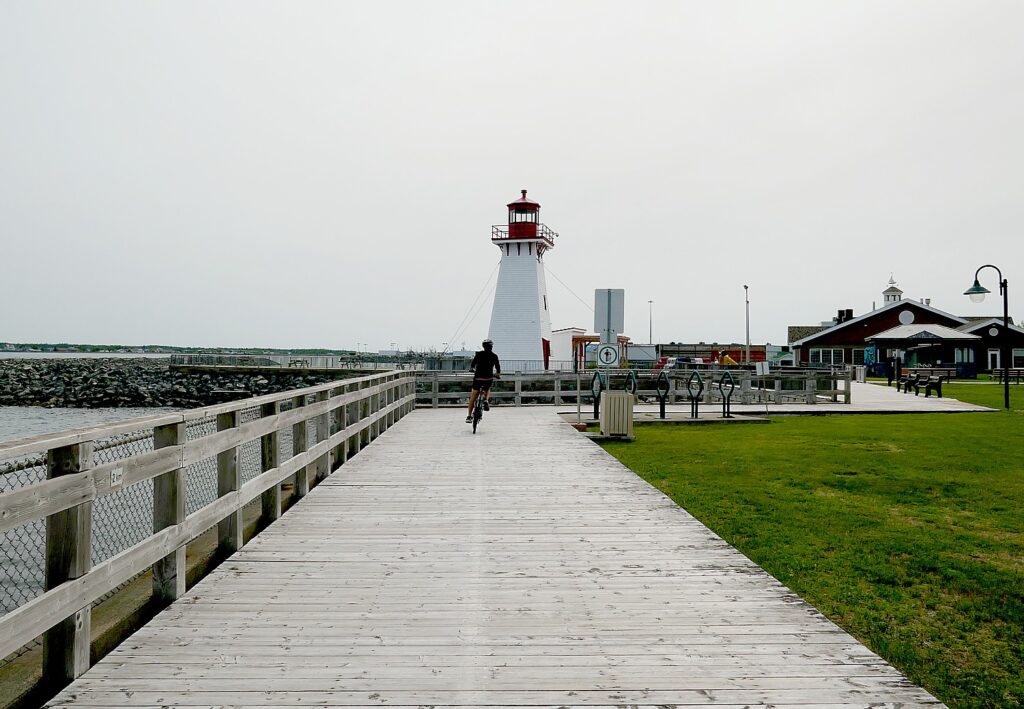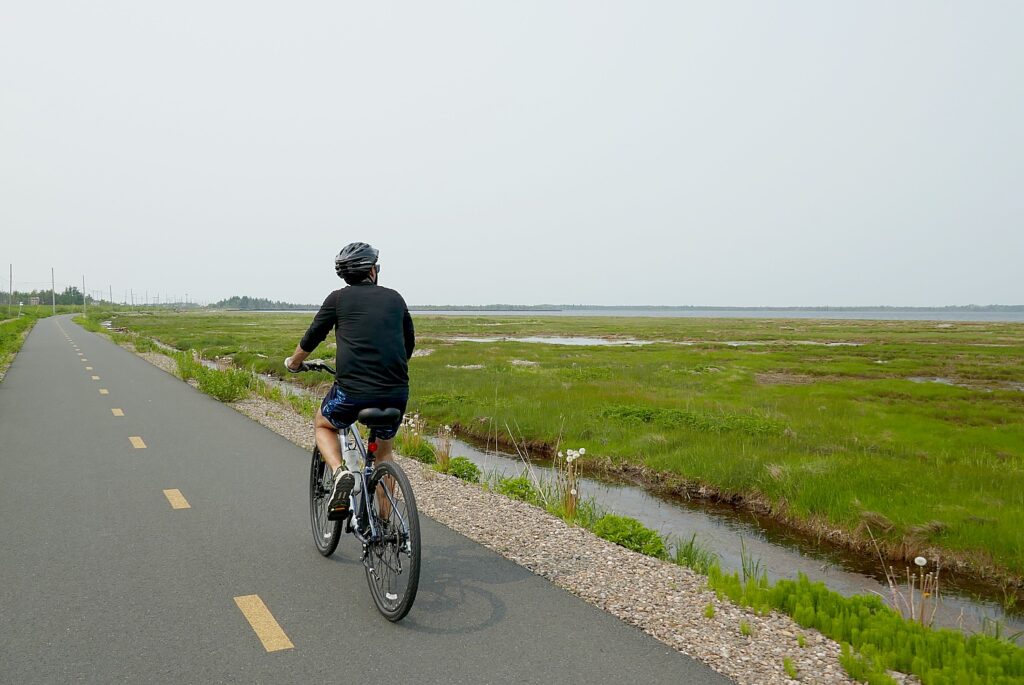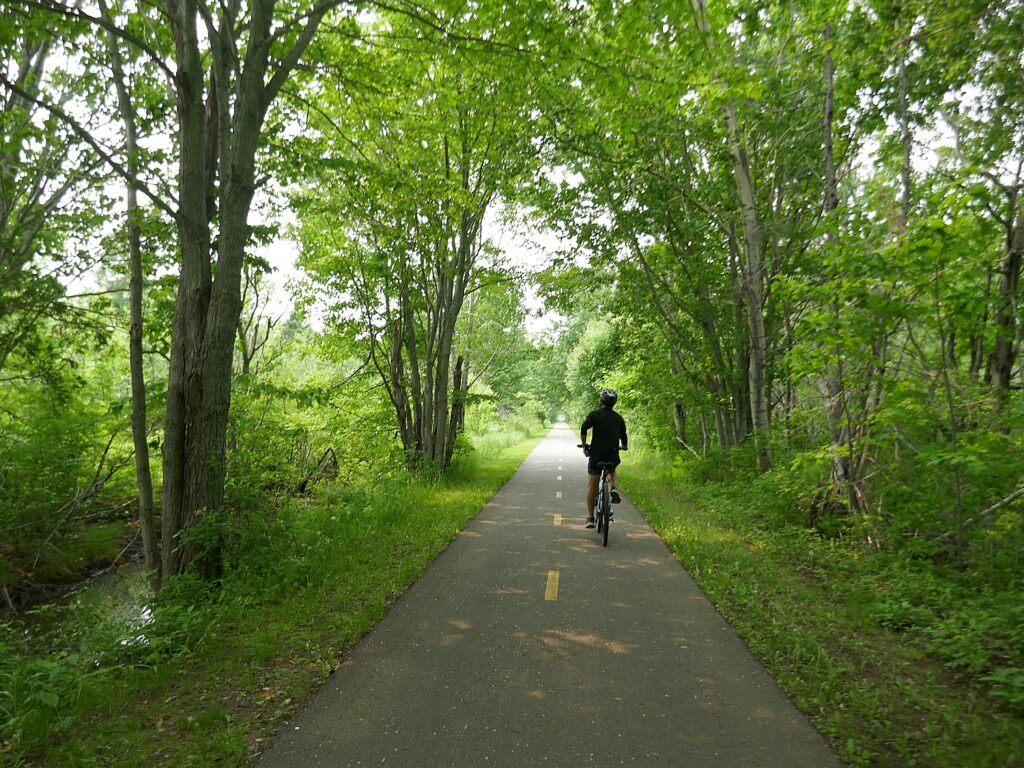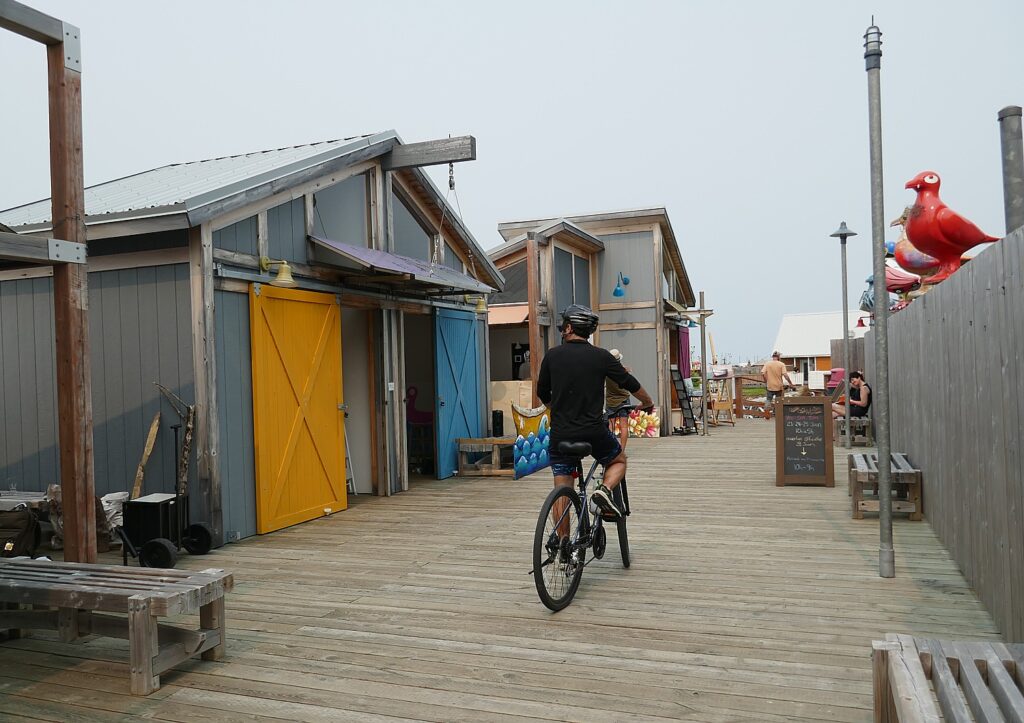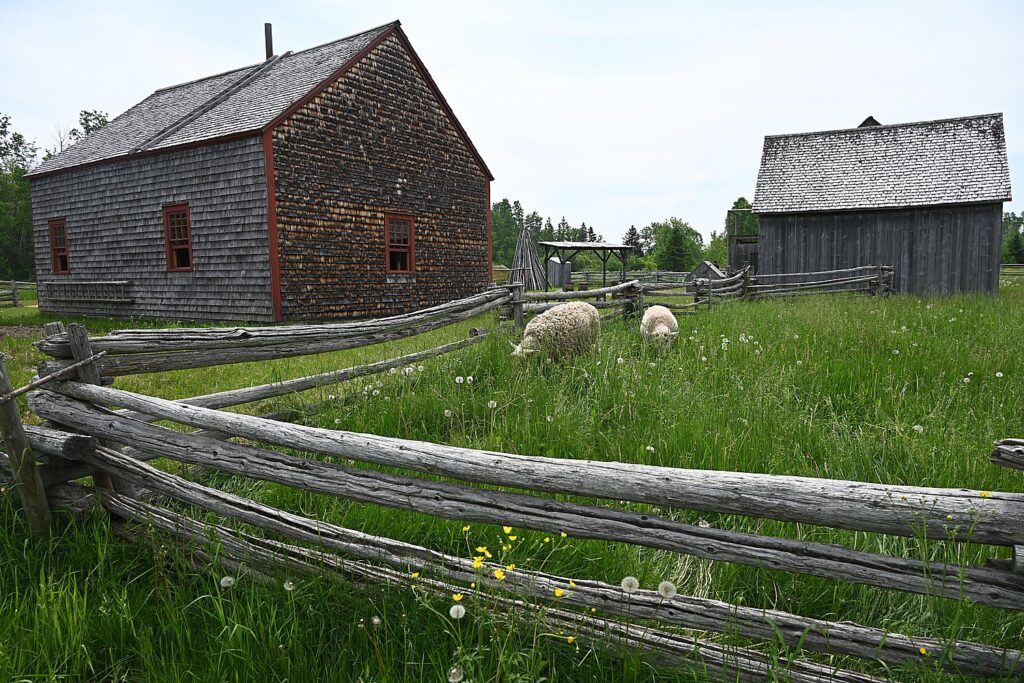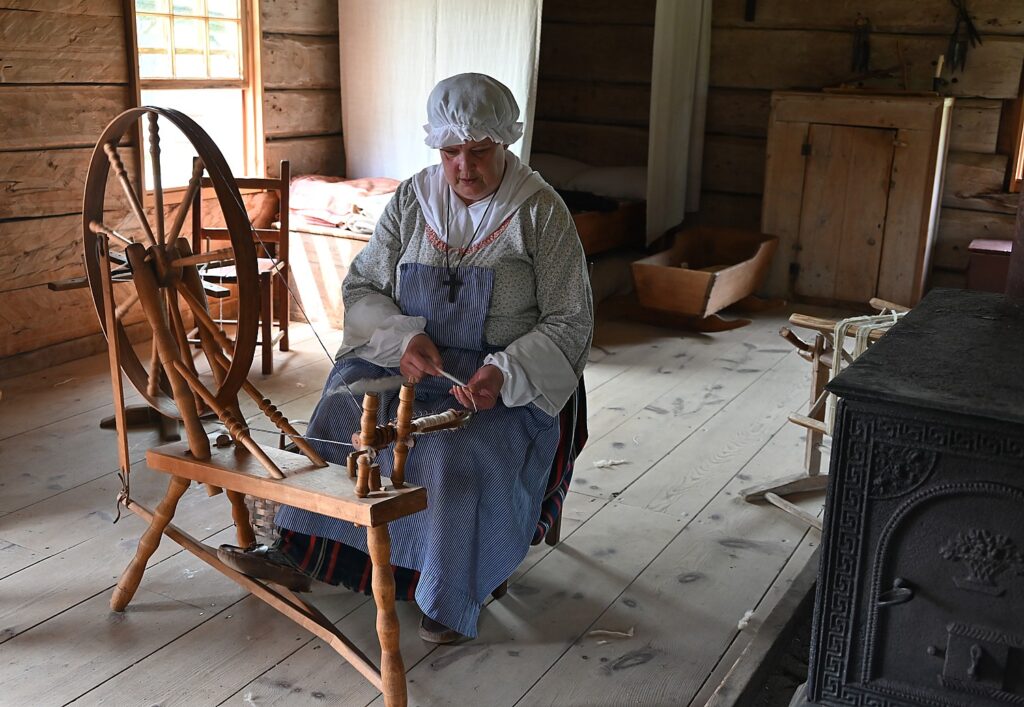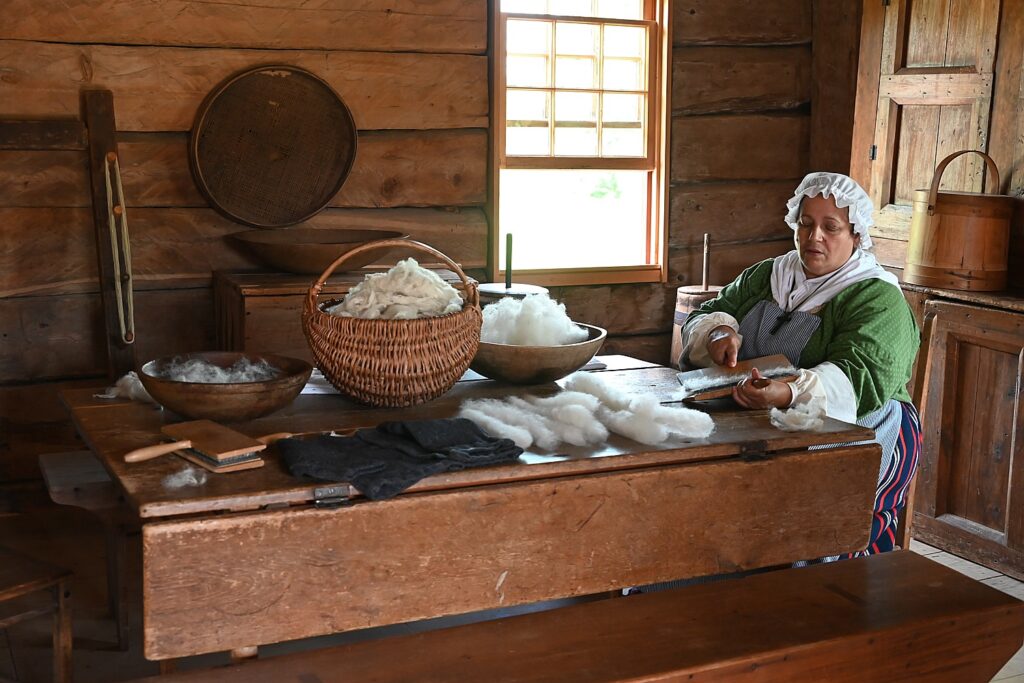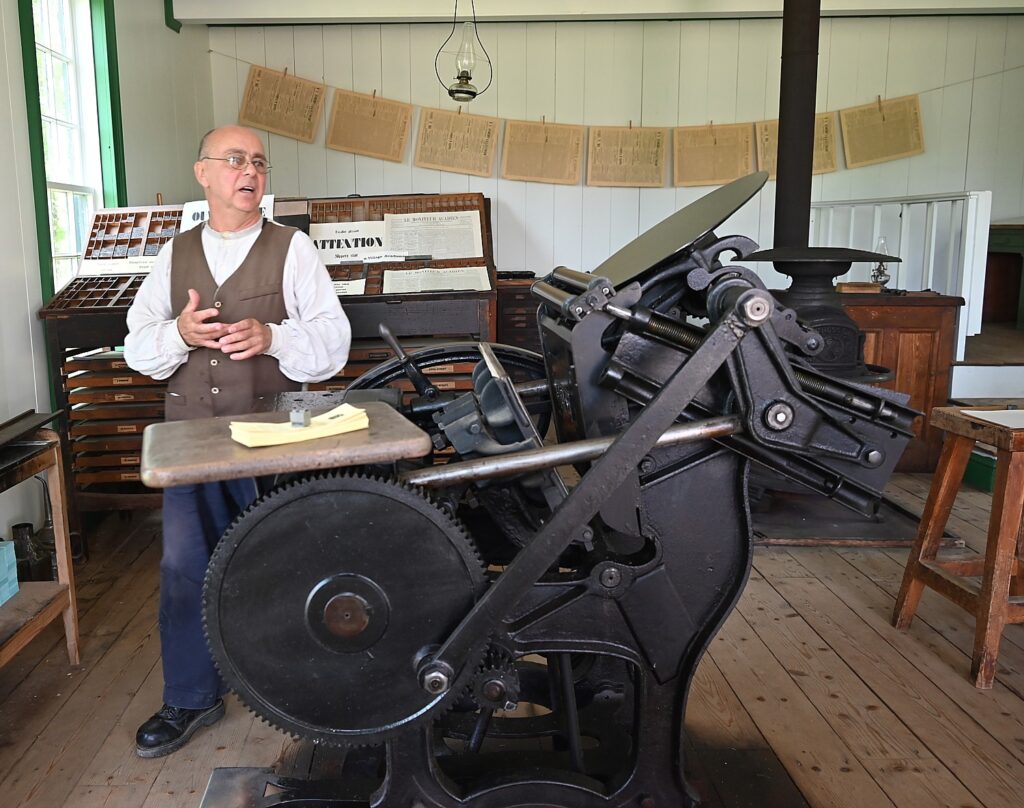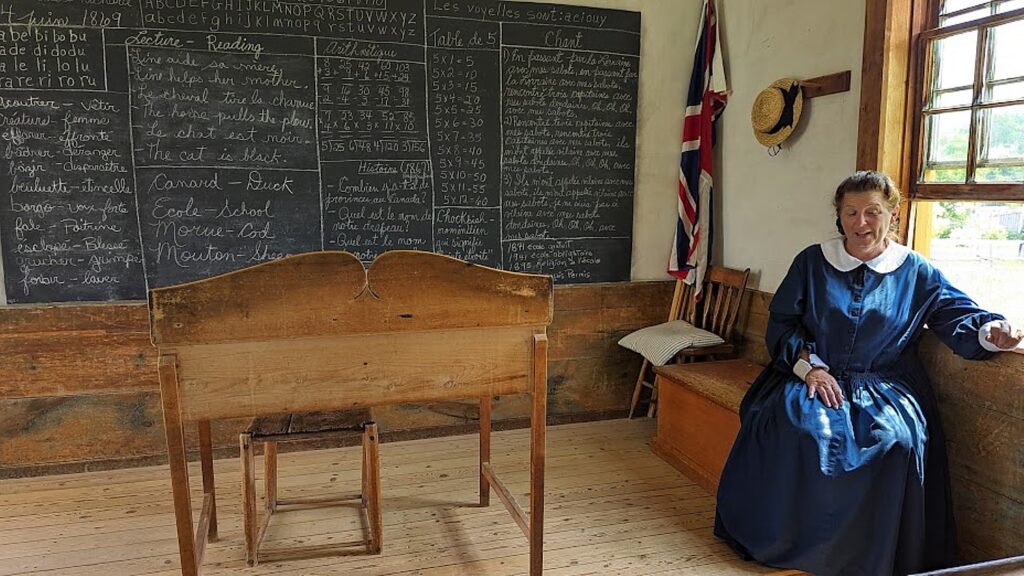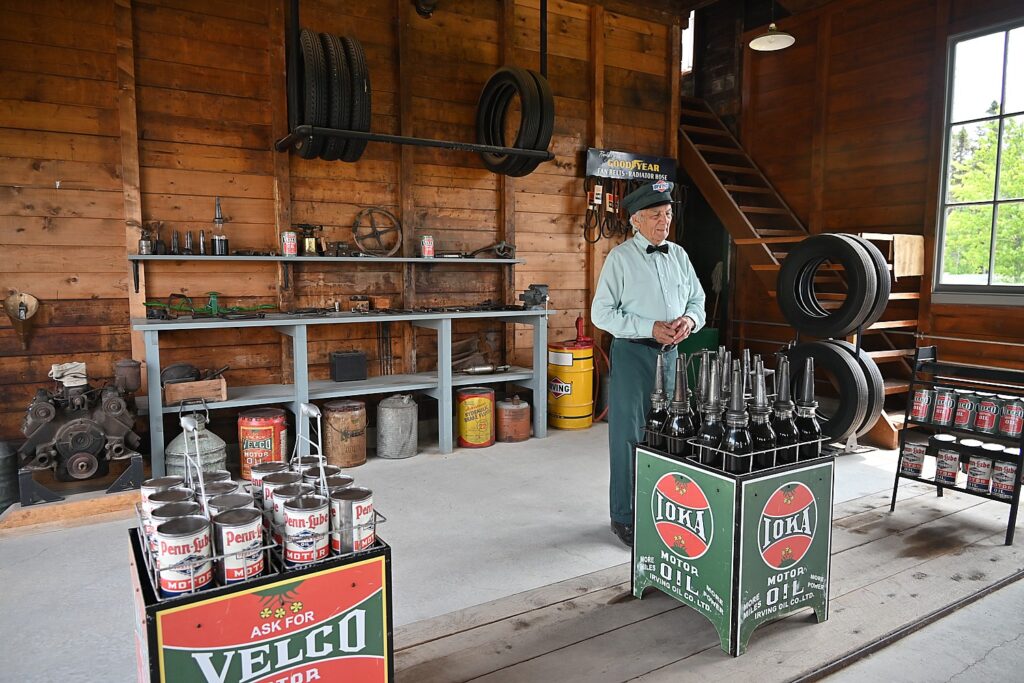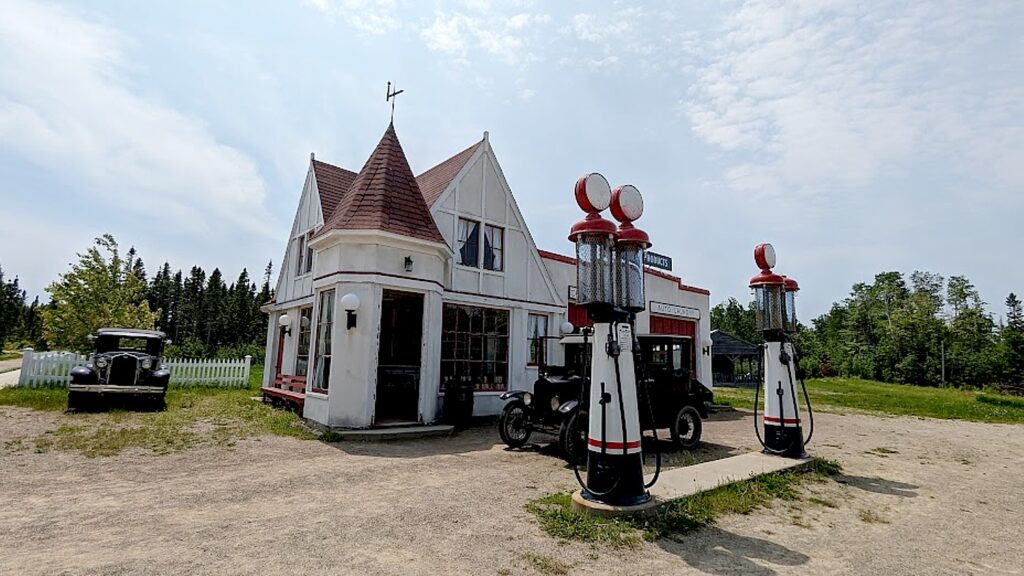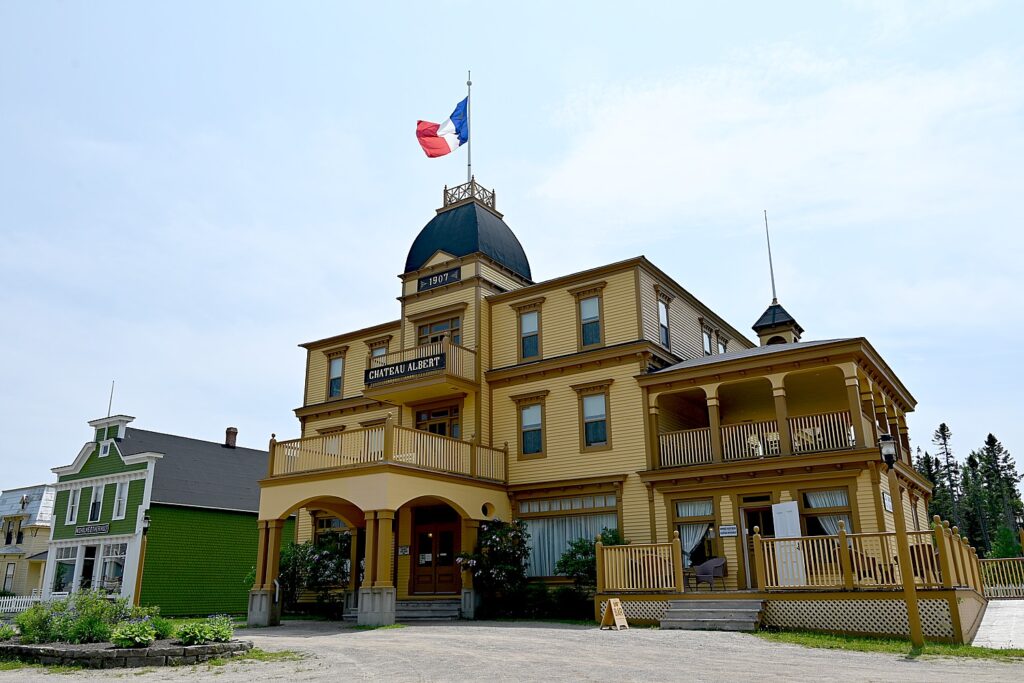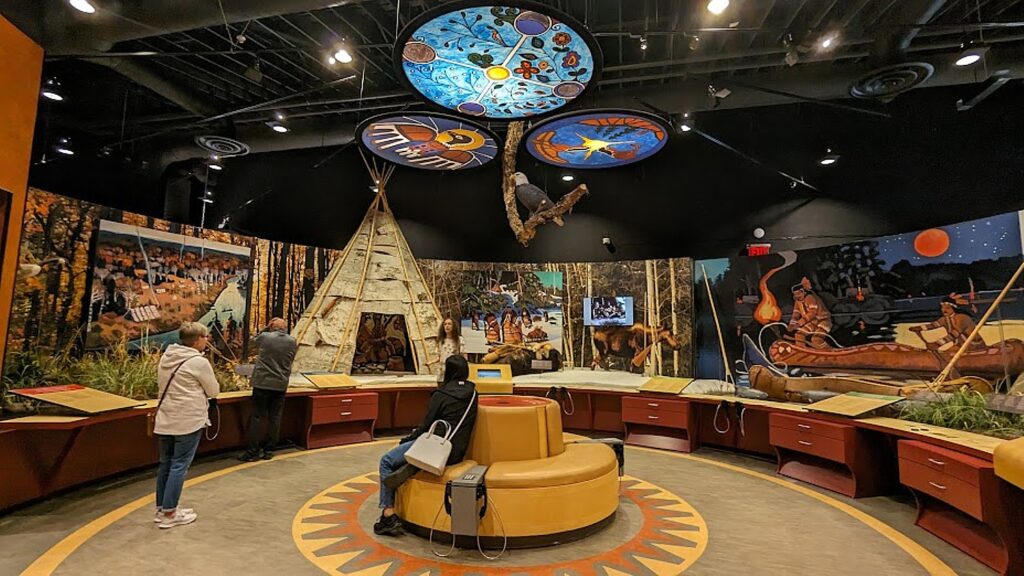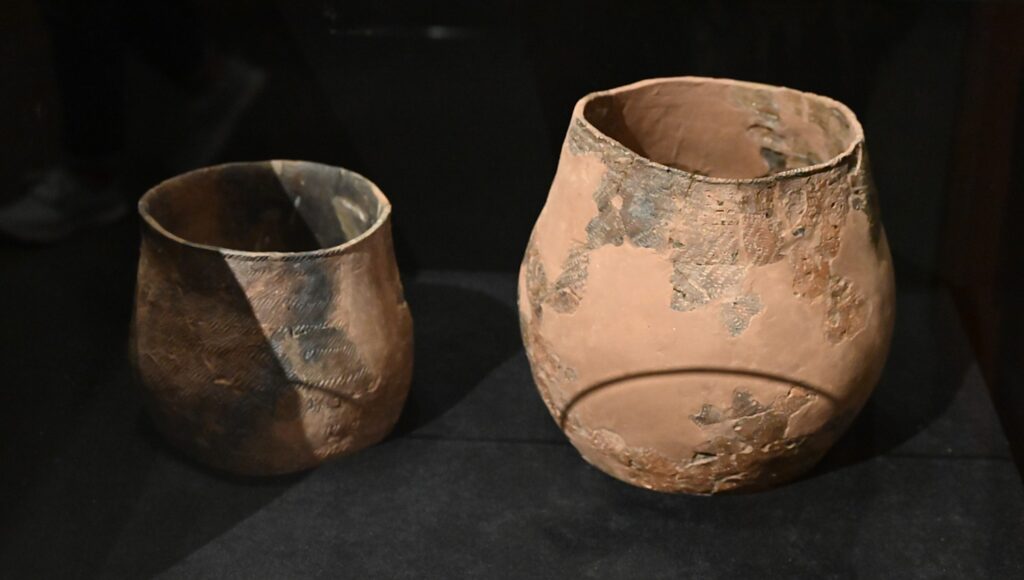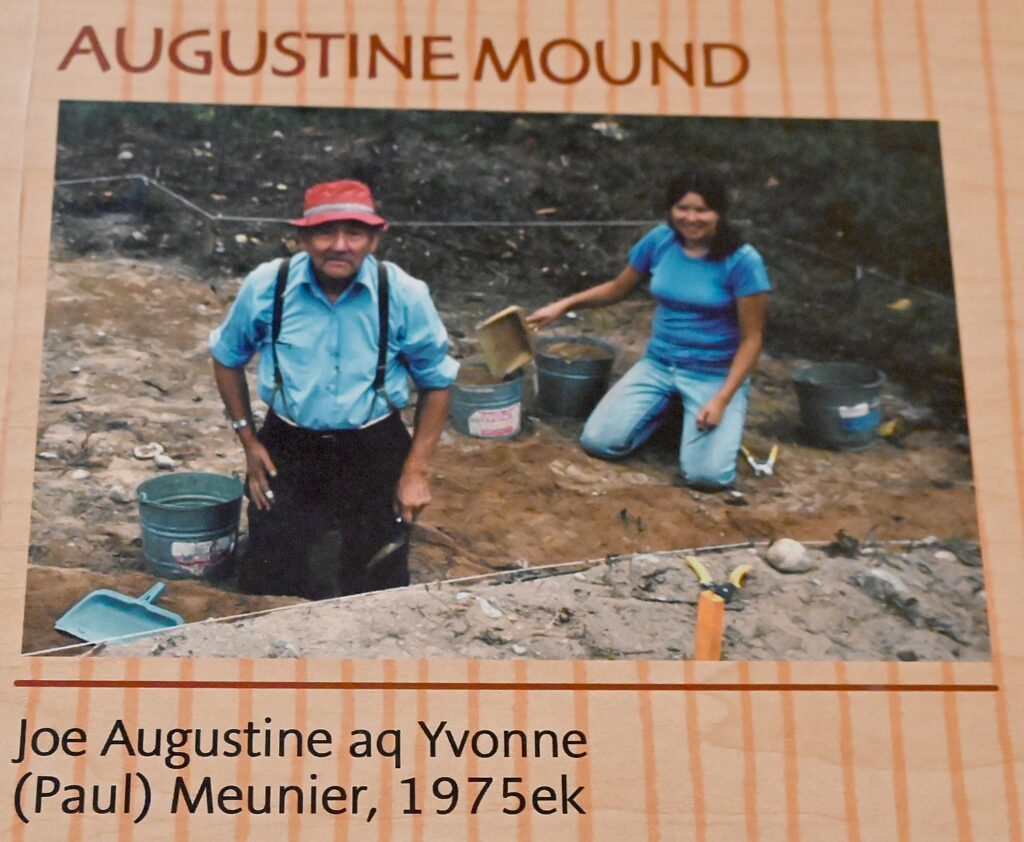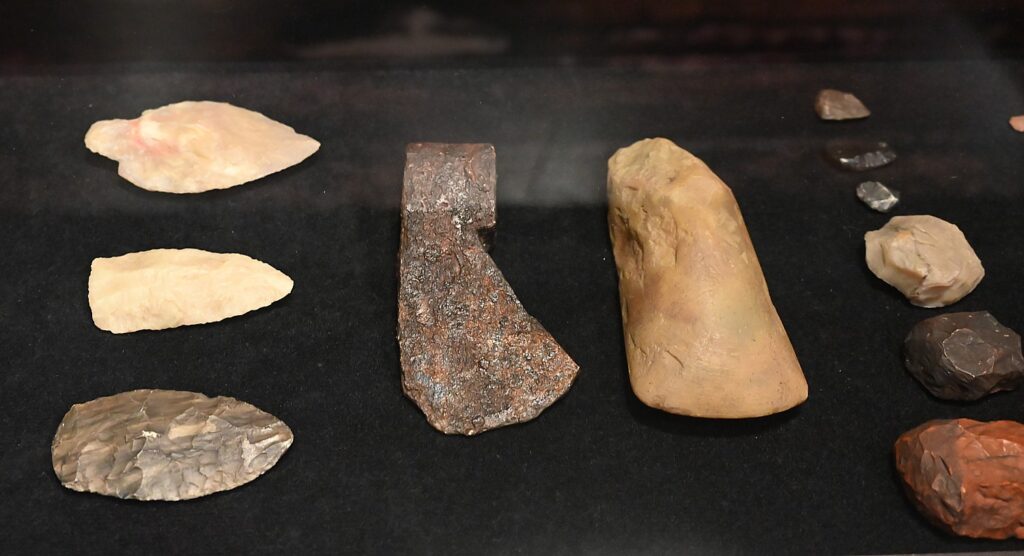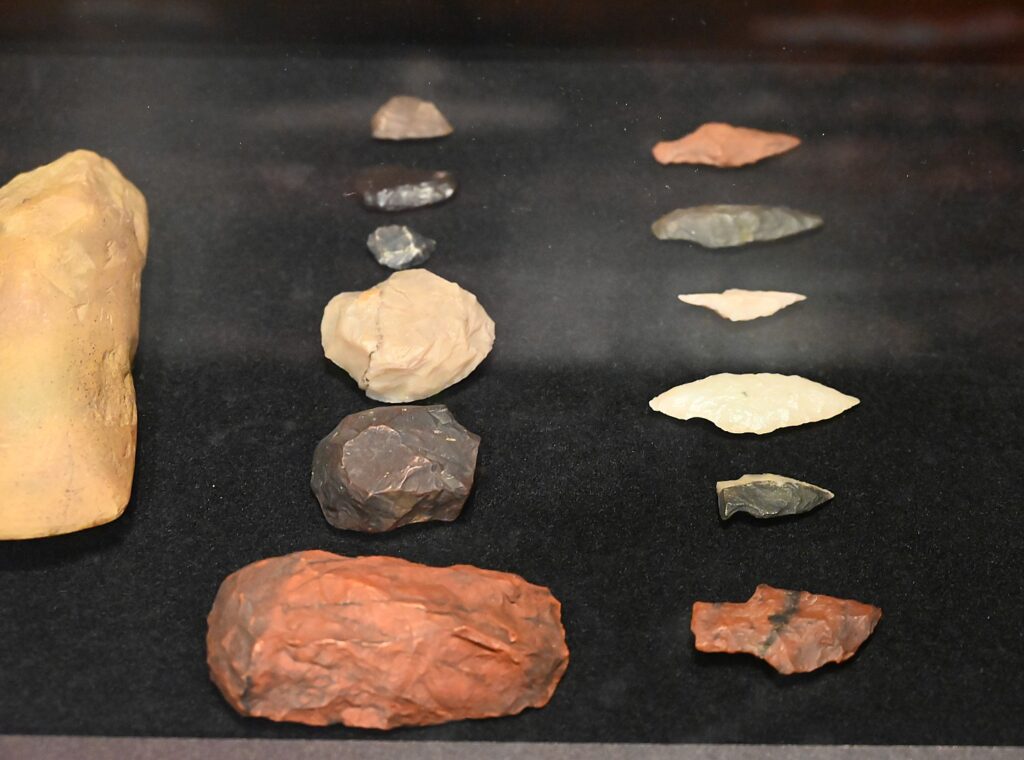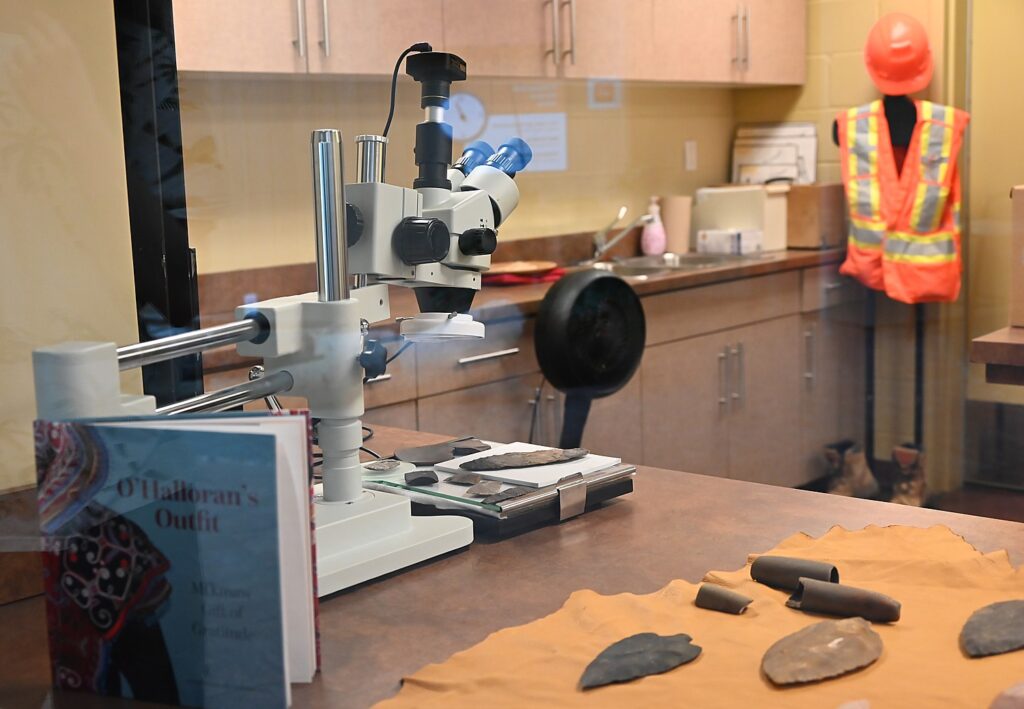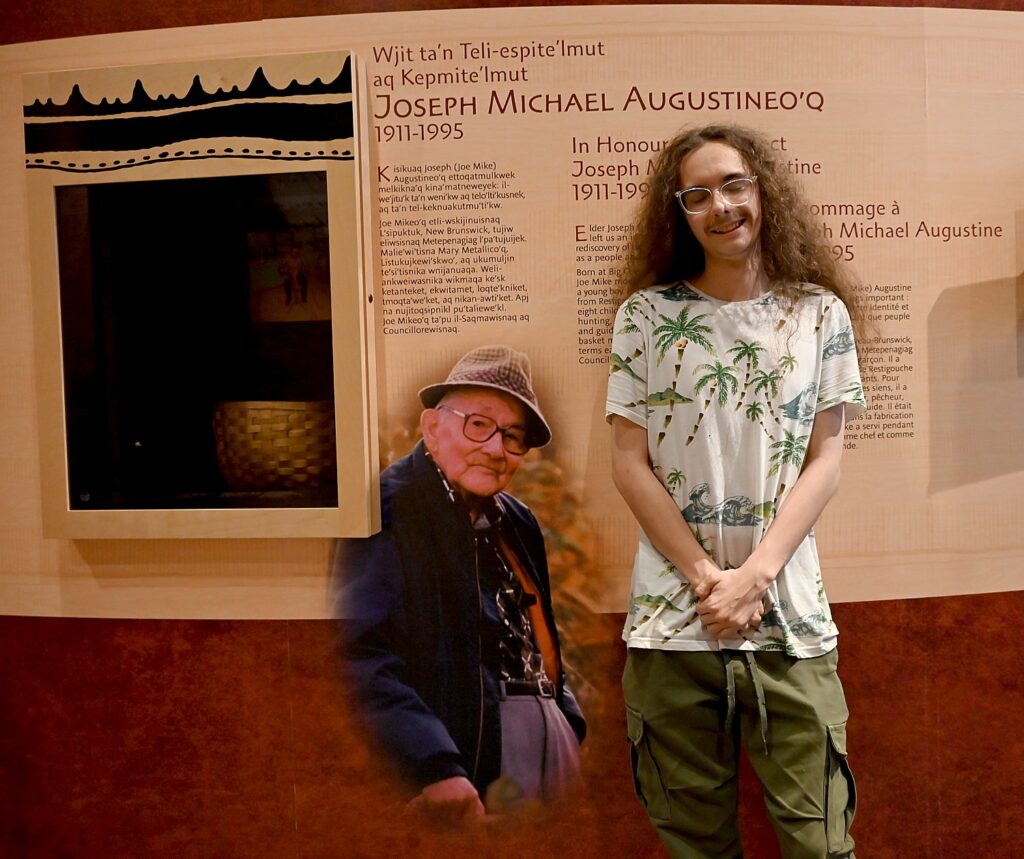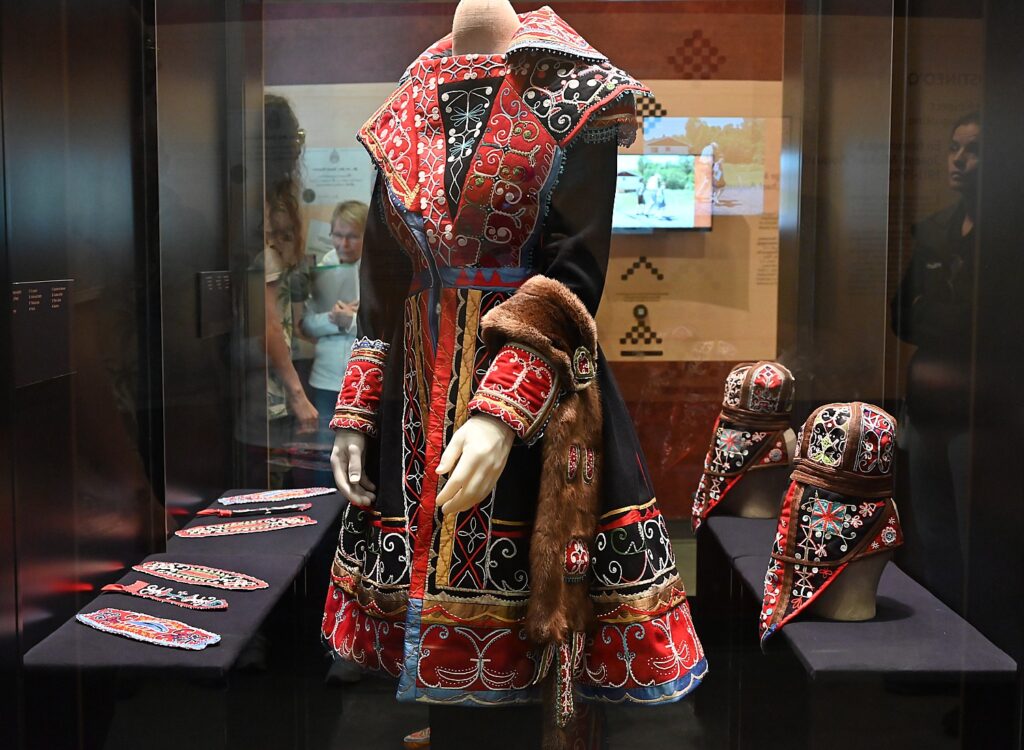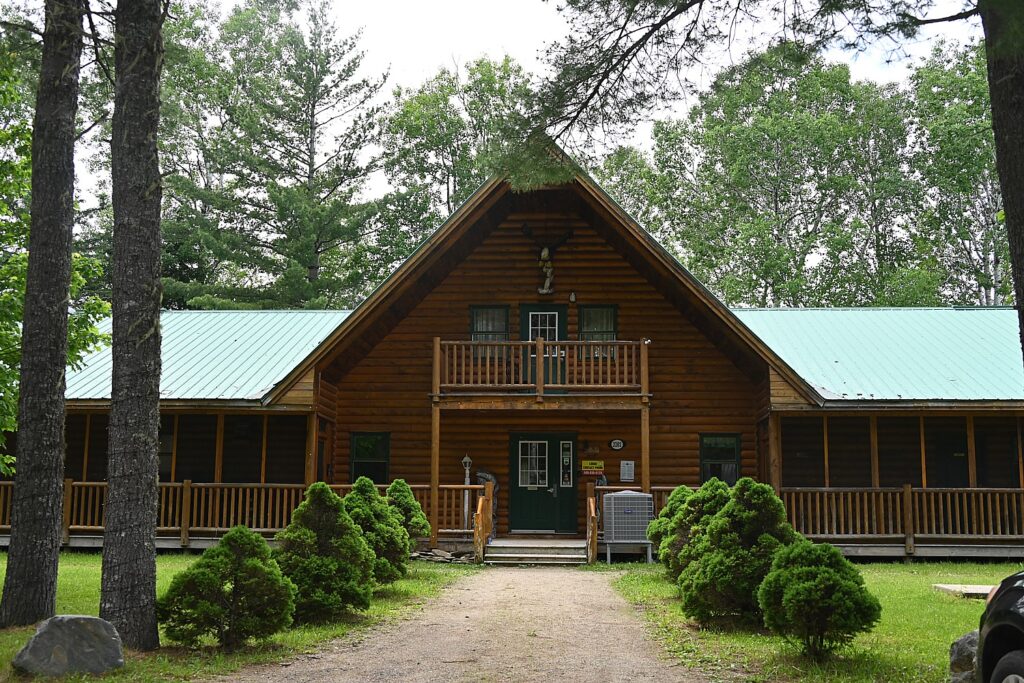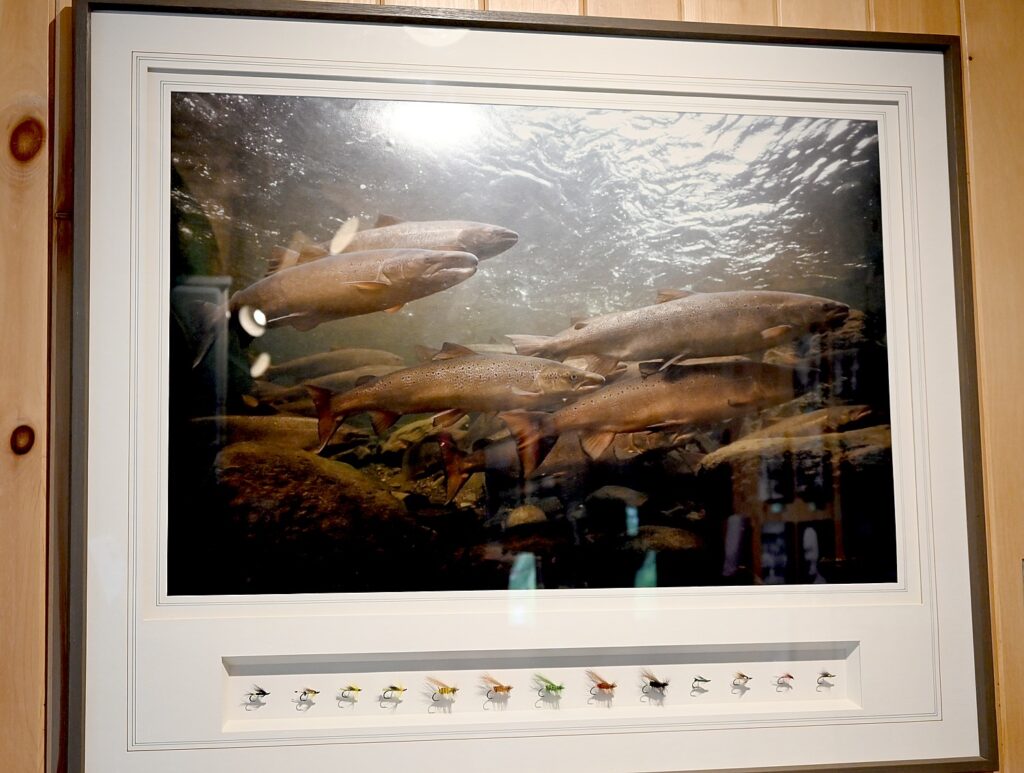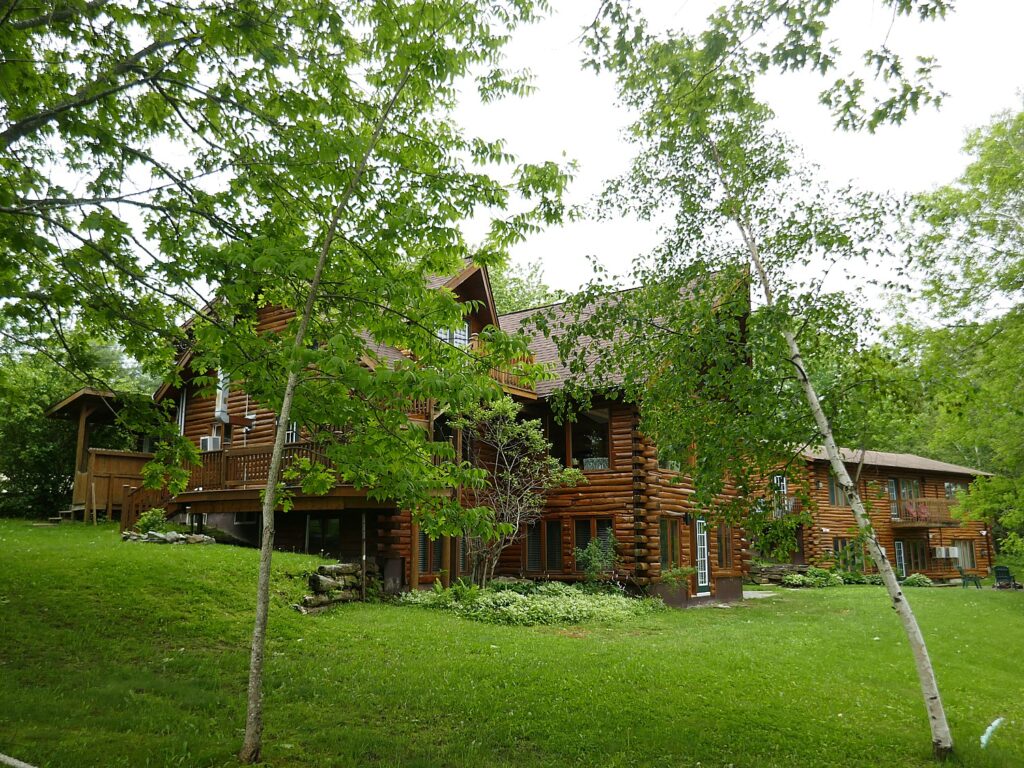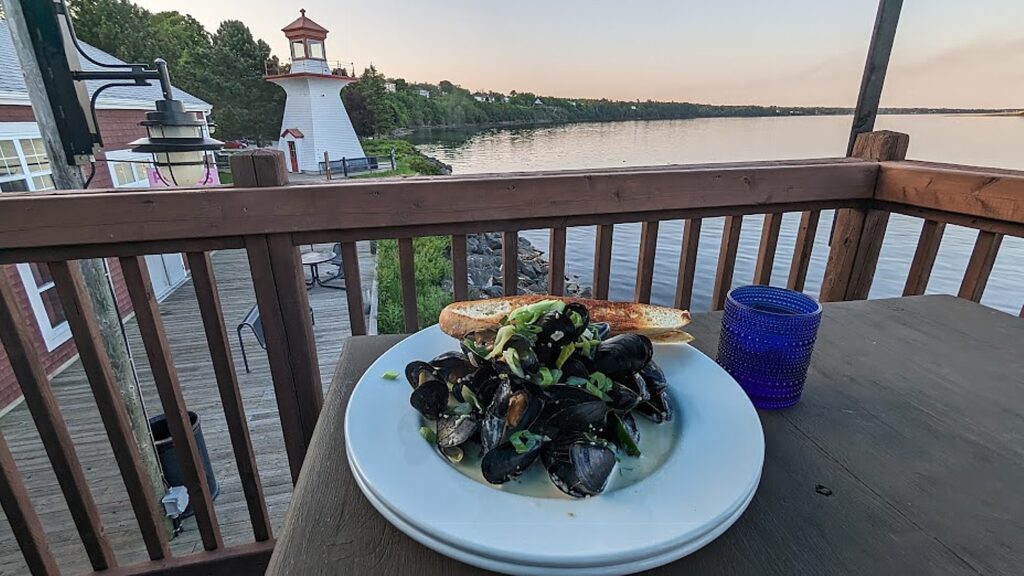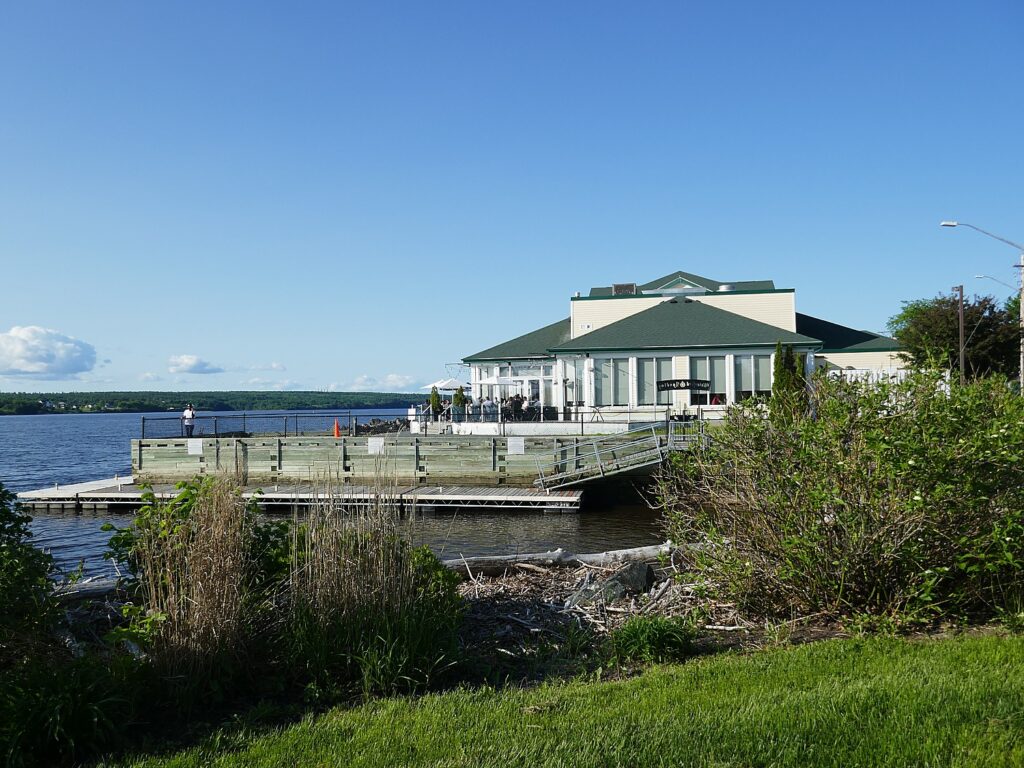
By Karen Rubin with Eric Leiberman, Travel Features Syndicate, goingplacesfarandnear.com
It’s a dark night when we pull into our hotel in Cambria, on California’s famous (and fragile) Pacific Highway 1, so it isn’t until I awake in the morning to a moist mist rising after a rain, that I realize what is just across the road from the picturesque Moonstone Beach and a magnificent boardwalk that extends 1 ½ miles over the fragile seagrass, the ocean crashing against the rocky shore just beyond, where a few seals are resting, the sun making a gorgeous sparkling light,
We’ve driven down from the north, starting at San Francisco, to Monterey (made famous by John Steinbeck’s “Cannery Row” and now with a world renowned Aquarium); following the Pacific Highway 1 as much as possible as it hugs the cliffs to Big Sur. We pull over frequently to take in those breathtaking views that look like the edge of the Continent just fell into the ocean. We spend a couple of days hiking and exploring, overnighting at the utterly enchanting and historic Deetjen’s Big Sur Inn (www.deejens.org, 831-667-2377), then have to backtrack to Monterey, driving inland three hours on Highway 101 to come into Cambria.
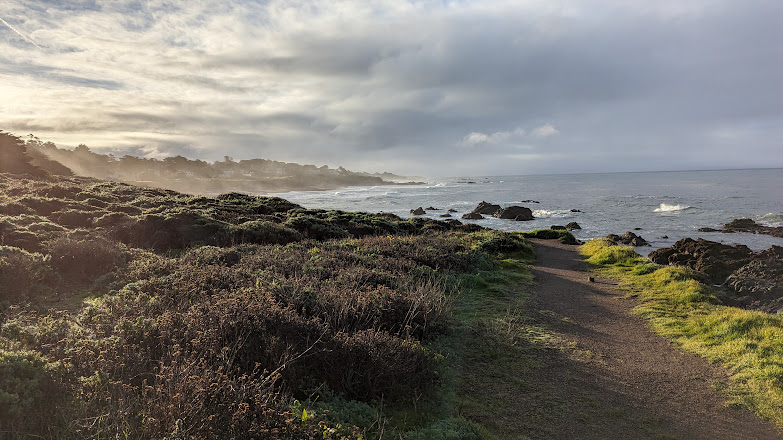
Cambria is an outstanding base to experience not only its own charms, but to explore Hearst Castle, San Simeon, the Piedras Blancas Elephant Seal Rookery, and even driving north on the Pacific Highway, to Ragged Point, just at the southern end of Big Sur where you can get those dramatic sheer-cliff/crashing waves against the rocky shore views.
Castle Inn, which I found on hotels.com, is a delightful motel that is absolutely perfect for our purpose – the room is spacious and has a beachy (ocean) feel; the motel serves coffee, scones, apples, muffins, oatmeal for breakfast. Later, we will take advantage of its pool and hot tub under the stars, and is so close by to all the things we want to explore – especially having the Moonstone Beach and boardwalk just across the road. (6620 Moonstone Beach Dr, Cambria, CA 93428, 805-927-8605, castle-inn-cambria.hotelsone.com)
We grab coffee and muffins and immediately head out to Hearst Castle just eight minutes up the coastal road from Cambria in San Simeon.
We have to be at the Hearst Castle’s visitor center by 8:40 am for our pre-booked 9 am Grand Rooms tour – the most popular of a selection of tours you can take and the best if you have never visited before (others include “Hearst and Hollywood” “Designing the Dream” “Art of San Simeon,” “Julia Morgan”, “Cottages & Kitchen tour” “Upstairs Suites Tour”, also accessible tours and private tours.)
We get our wristbands and go to “gate” for the bus that takes guests up to the mansion along the long winding road – just as William Randolph Hearst intended his visitors to experience his “Enchanted Hill.”
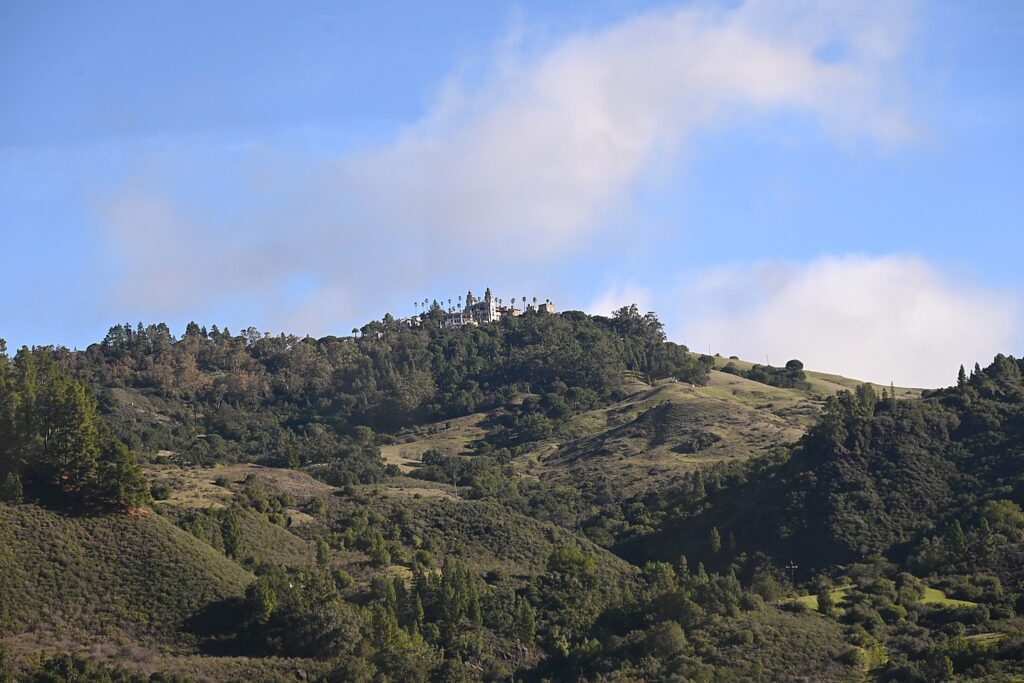
The tour starts immediately on the bus, with an excellent narration giving the background – history, architecture, biography – and pointing out the sights along the way, accompanied by music of the 1930s and 1940s.
Hearst Castle is so much more than a magnificent mansion home (one of the most spectacular in the world), even more than an architectural jewel and a breathtaking art collection. It is the story of a fascinating man (love him or hate him or something in between, you still have to give the man credit for what he accomplished) who you come to know because everything about Hearst Castle is so personal to him. It is the story of an age – the coming of age of America, the coming of age of Hollywood and ascendancy of American culture. Everything you see is mind-blowing and breath-taking. And this mansion (he called it his country home), which has come to be known as Hearst Castle, is his personal artistic creation – the architecture and the art collection.
The tour is extremely well organized – it manages to be efficient and yet personal (I’m betting the earlier you can visit the better) – you feel as so many of Hearst’s guests must have felt the first time they were invited.
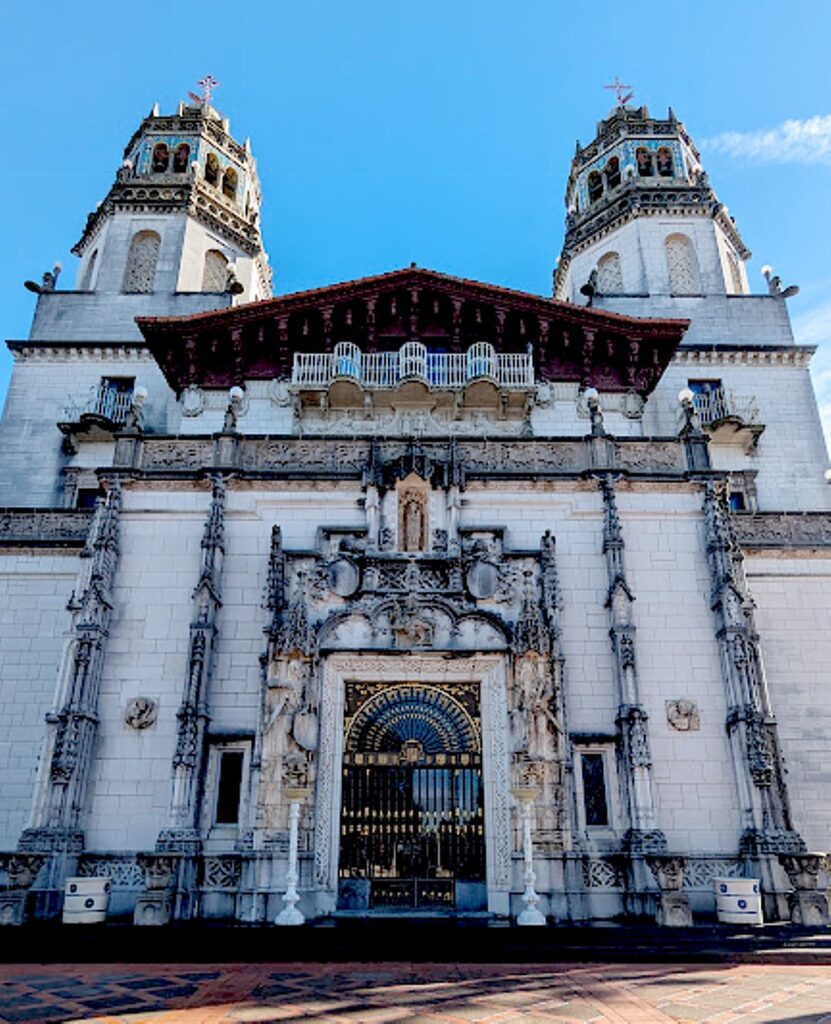
You realize that even if you think you know who Hearst was (and so many imagine Hearst to be the character of “Citizen Kane” but he is only a piece of that fictional character, and Marion Davies, his companion, was a smart, savvy and accomplished woman and quite a fine actress, not at all like the character of Kane’s), you come away with newfound respect and interest – in fact, as compelling a real-life story as the fictional Citizen Kane. (“Citizen Kane” screenwriter Herman J. Mankiewicz was one of Hearst’s guests here.)
You also come to learn – and admire – Hearst’s architect for his castle: Julia Morgan was one of the first female engineering majors at the University of California, Berkeley, the first woman to pass the entrance exam in architecture and graduate the École Nationale Supérieure des Beaux-Arts, Paris – the preeminent architectural school of the time – and was the first licensed woman architect in California. (In 2014, Morgan was posthumously awarded the American Institute of Architects’ Gold Medal in recognition of her pioneering career and dynamic buildings, the first woman to be awarded the medal in its 107-year history, https://pioneeringwomen.bwaf.org/julia-morgan/)
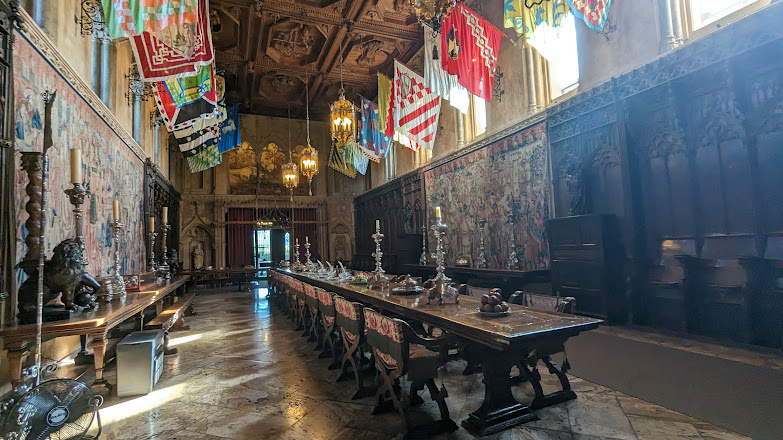
Hearst was inspired to build his castle and collect art when he took the grand tour of Europe when 10 with his mother. And his mother, Phoebe Apperson Hearst. a philanthropist and advocate for women, introduced him to Julia Morgan. Phoebe began a lifelong interest in Morgan’s career when the two women’s paths crossed in Paris. The films and photos you get to see of Morgan, presiding over the dynamiting to level the summit and build the road, reviewing plans with Hearst, are fascinating.
Even though you are walking through the mansion with a tour group, you actually feel like you were one of Hearst’s guests arriving for the weekend – the home is set out as it would have been – most remarkably, in the grand dining room (it may well have inspired Harry Potter’s Hogwarts dining room, and interestingly, the banners on display refer to an Italian horserace), there are bottles of ketchup and mustard because Hearst himself, for all the spectacular grandeur of the art and architecture, wanted a homey feel to his country home.

The art is breathtaking – Hearst collected the pieces himself, and drawing from his European travels with his mother when he was 10 years old, are predominantly Gothic and medieval – a lot of religious art which Hearst appreciated for the art and the period, not the religious significance, the guide tells me.
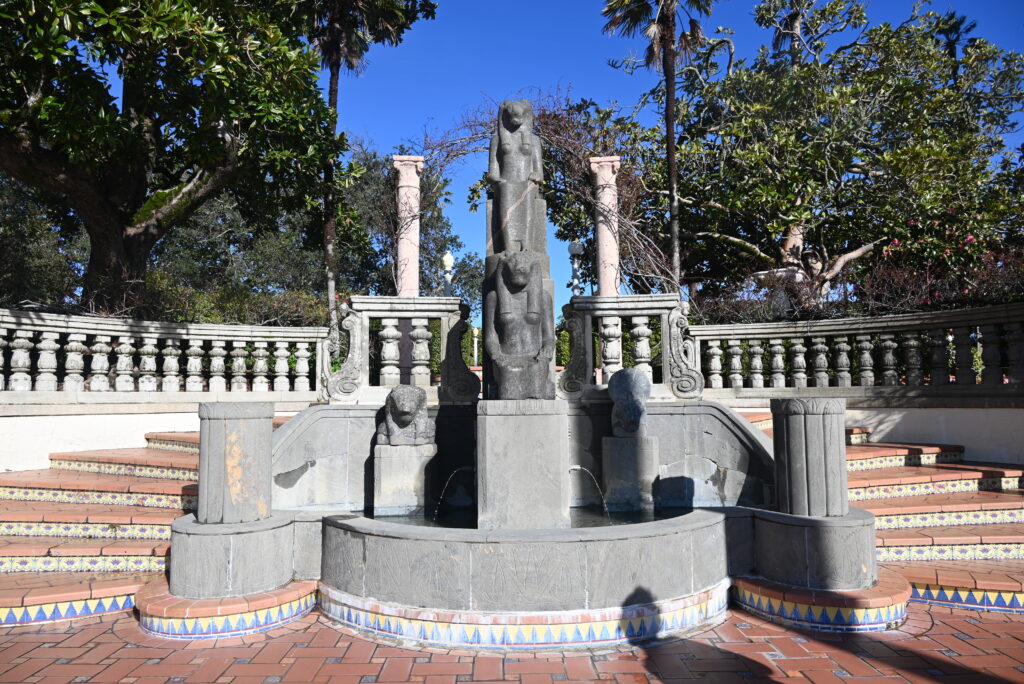
At the entrance to the Casa Grande – the 68,300 sq ft grand house – we stop in front of the oldest work of art here, an Egyptian statue, 3200-3600 years old of Sekmet, daughter of Ra –with a hieroglyph that translates “Good God, Lord of Two Lands.” The entrance to Casa Grande – has real gold gilding on the door, 1500-year old mosaic tiles, a 600 year old statue.
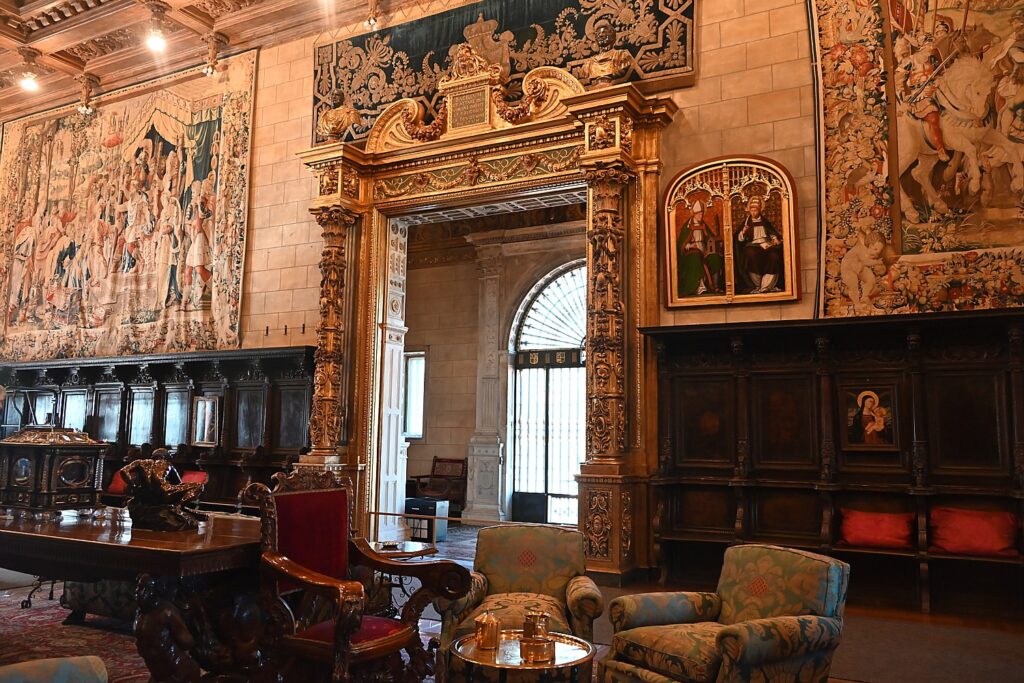
We are ushered into the grand Assembly Room – 15th century church pews, tapestries, line the wall, and the Venus Italica, one of Hearst Castle’s greatest masterpieces, created by Antonio Canova (1757-1822).
In 1935 his collections were valued at more than $20 million (in the height of the Great Depression!), but then he fell into near bankruptcy, and at the age of 75, and had to sell off two-thirds of his collection, estimated at $15 million, at “fire sale” prices. (Marion Davies, by then extremely wealthy in her own right with movies and real estate investments in places like Palm Springs, lent him $1 million so he could keep Hearst Castle; when she died, her estate was worth $8 million; when he died, she gave the Hearst Company shares he left her back to his family and they promptly kicked her out and refused to let her come to his funeral.)
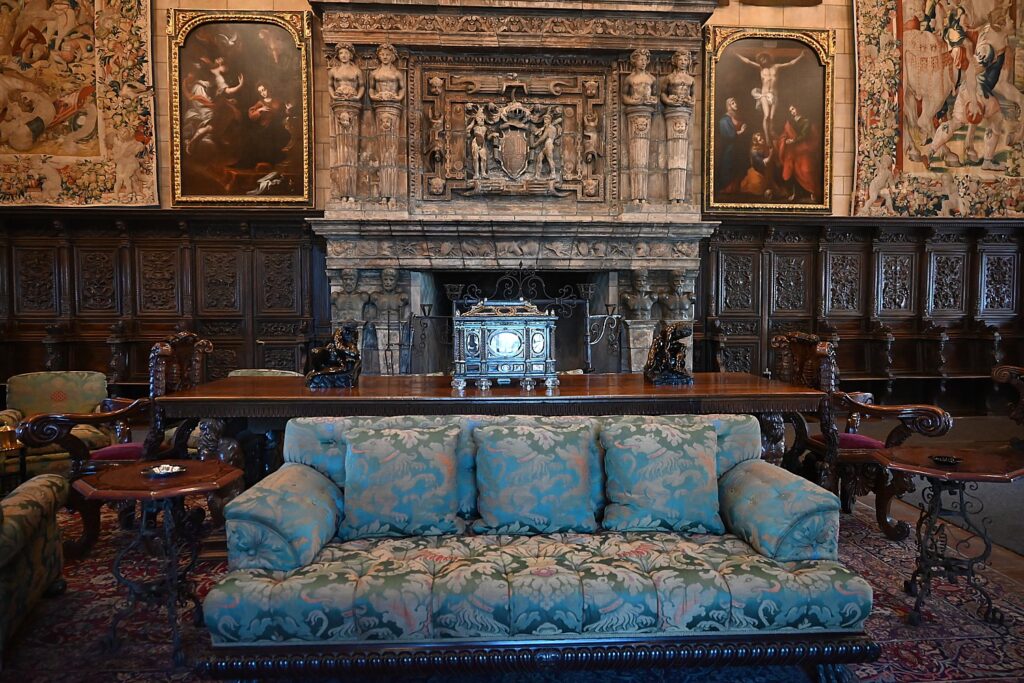
You can easily picture who Hearst, Davies and Morgan were, and the glorious celebrity life they lived because there are home movies, photos!. It is thrilling to sit in Hearst’s own theater and watch Charlie Chaplin mug for the camera. (Definitely take advantage of the outstanding 40-minute documentary about Hearst’s life in the five-story theater before or after the tour.)
In many ways, William followed in his father’s footsteps.
George was a self-made millionaire, starting as a prospector – he owned interest in three of the largest mines in the U.S., including the Comstock Lode in Nevada, the Homestake gold mine in South Dakota and the Anaconda copper mine in Montana, plus the Ontario silver mine in Utah, then acquired large portions of land throughout the United States, especially in California and the West. One acquisition was 48,000 acre Piedra Blanca Rancho at San Simeon in 1865, when William was two-years old. He later purchased the adjoining Santa Rosa and San Simeon Ranchos – amassing 250,000 acres. This place became a retreat for lavish family camping trips.
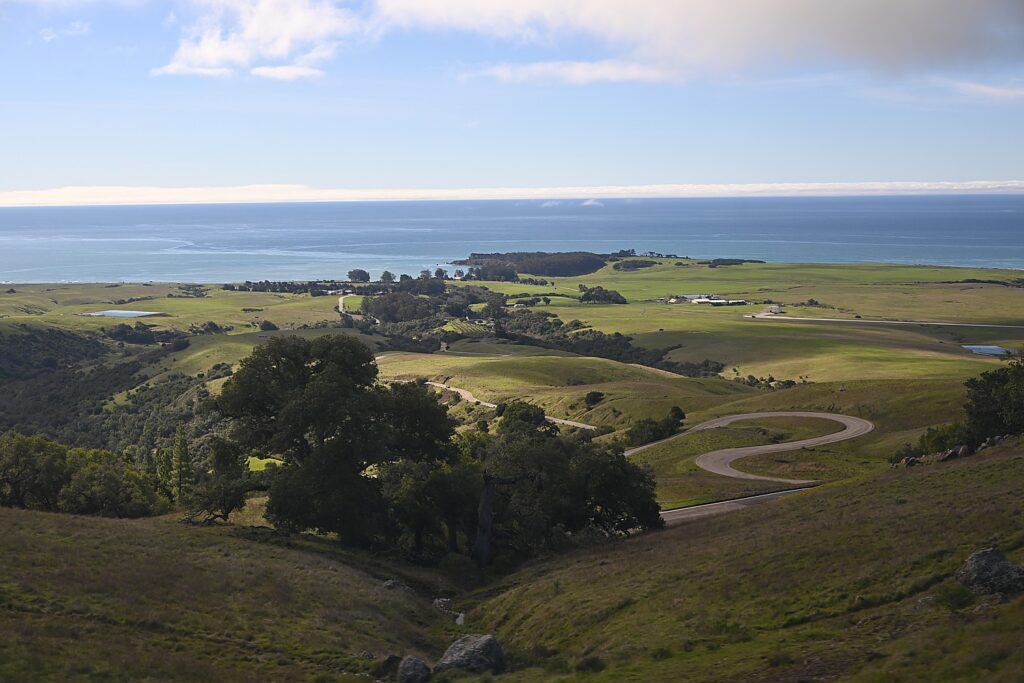
Late in his life George Hearst served as United States Senator from California from 1887 until his death in 1891. It was during this time that he acquired the small San Francisco Examiner as a repayment for a gambling debt. Although he had little interest in the publishing business and wanted his only son, William, to take over the family’s mining and ranching holdings, William wanted to run the newspaper.
The newspaper business was William’s passion, and he ultimately amassed a huge publishing empire, and even when he was living at this remote castle in San Simeon, he would get the pages each night by teletype by 1 am, and make editorial changes by phone, well into the night.
William Hearst is probably best known for “yellow journalism” which pressured President McKinley into the Spanish-American War (that also made Theodore Roosevelt’s reputation with his Rough Riders.
And following in his father’s footsteps, he was elected to Congress but unsuccessfully ran for Governor and for President.
In 1919 when he inherited the estate, William Hearst, then 56 years old, hired architect Julia Morgan telling her, ““Miss Morgan, we are tired of camping out in the open at the ranch in San Simeon and I would like to build a little something.”
For the next 28 years, the project that we know as Hearst Castle became his life’s work, his creation and hers and unbelievably, was never actually finished, even though the mansion and villas now comprise 165 rooms atop the 1600 ft. high summit of a hill. Hearst, they say, was never as happy as when he was on his “Enchanted Hill.”
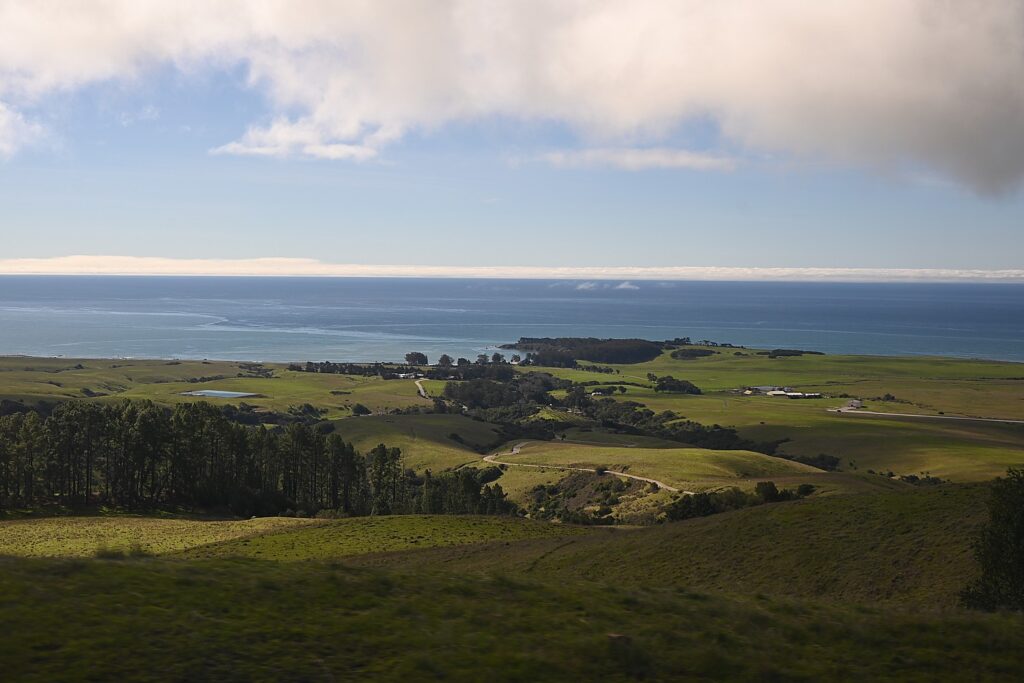
From the bus, we look out over the vast lands where Hearst had assembled exotic animals from around the world, ultimately creating the largest private zoo in America – you would have seen African and Asian antelope, zebras, giraffes, camels, sambar deer from India, red deer from Europe, axis deer from Asia, llamas, kangaroos, ostriches, emus, Barbary sheep, Alaskan big horned sheep, musk oxen and yaks. Though most of the animals were removed by 1937 (when Hearst was near bankrupt during the Great Depression), some that remain are descendents of the original herds, like the Oudads, and get still have 200 head of cattle on the ranch.
We drive the winding road that Julia Morgan designed so that the castle appears, disappears and reappears as you drive around the bends, climbing higher and higher to the hilltop.
Hearst’s guests would have come by private train, but some of Hearst’s guests – like the Vanderbilts, who flew in on a private plane in 1935 to an airstrip below, then would have been driven up these roads.
Hearst created a mile-long pergola of fruit trees, and would ride on horseback through the canopy, “the longest pergola in captivity” Morgan would joke. The fruit trees including oranges and pomegranates, yield 2000 lbs of citrus that are donated to local food bank.
All the food the castle used was produced on site; water was piped in, so the castle was completely self-sufficient.
As we get off the bus, our guide, Gregory Anderson, encourages us to take photos as we see them, because the tour goes in one direction But to a really excellent degree, what we see is what it would have been like to visit in Hearst’s time.

We stop in front of the first villa, Casa del Sol, “medium sized” at 3600 sq ft., built for a sunset view, Bob and Delores Hope honeymooned here; Edward Hubble, who originated the Big Bang Theory, stayed here; Actor Cary Grant requested a different room every time stayed (came 40 times)
We come to the 2500 sq. ft Casa del Mar cottage, where David Niven (“The Pink Panther) and Winston Churchill stayed (in 1929). Up until 1976, this was the villa that Hearst family members would stay. (William had five sons between 1904-1918, and there are some 70 descendents today and the family – the 20th wealthiest in the US – now when they come, they stay at the Senator’s House which the Hearst Corporation still owns).
King Vidor, Howard Hughes, Charlie Chaplin, buster Keaton, Jean Harlow, Carole Lombard, Harpo Marx, Joan Crawford, Greta Garbo were among the celebrities who came.
Hearst loved to take his guests on grueling horseback rides – delighted in seeing how silver screen cowboys would handle real horse.
Our guide tells us that Hearst Castle was Morgan’s 503rd of 700 projects and was one of the few architects who knew how to work with steel reinforced concrete (important for earthquakes).
Notably, she designed a new Fairmont Hotel in San Francisco, still an architectural jewel, which opened within a year after the 1906 earthquake, and propelled her career and her own practice.
Morgan had already designed the block-long Spanish Mission Revival Hearst Examiner Building (1913–15) in Los Angeles. In 1919, following his mother’s death, Hearst inherited the full Hearst estate and decided to build a “modest bungalow” on the hilltop of the ranch at San Simeon – which evolved into the castle.
I find it interesting that Morgan negotiated her commission from 6 percent for architectural services to 8.5 percent to cover the costs of “running the job.” She was providing what today would be called “design-build” services and was responsible for managing workmen, artisans, material suppliers, and warehouses of artifacts – it is fascinating to see the “home videos” of her directing the workers.
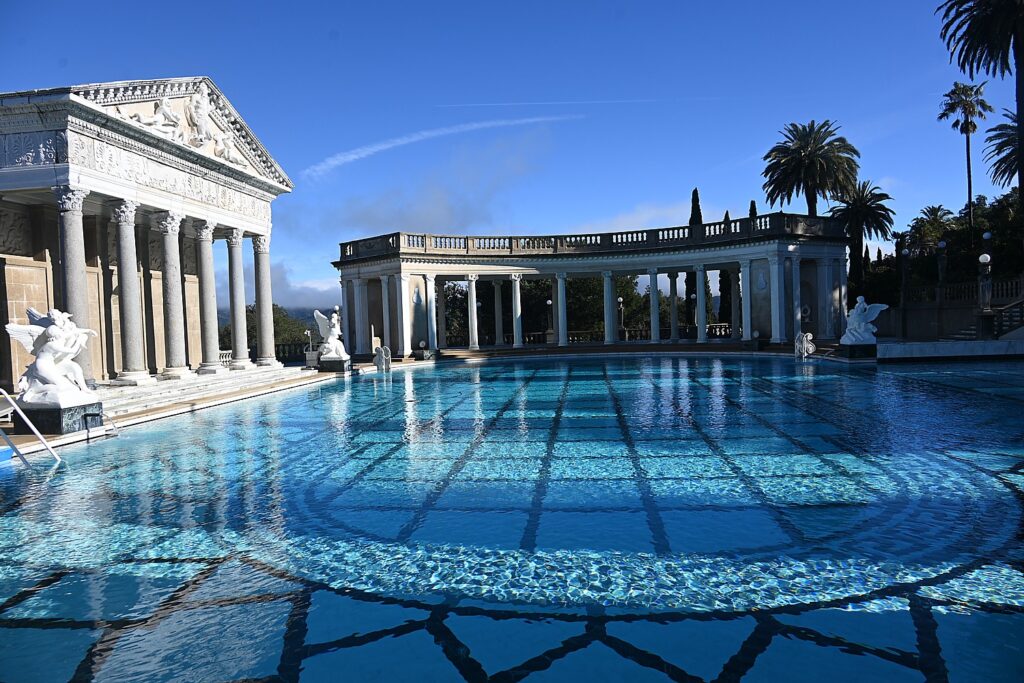
The most spellbinding features of the estate are the two pools – the Neptune Pool which has Grecian feel, is actually the third incarnation: 104 feet long, 58 feet wide and 95 feet wide at the alcove. It is 3.5 feet deep at the west end, 10 feet at the drains, and holds 345,000 gallons of water. Other notable aspects of the Neptune Pool include the oil-burning heating system, the Vermont marble that lines the basin, gutters, and alcove, and four Italian relief sculptures on the sides of the colonnades.
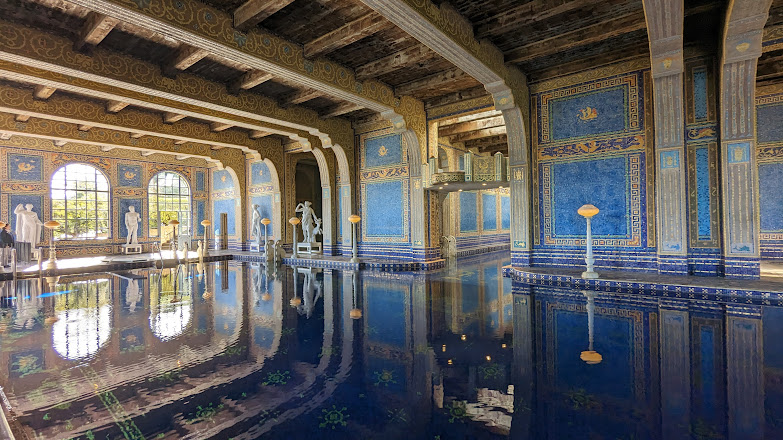
The indoor Roman Pool tiled indoor pool decorated with eight statues of Roman gods, goddesses and heroes. The pool appears to be styled after an ancient Roman bath such as the Baths of Caracalla in Rome c. 211-17 CE.
Be sure to make time to see the “Building the Dream” biopic in the 5 story theater (plays every 45 minutes) about William Randolph Hearst’s childhood, his travels to Europe, construction of the castle estate, and his architectural collaboration with Morgan. “They built castle but also created legacy.”
Hearst Castle, which first opened for tours in 1958 and gets 600,000-700,000 tourists/year (in the 1980s, its heyday, a million tourists would come each year), is now a California state park.
There are no individual visits to Hearst Castle – you must be registered for a tour. Ticket prices start at $30/adults, $15 children (5-12). (https://hearstcastle.org/tour-hearst-castle/daily-tours/). Reserve tickets online up to 60 days in advance; Reserve online (https://www.reservecalifornia.com/Web/Activities/HearstCastleTours.aspx)
Every year from the end of November through the end of December, Hearst Castle offers a “Holiday Twilight Tour” to experience the estate as Hearst’s guests enjoyed it during the 1920s and 1930s during the Christmas season.
Hearst Castle, 750 Hearst Castle Road, San Simeon, CA 93452-9741, 800-444-4445 (8 am-6 pm PT), hearstcastle.org.
More visitor information: visitcambriaca.com.
Next: Cambria is Great Base for Pacific Highway Roadtrip
_______________________
© 2024 Travel Features Syndicate, a division of Workstyles, Inc. All rights reserved. Visit goingplacesfarandnear.com and travelwritersmagazine.com/TravelFeaturesSyndicate/. Blogging at goingplacesnearandfar.wordpress.com and moralcompasstravel.info. Visit instagram.com/going_places_far_and_near and instagram.com/bigbackpacktraveler/ Send comments or questions to [email protected]. Tweet @TravelFeatures. ‘Like’ us at facebook.com/NewsPhotoFeatures

